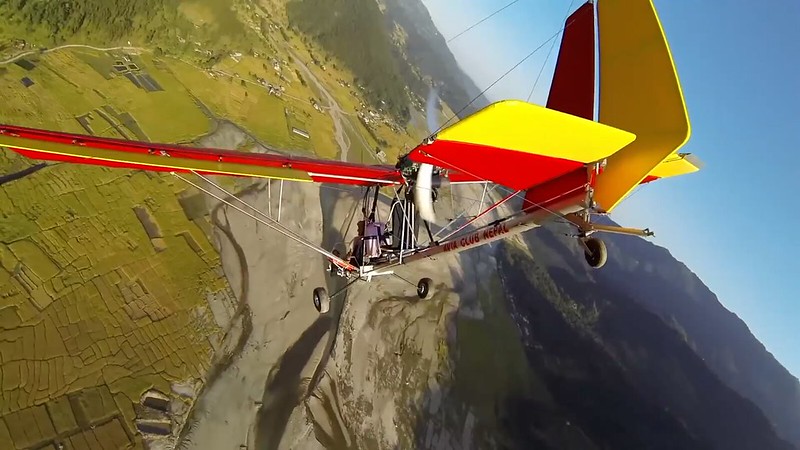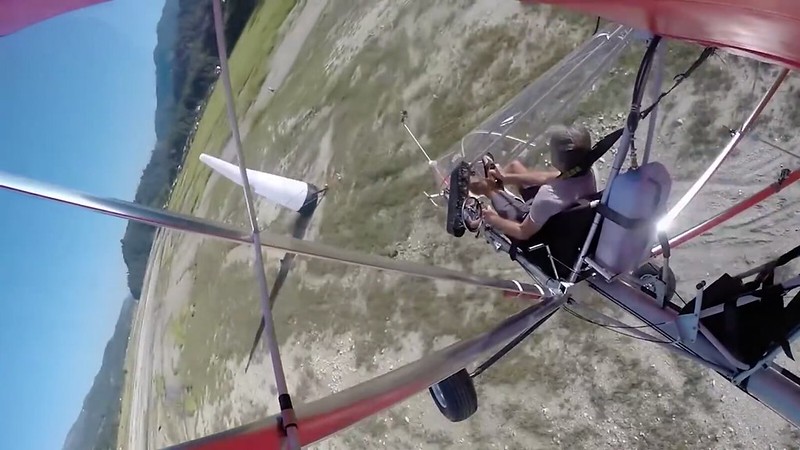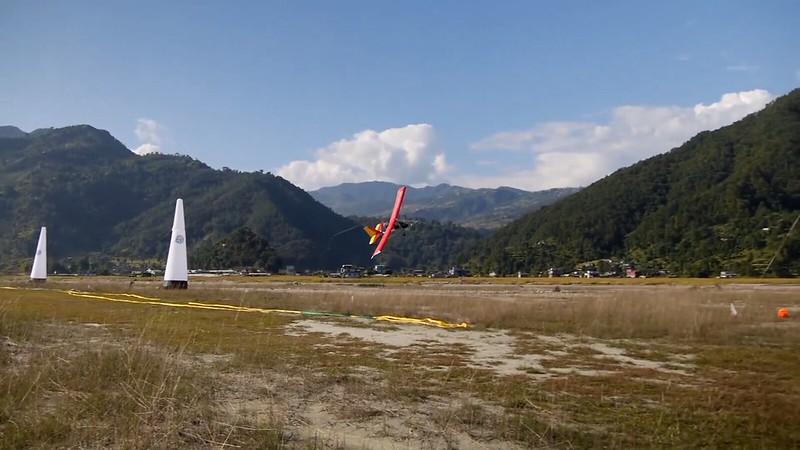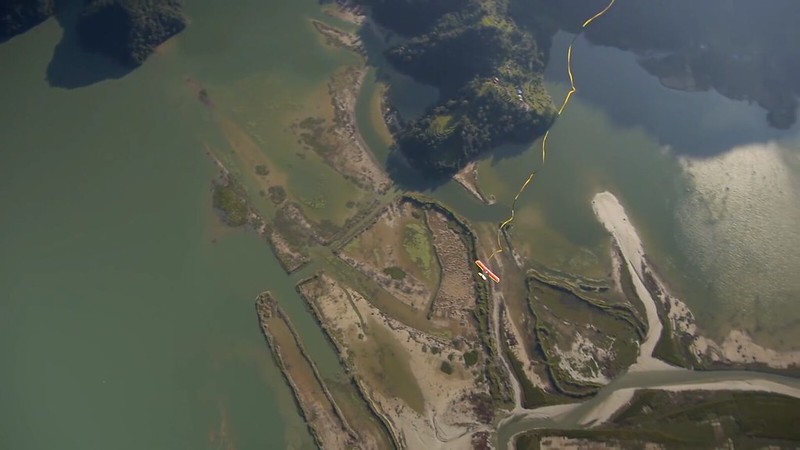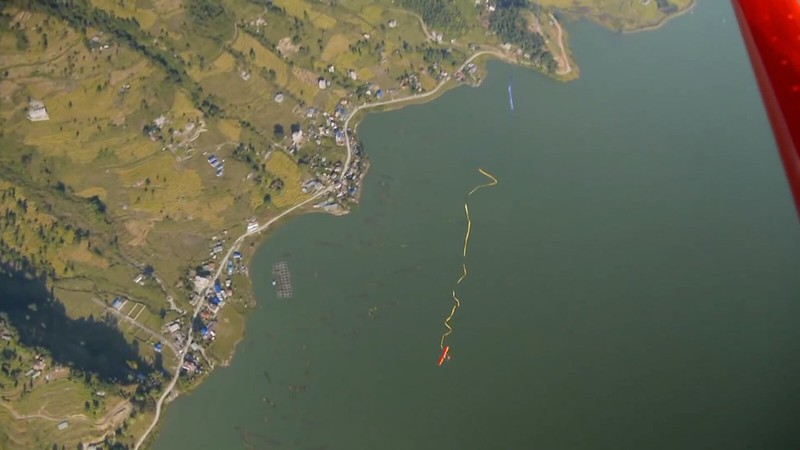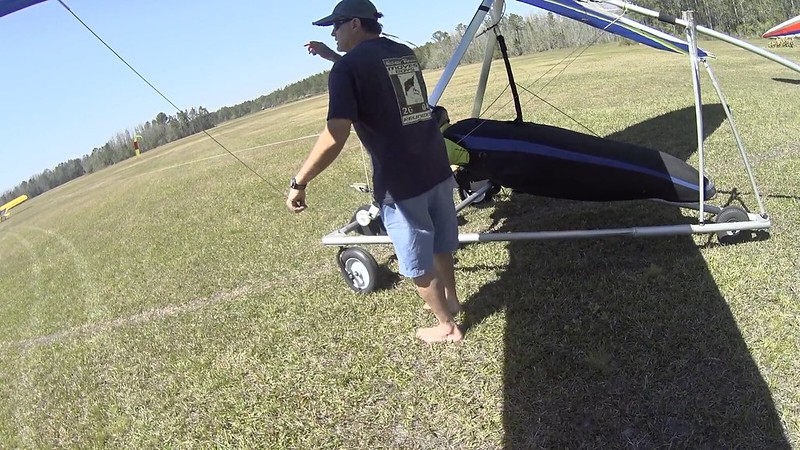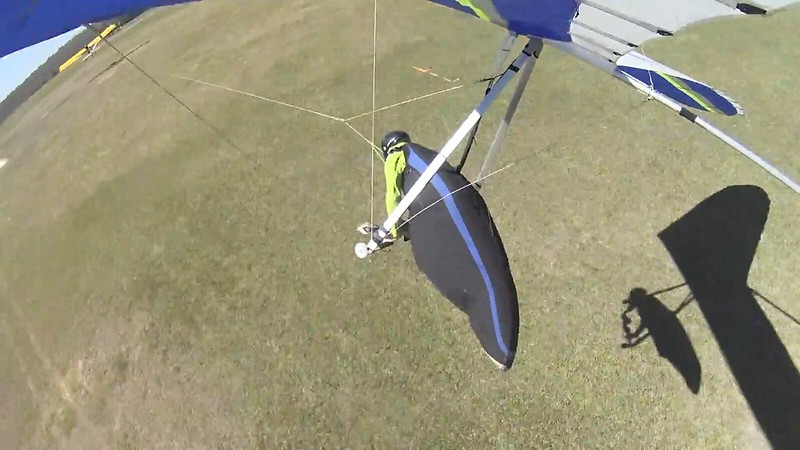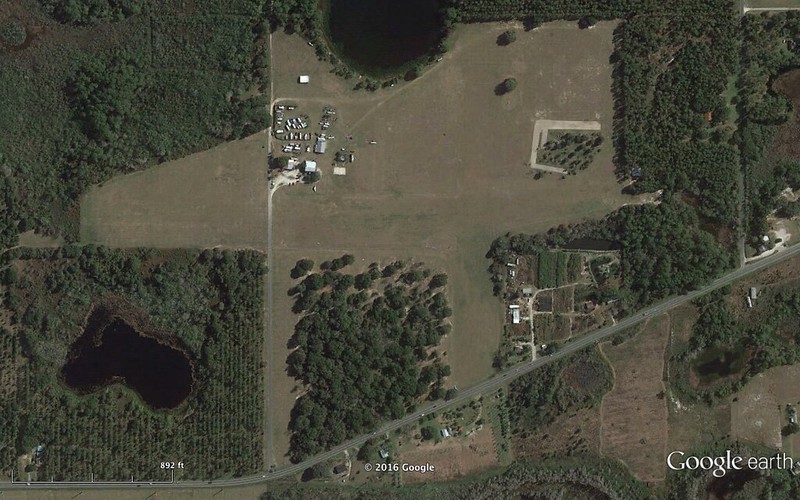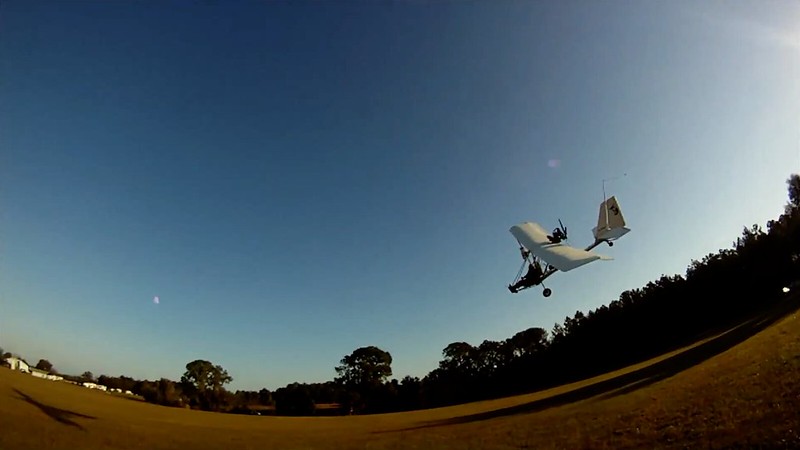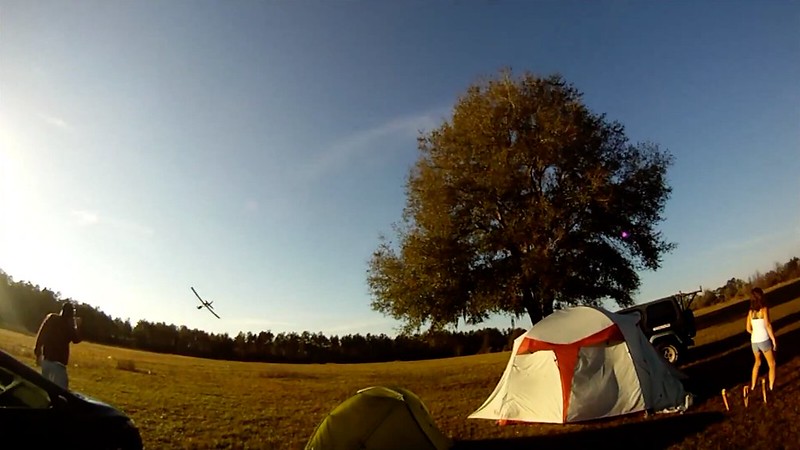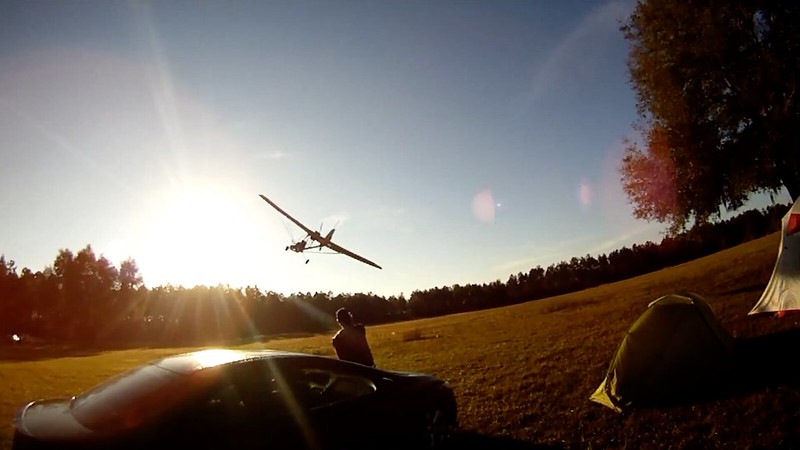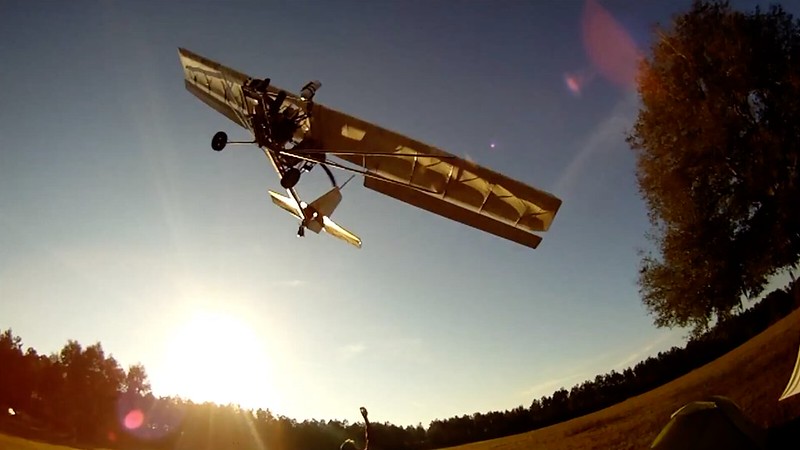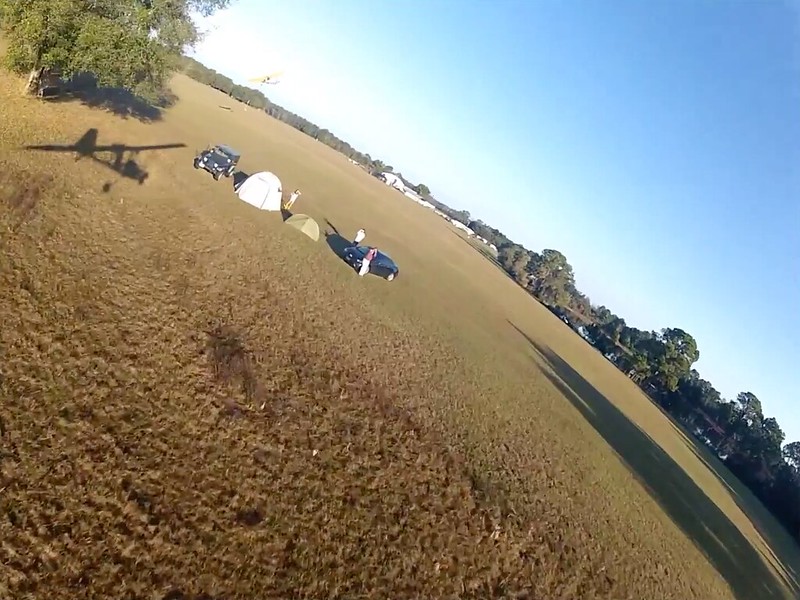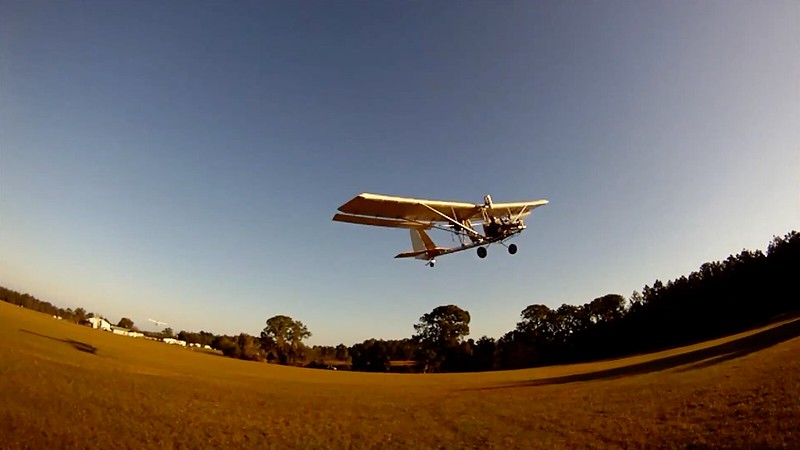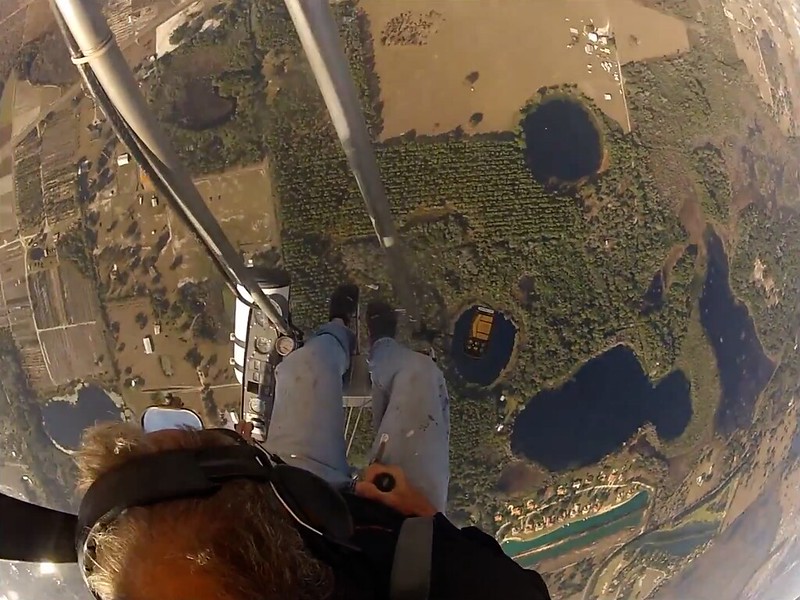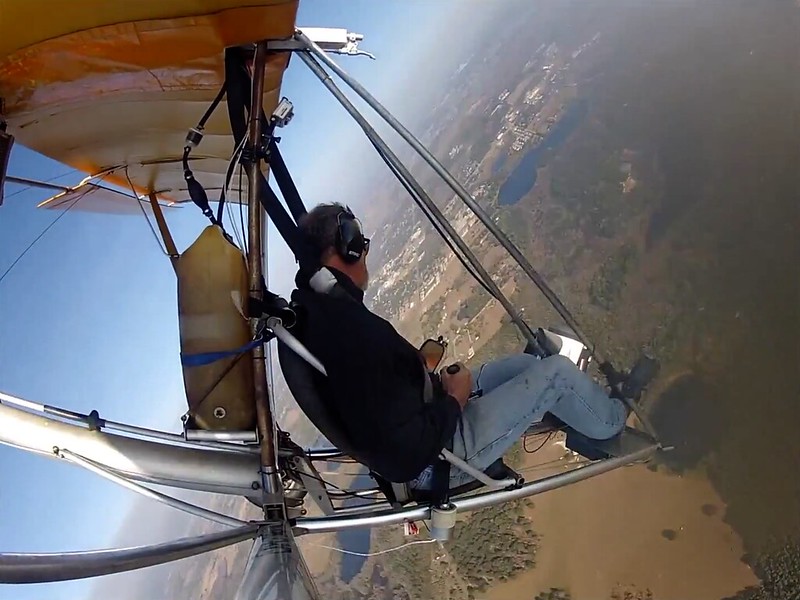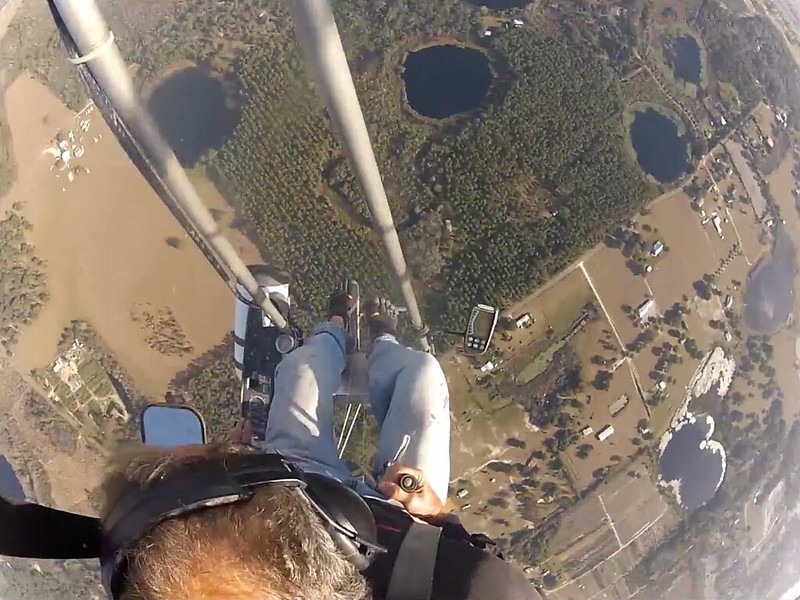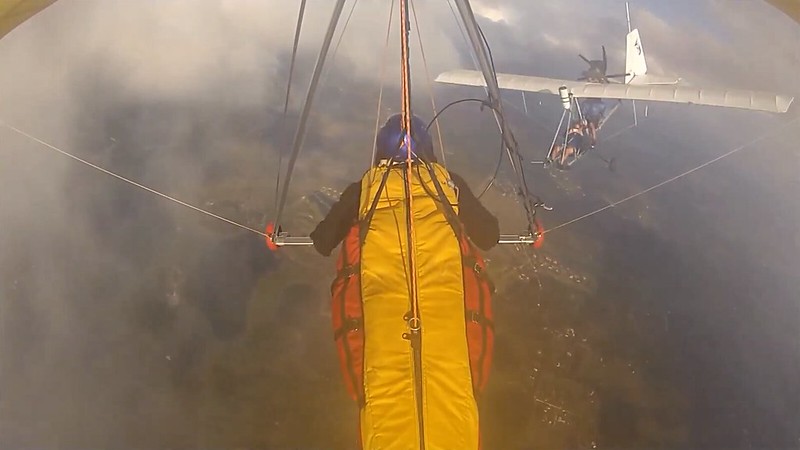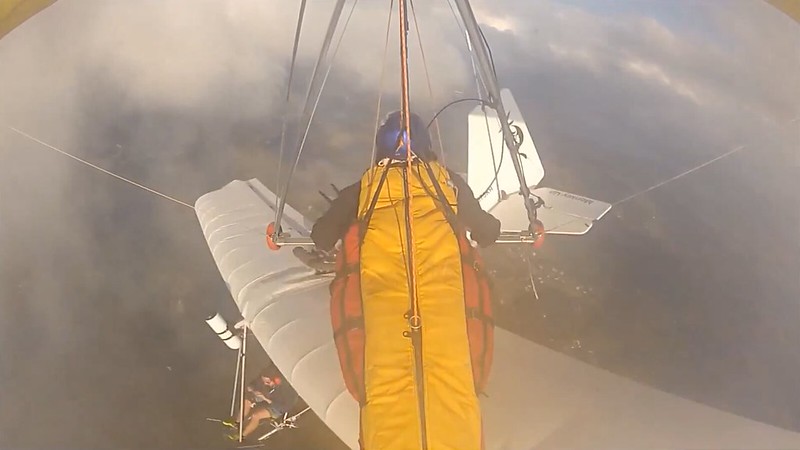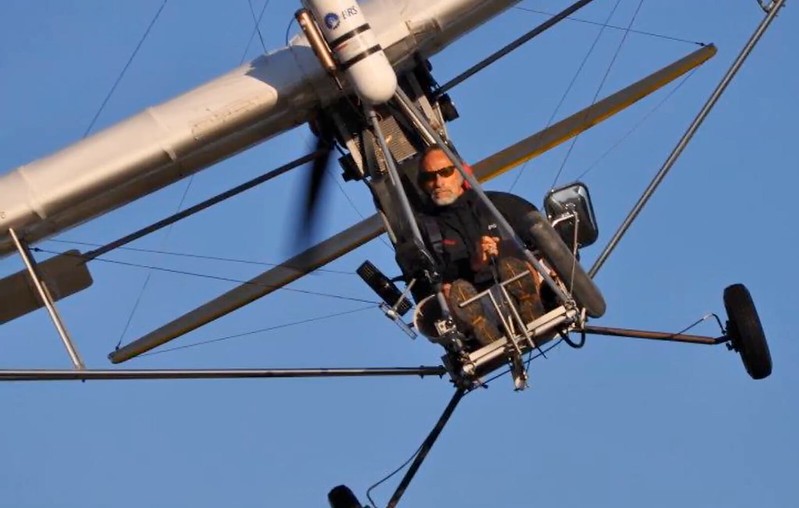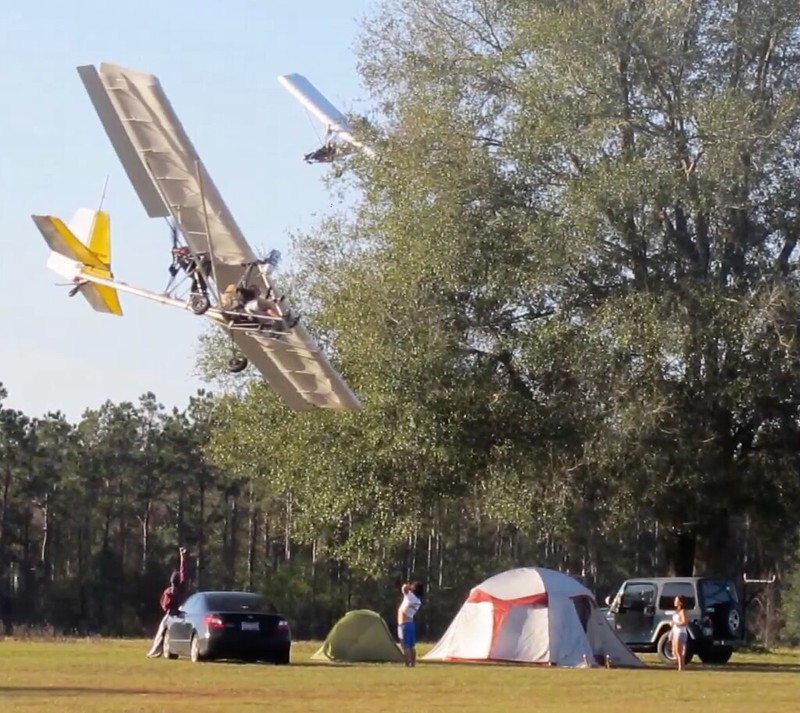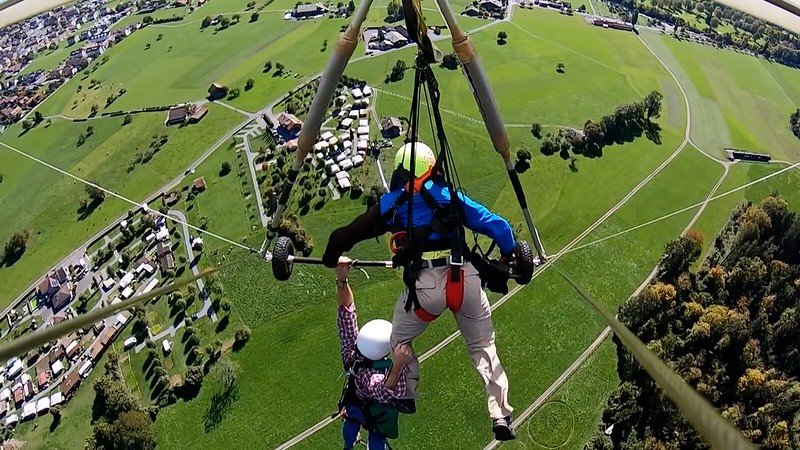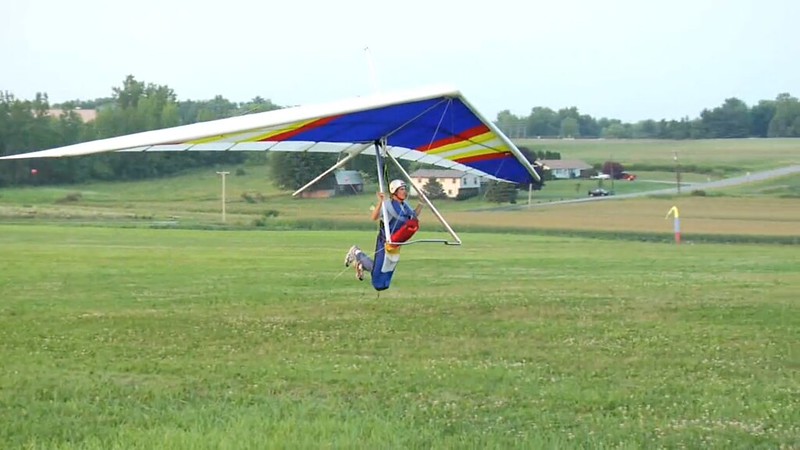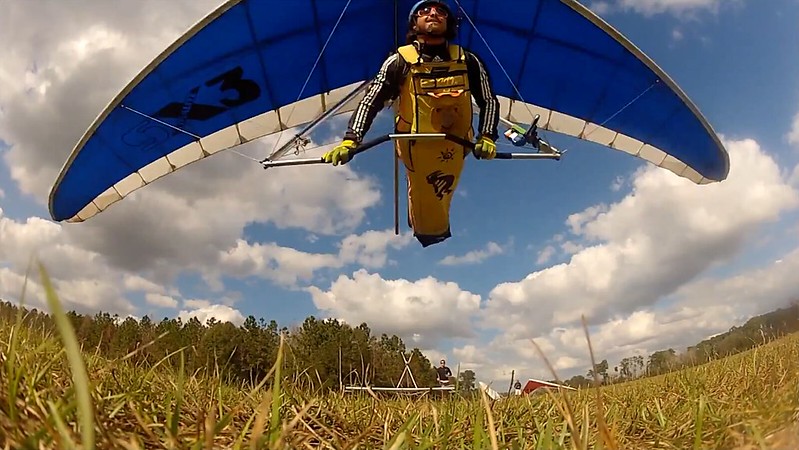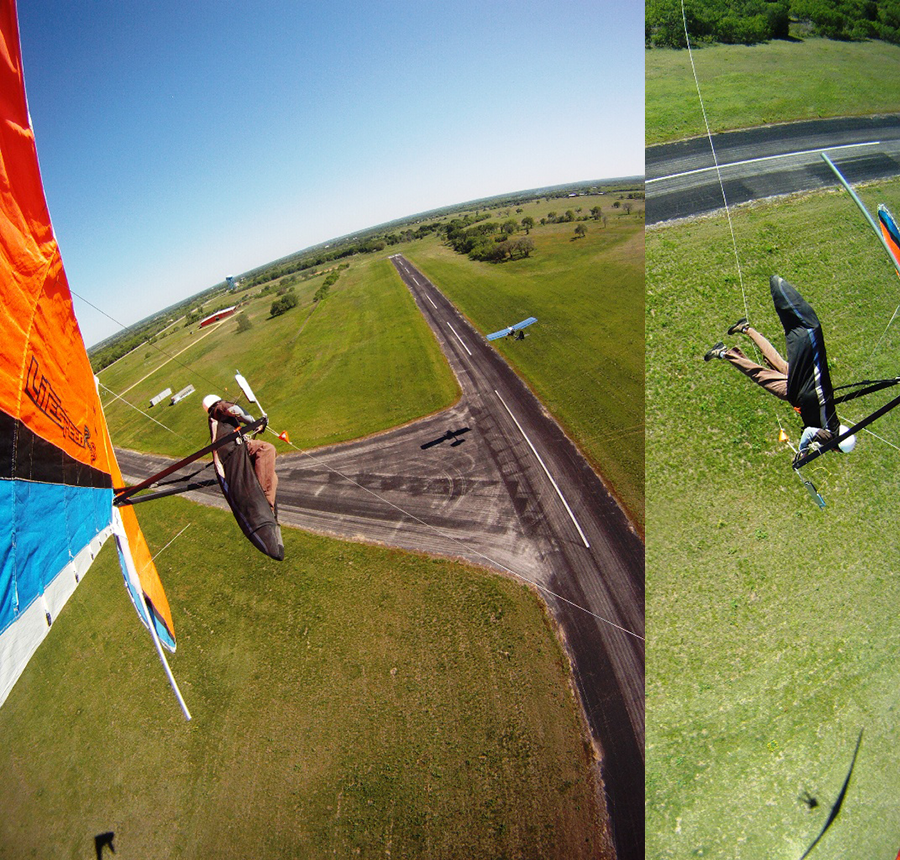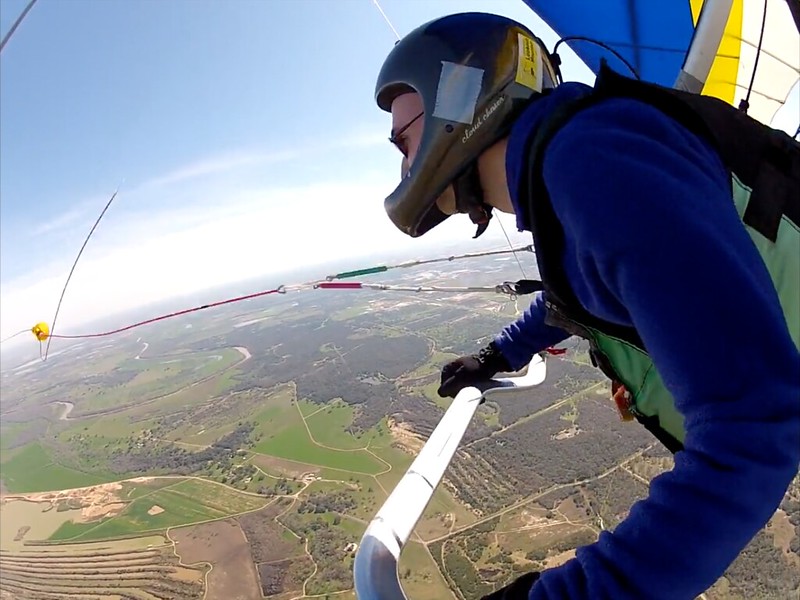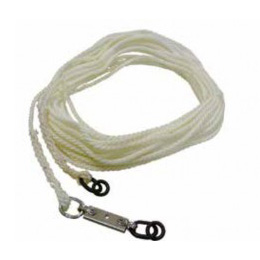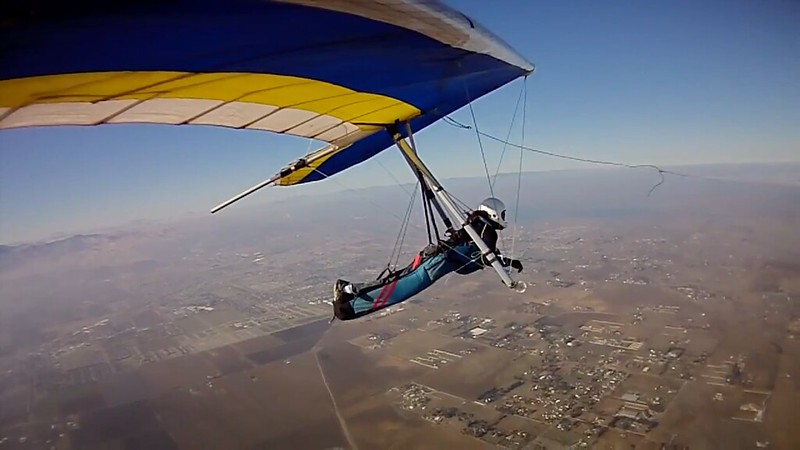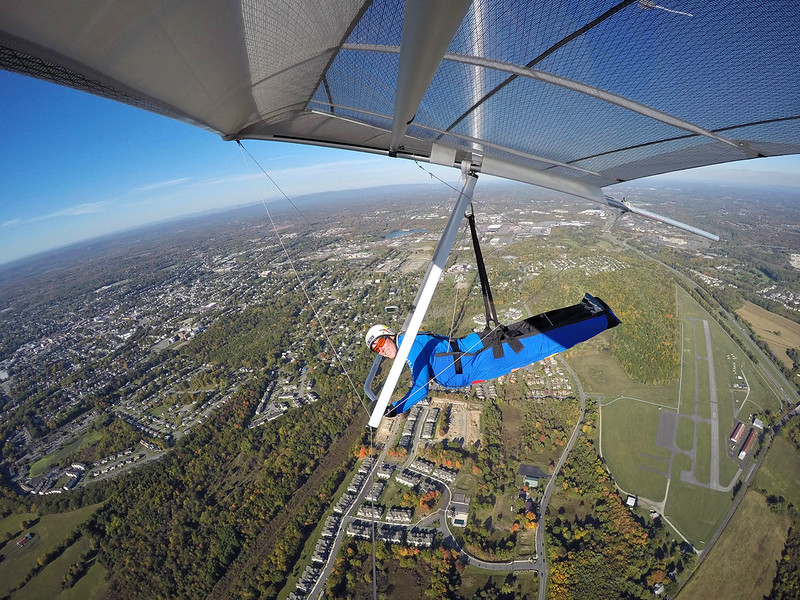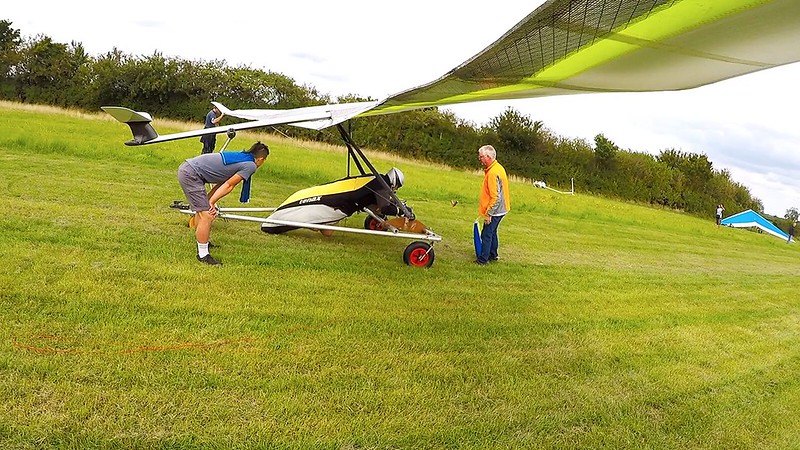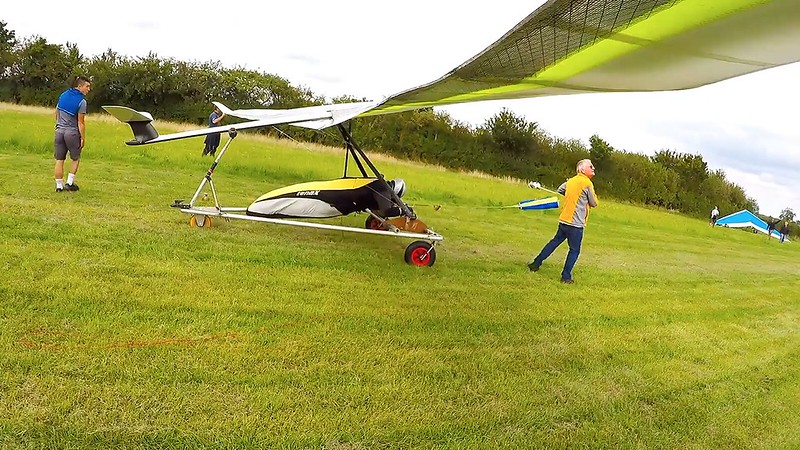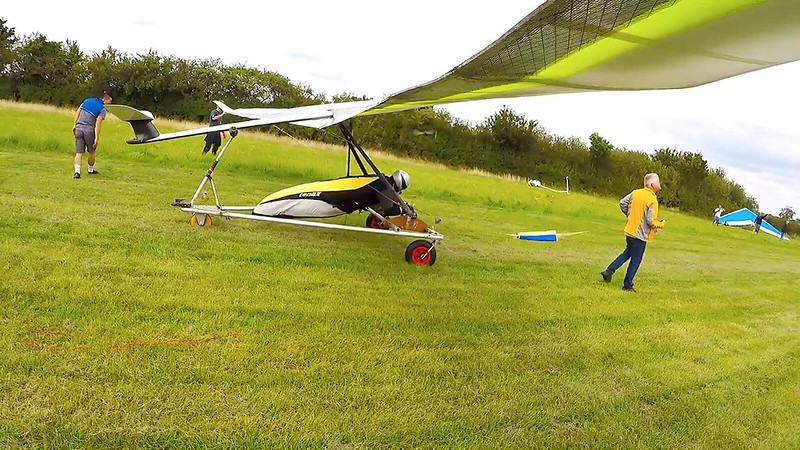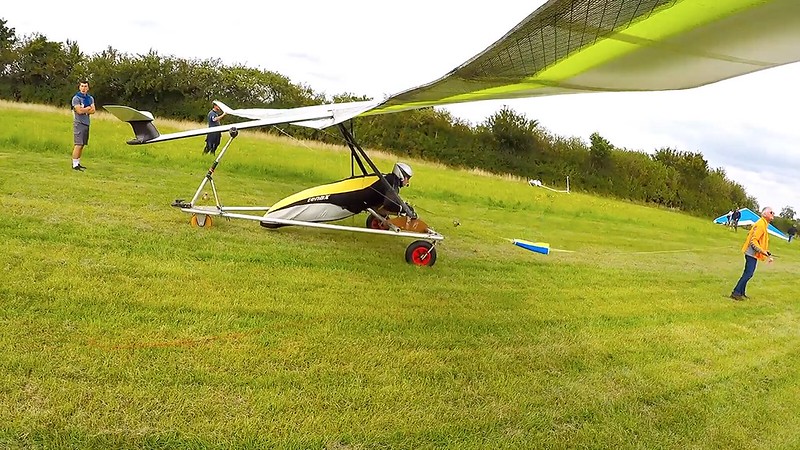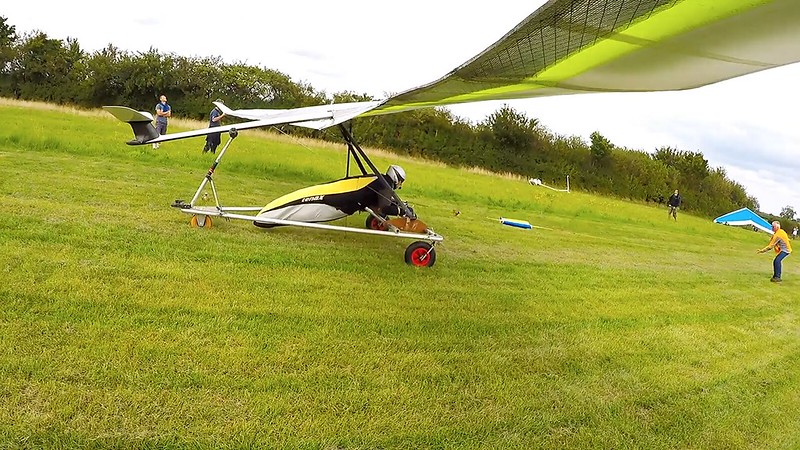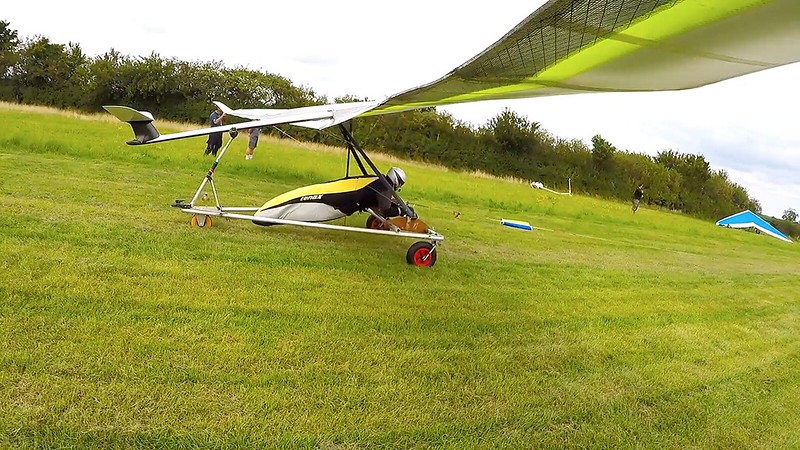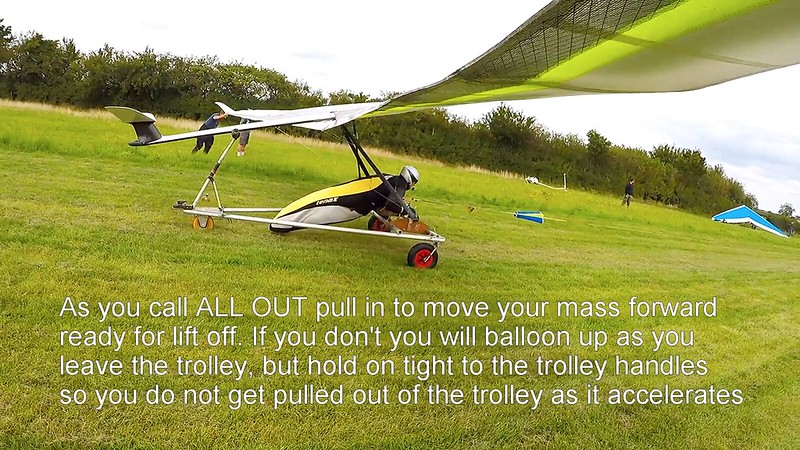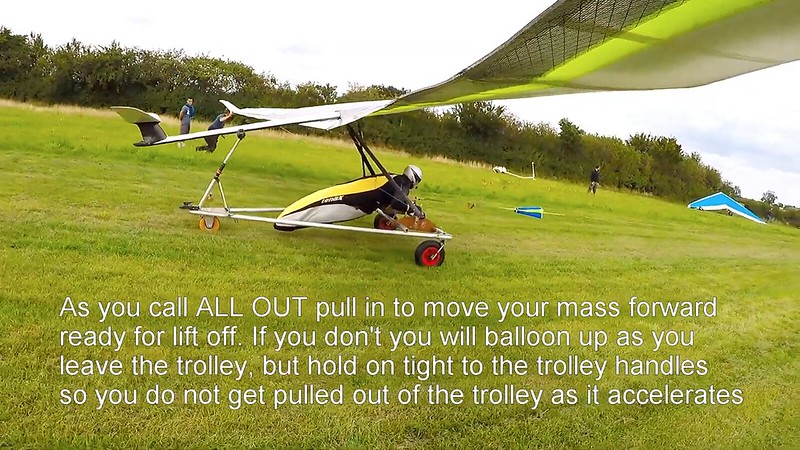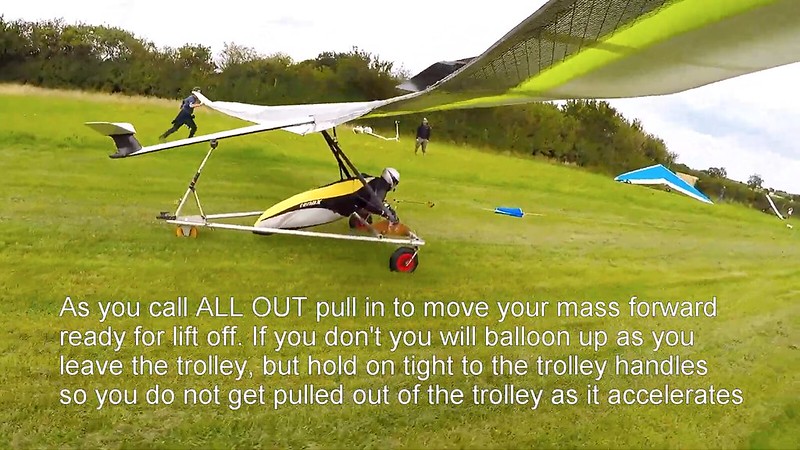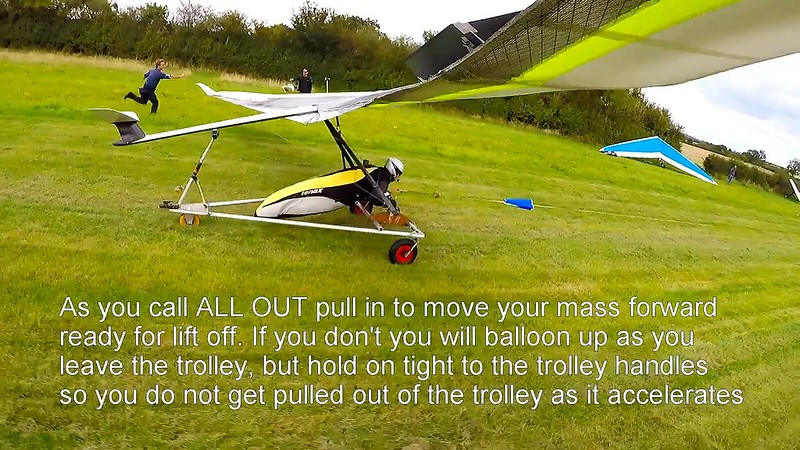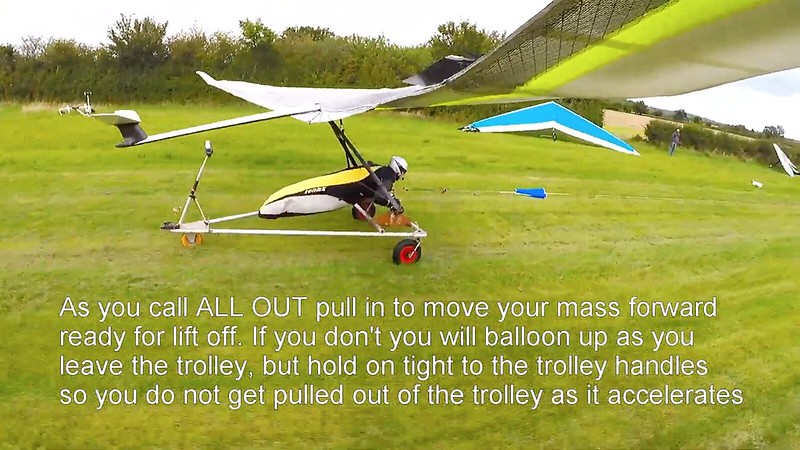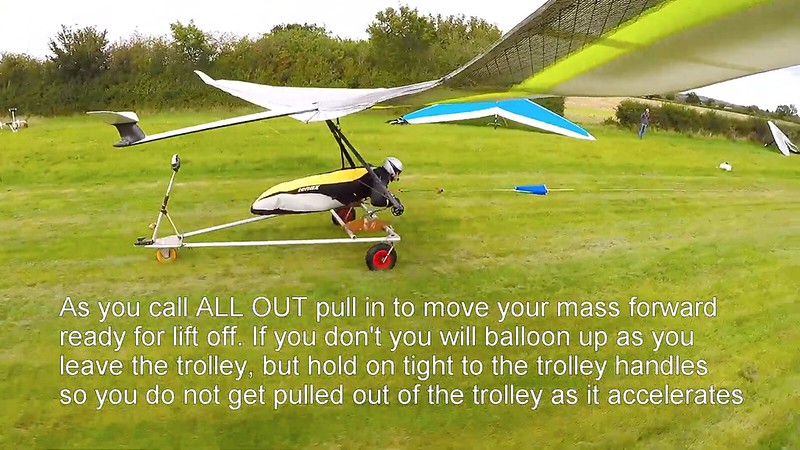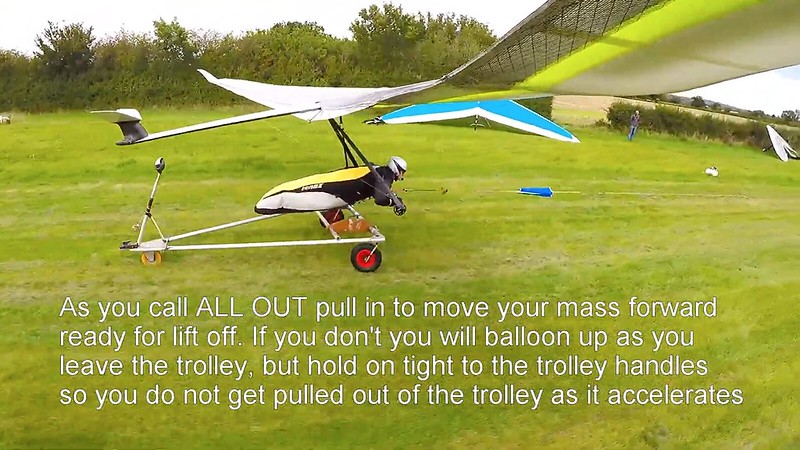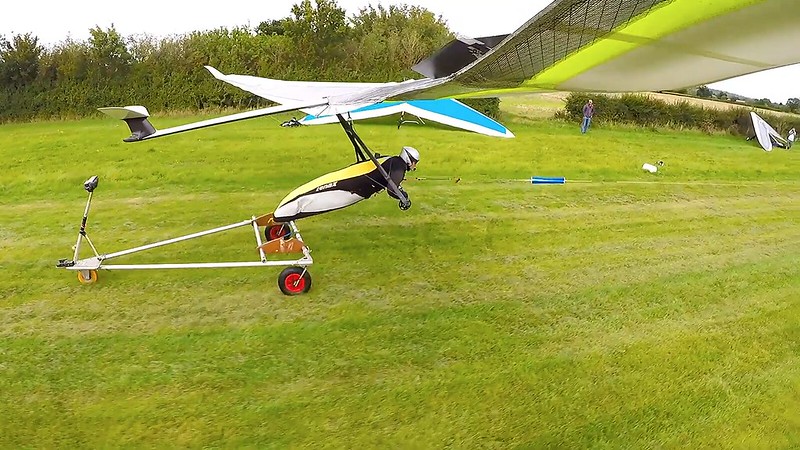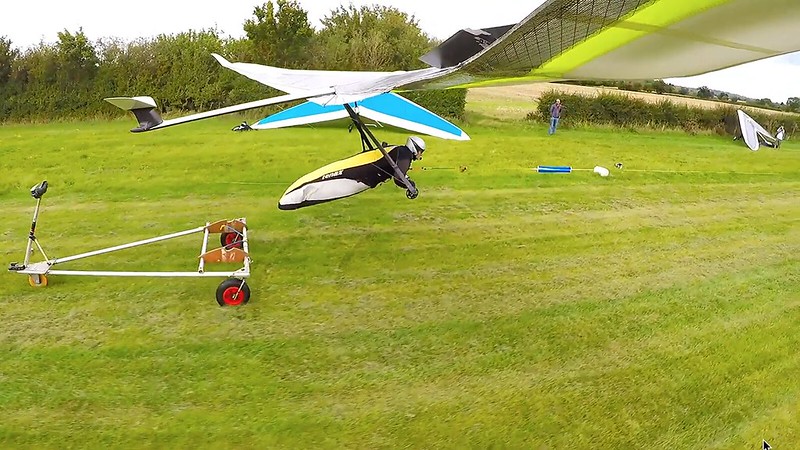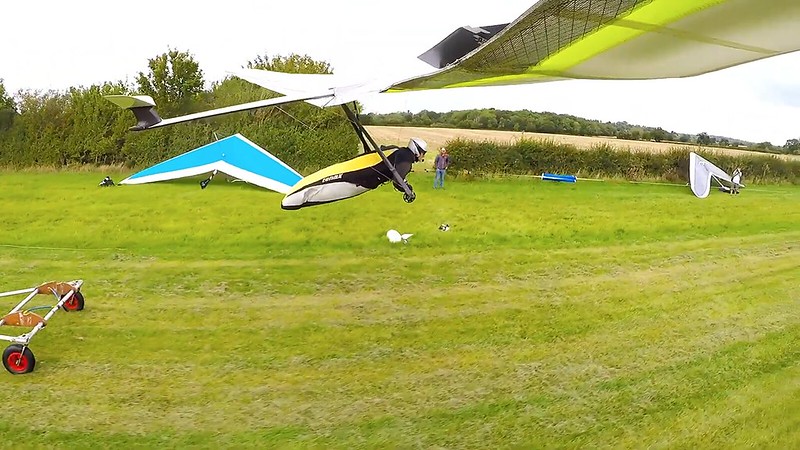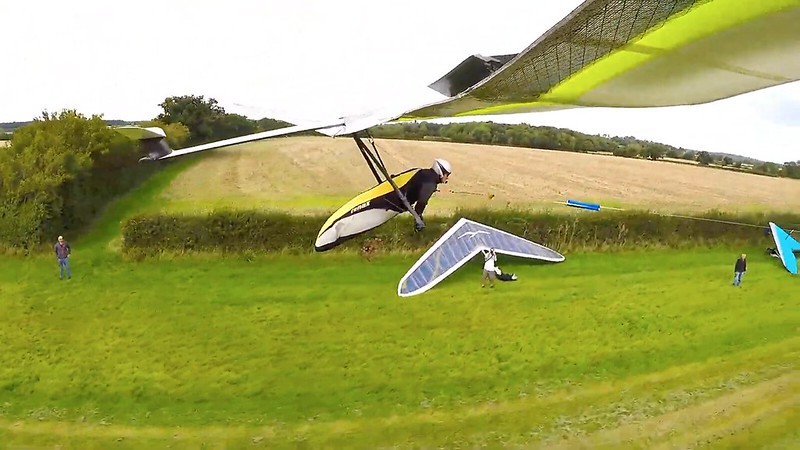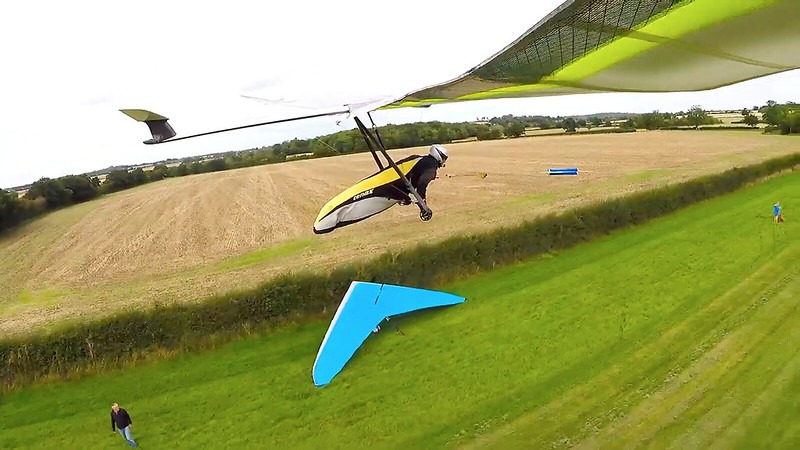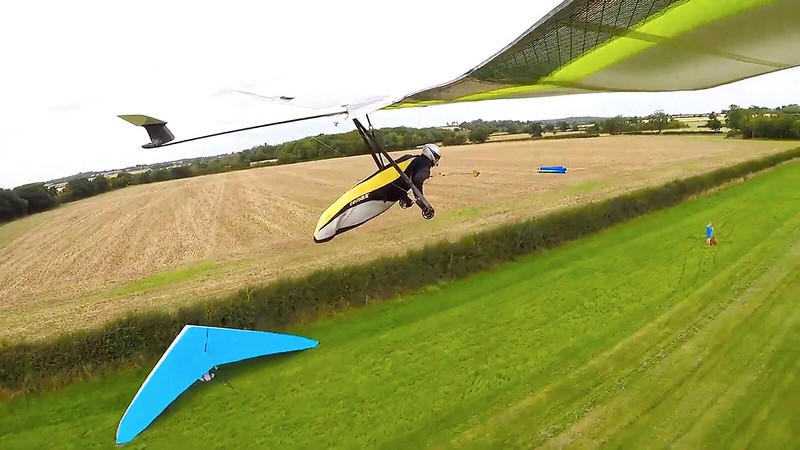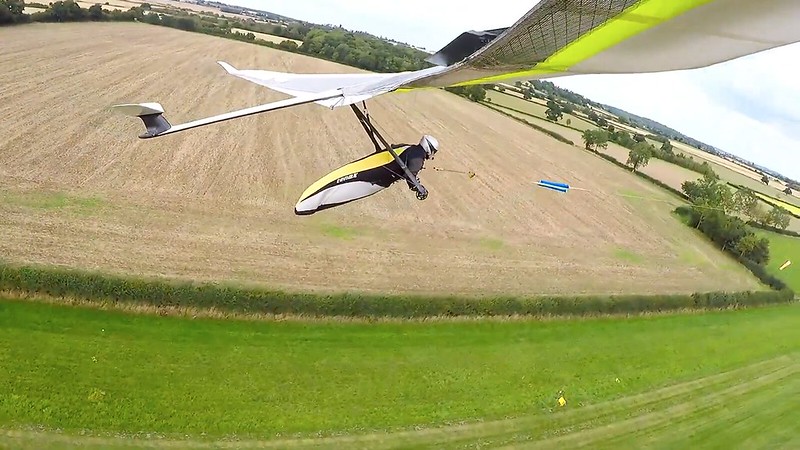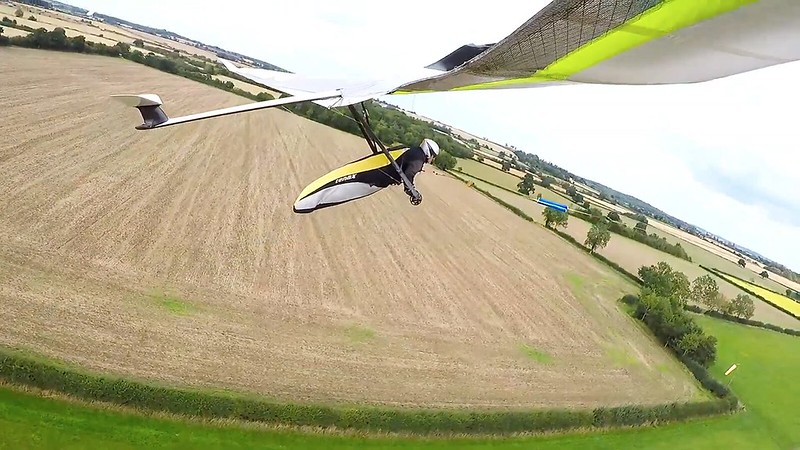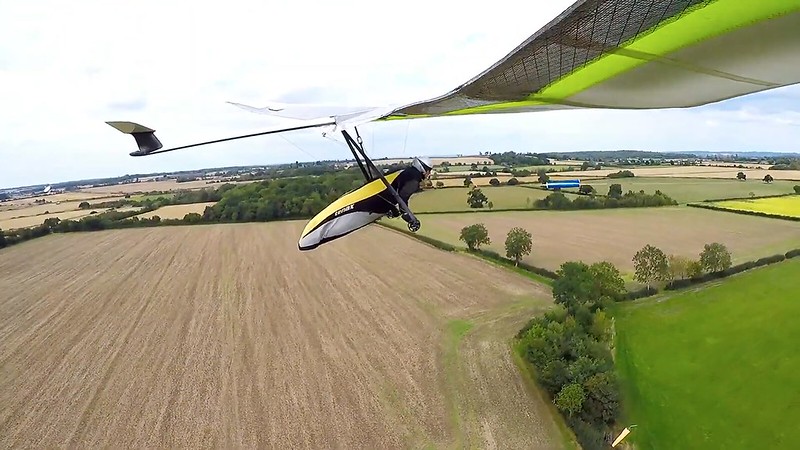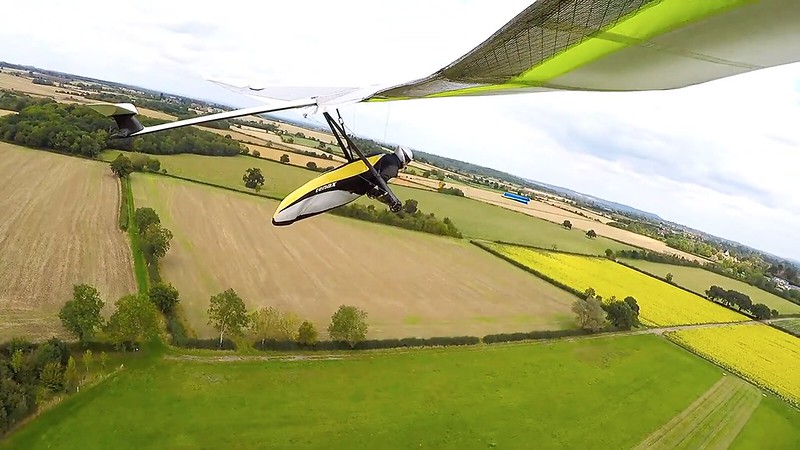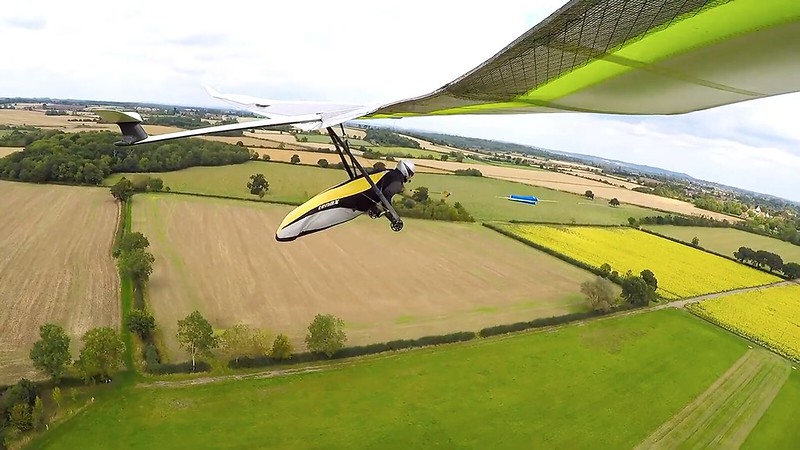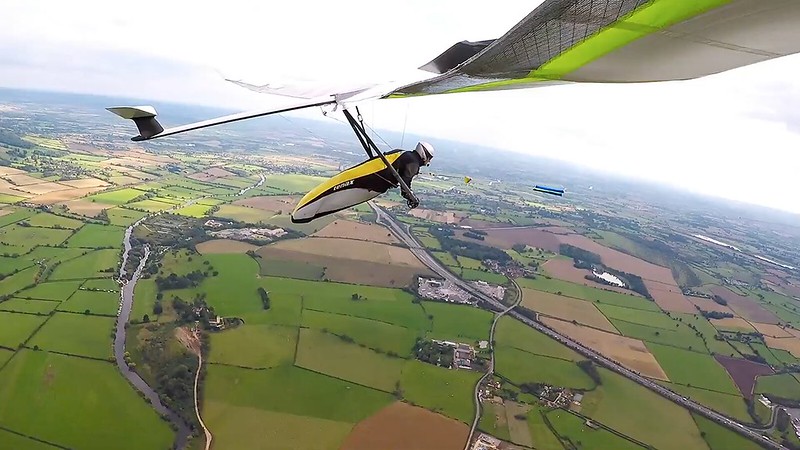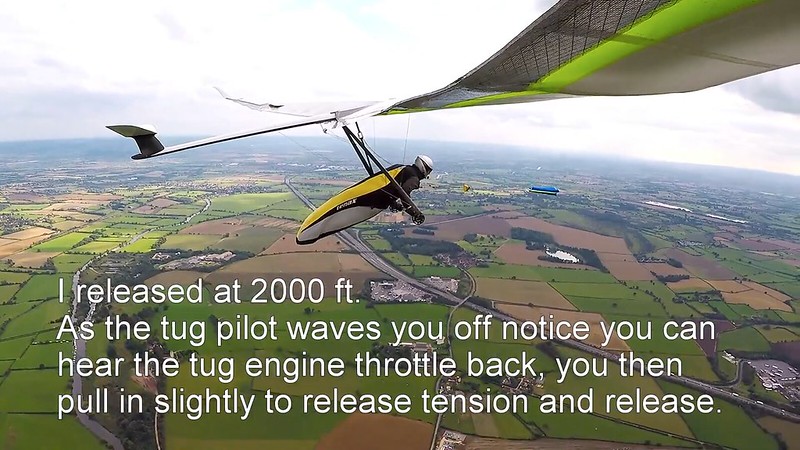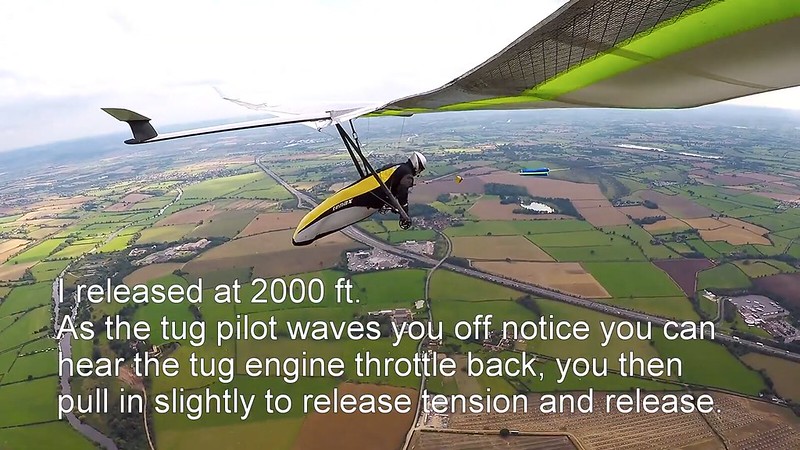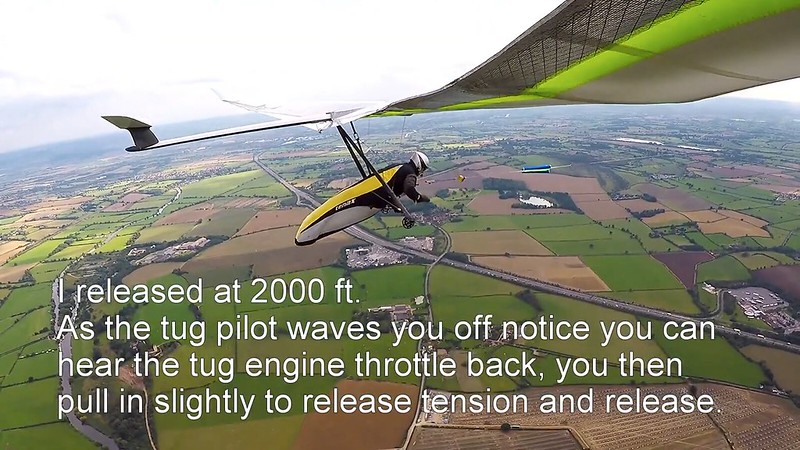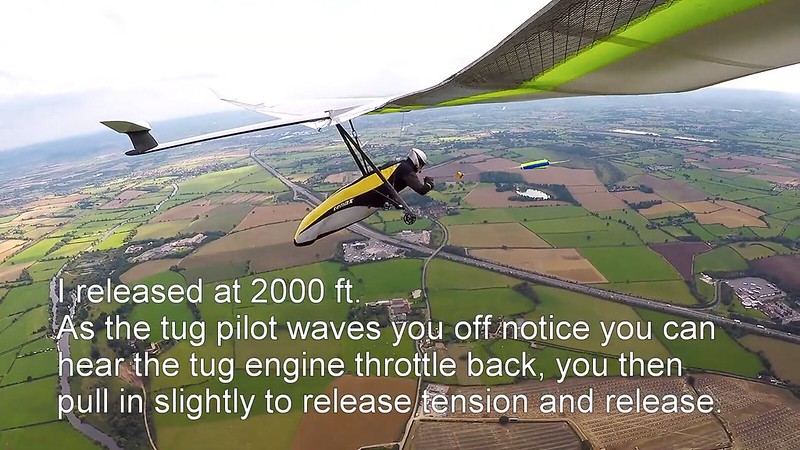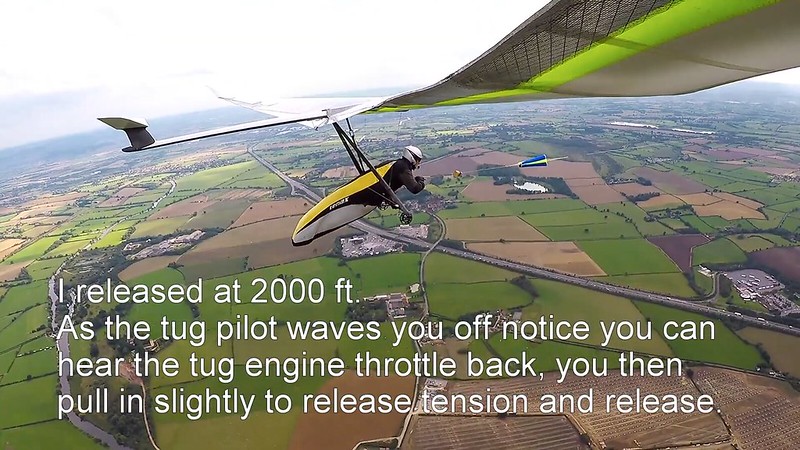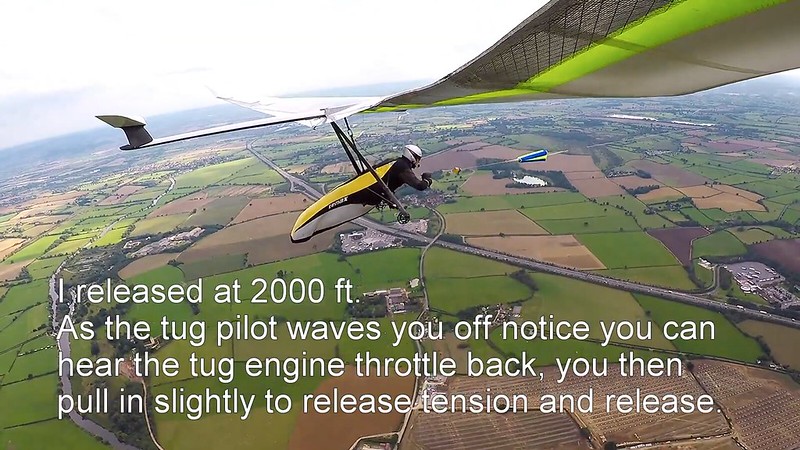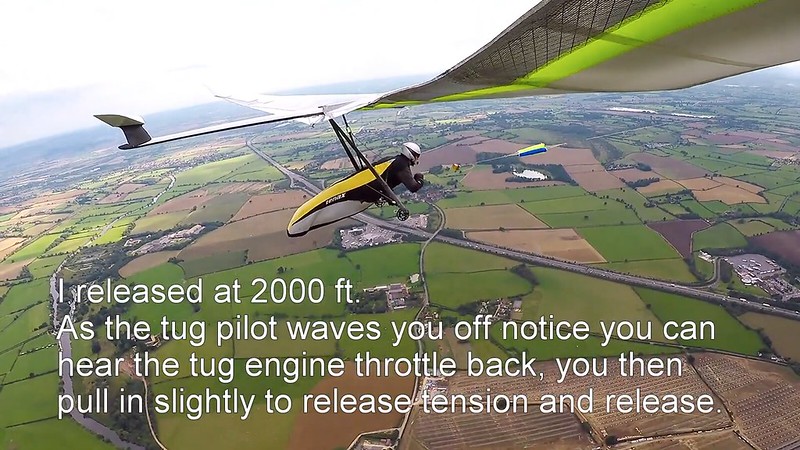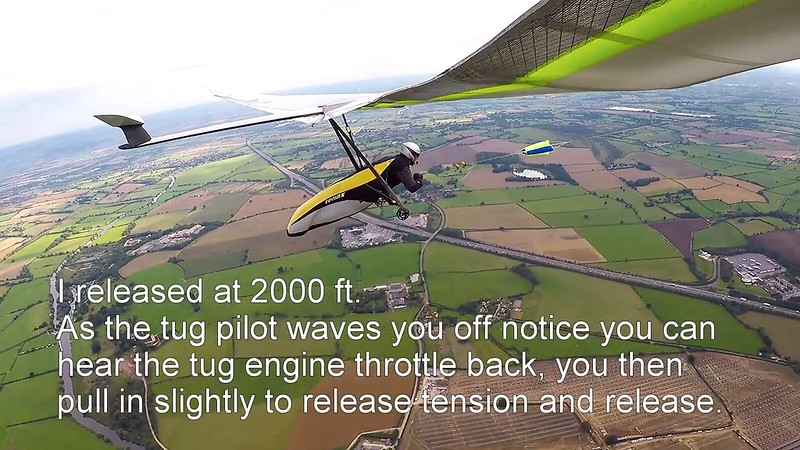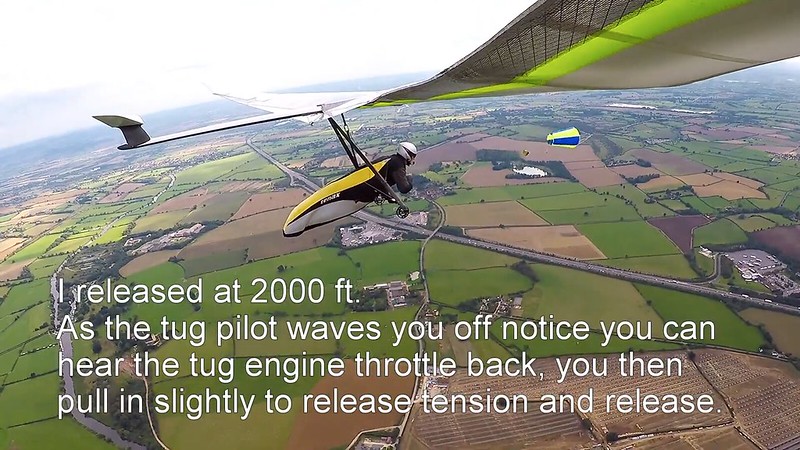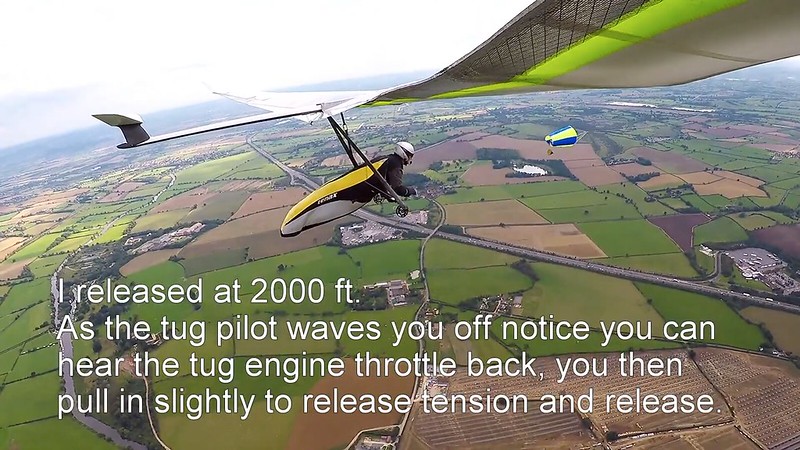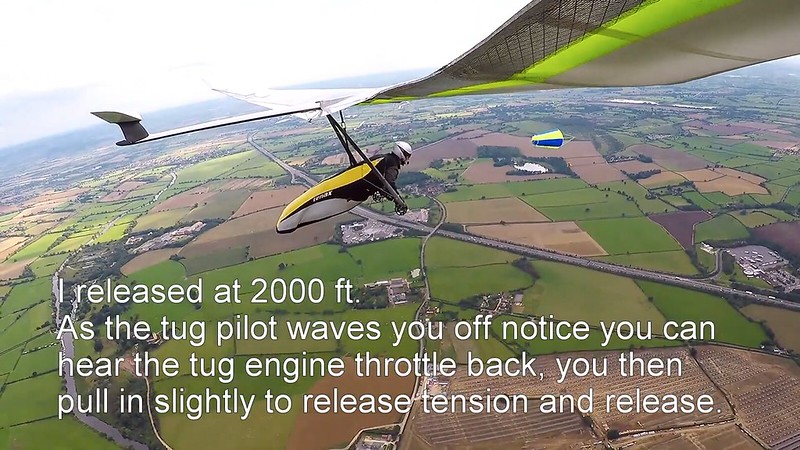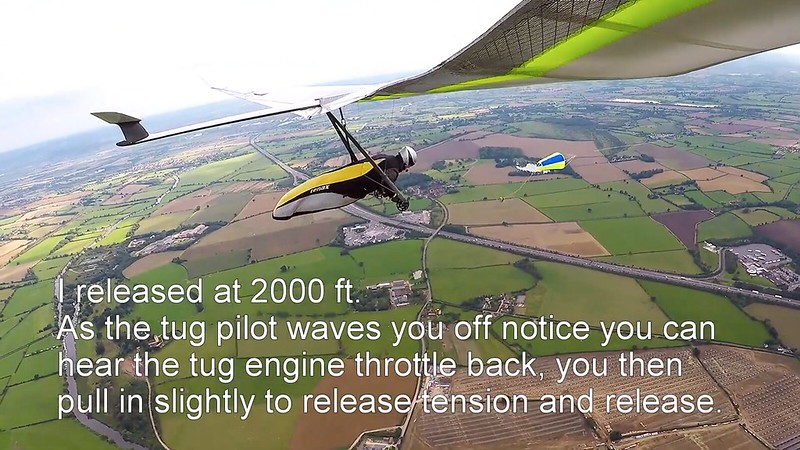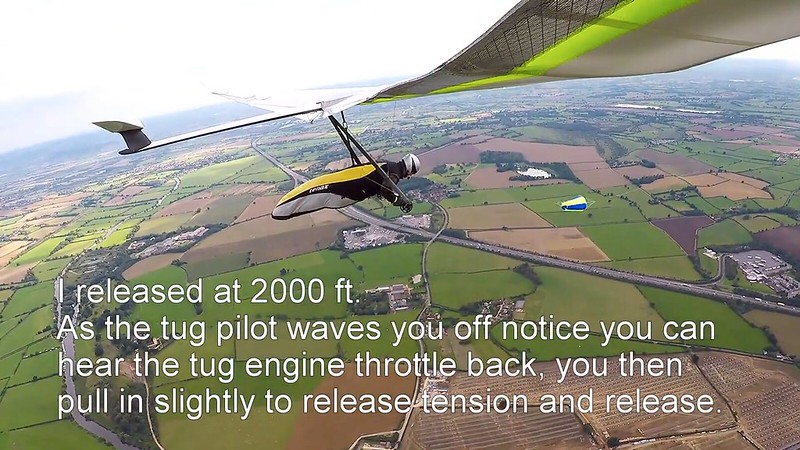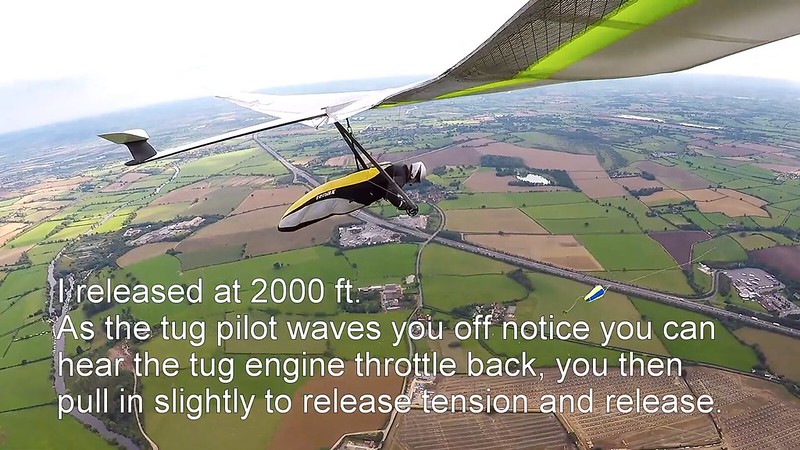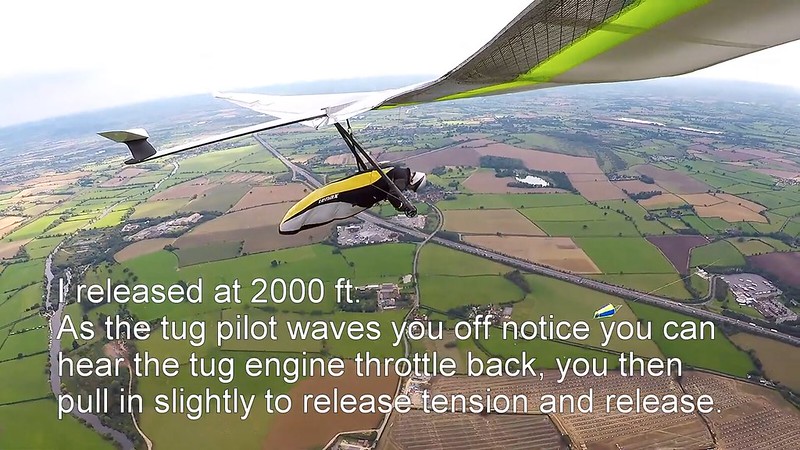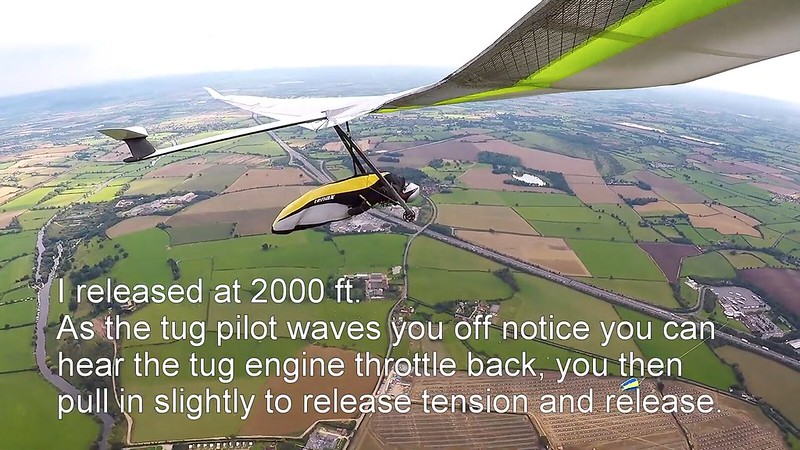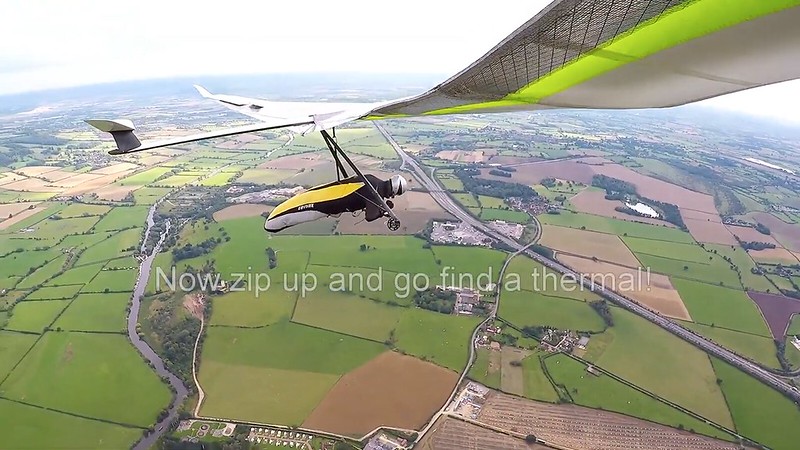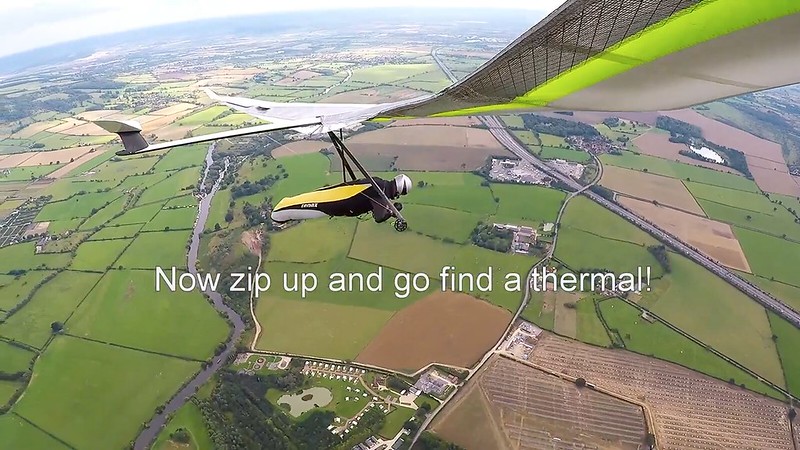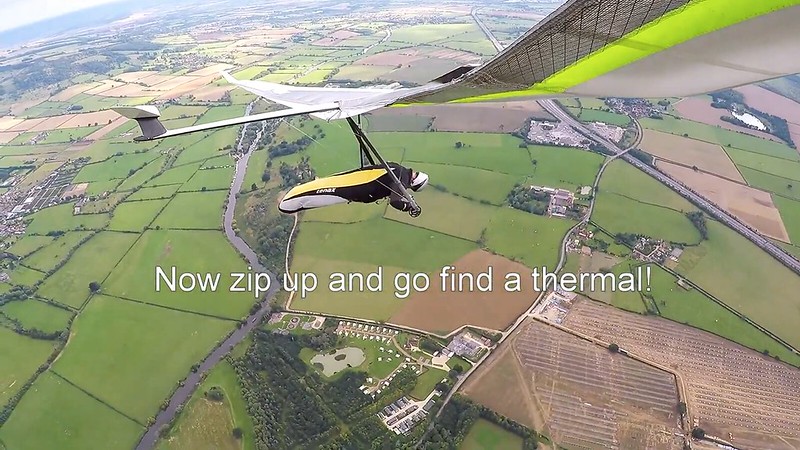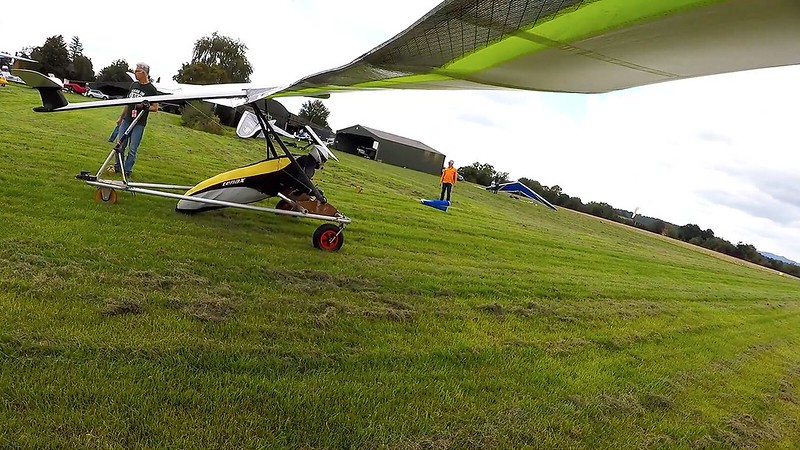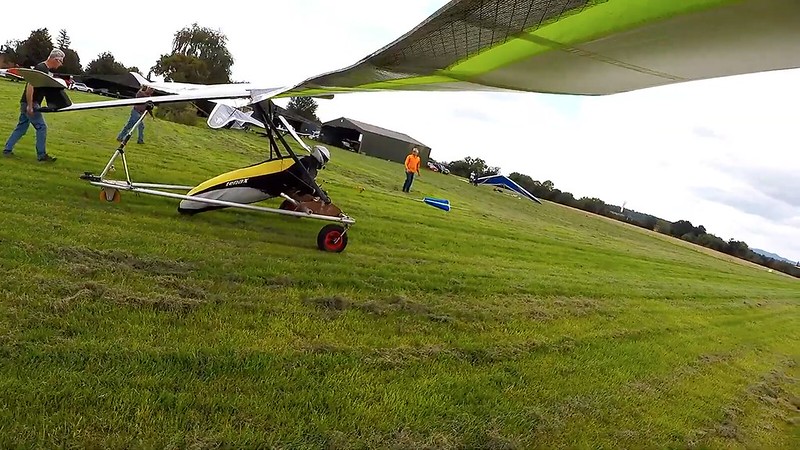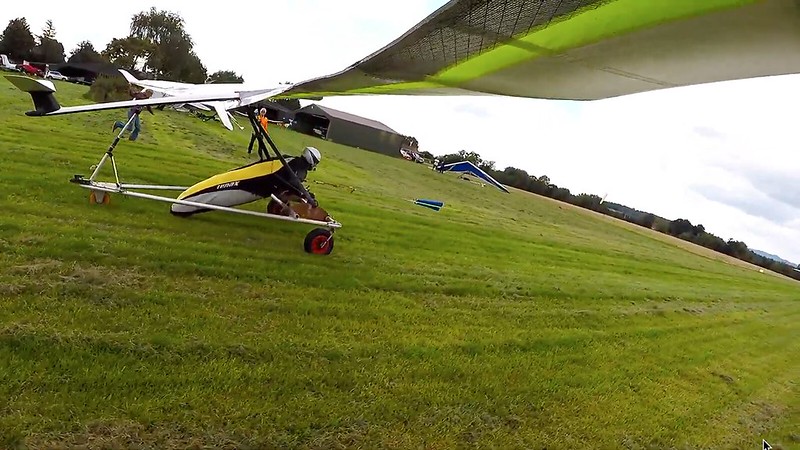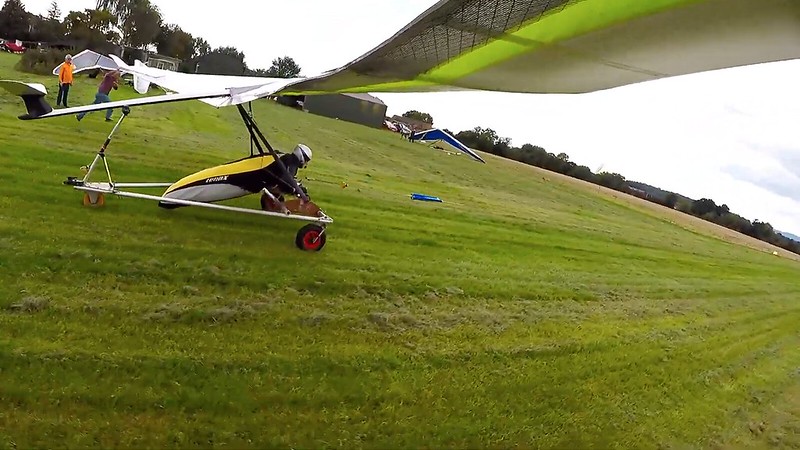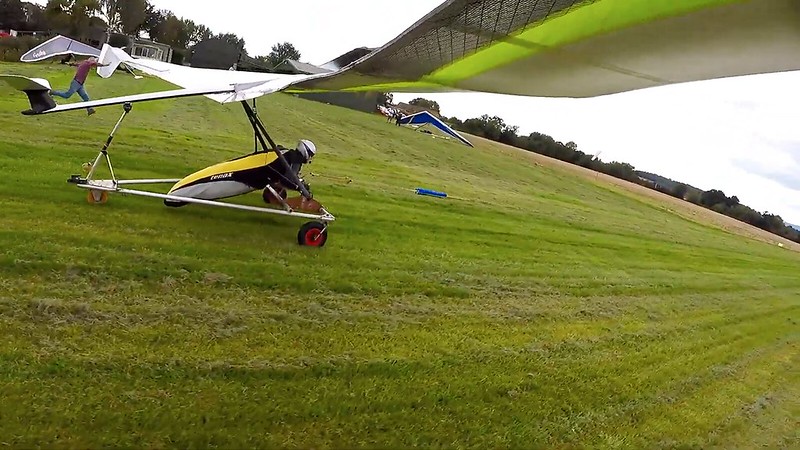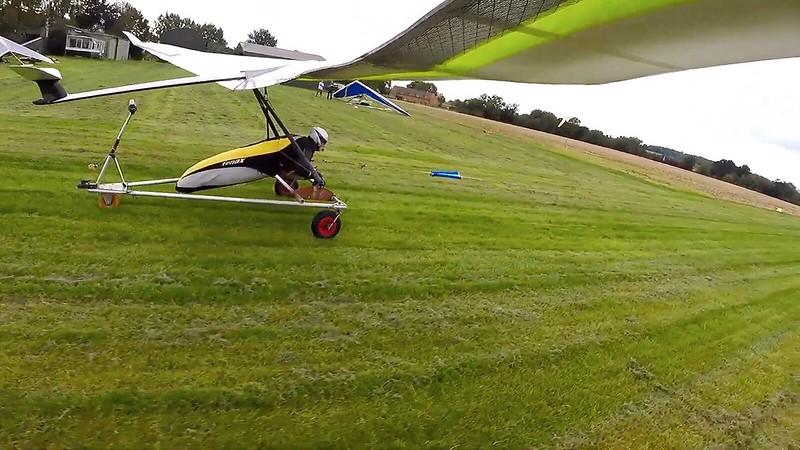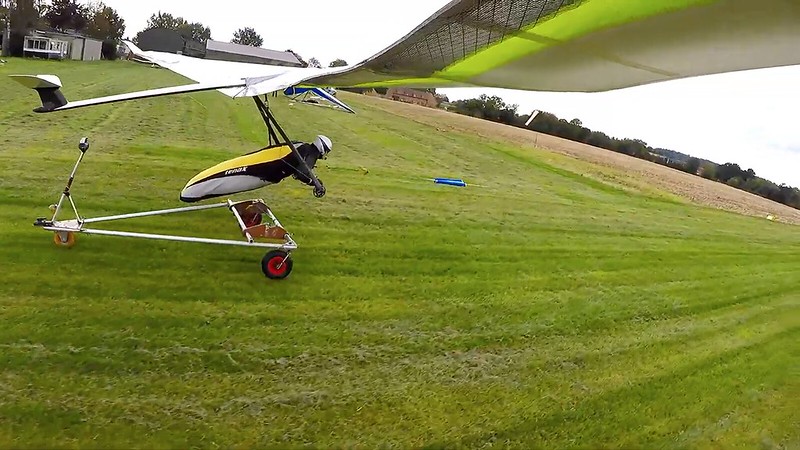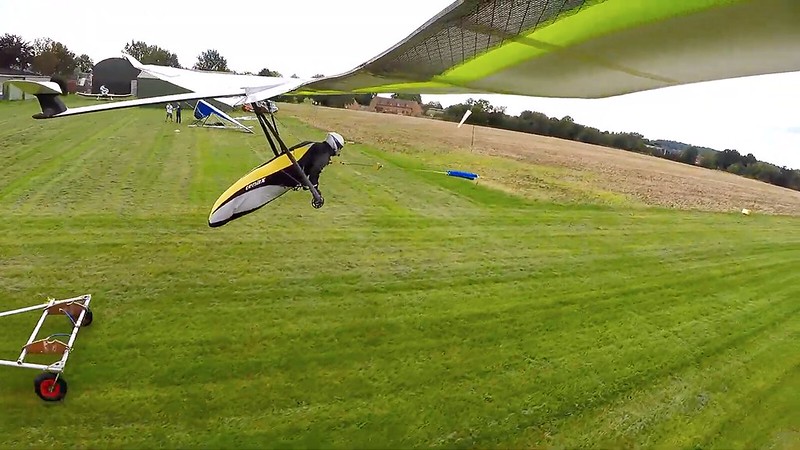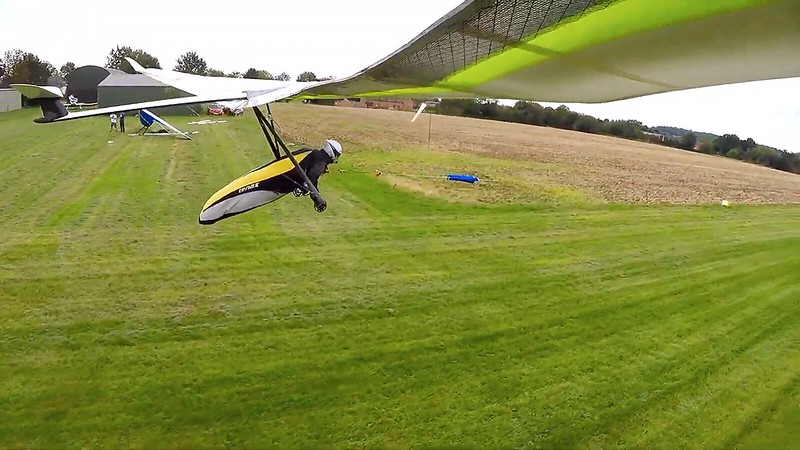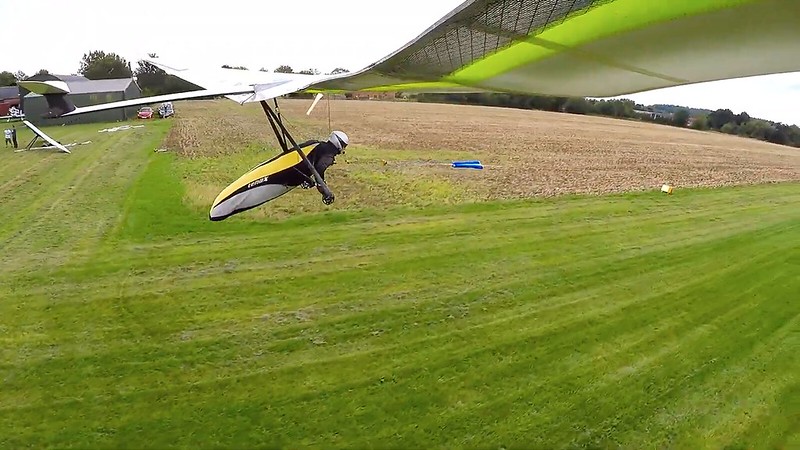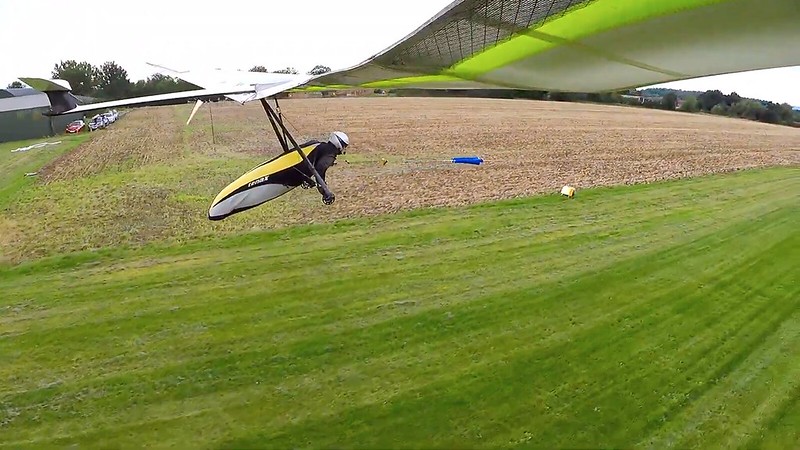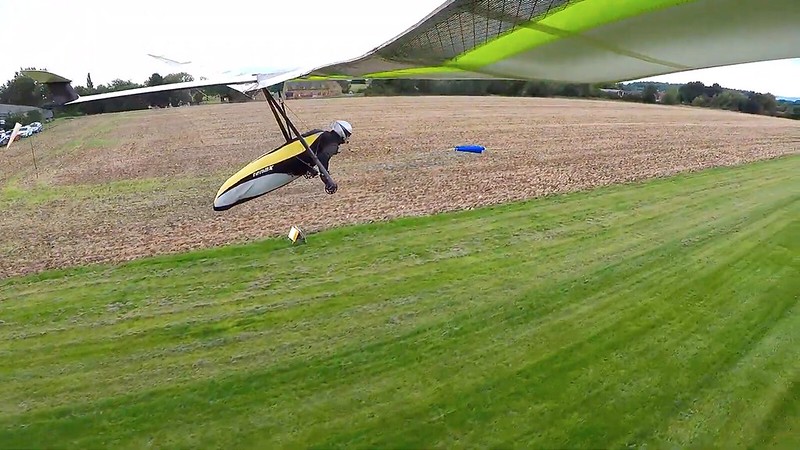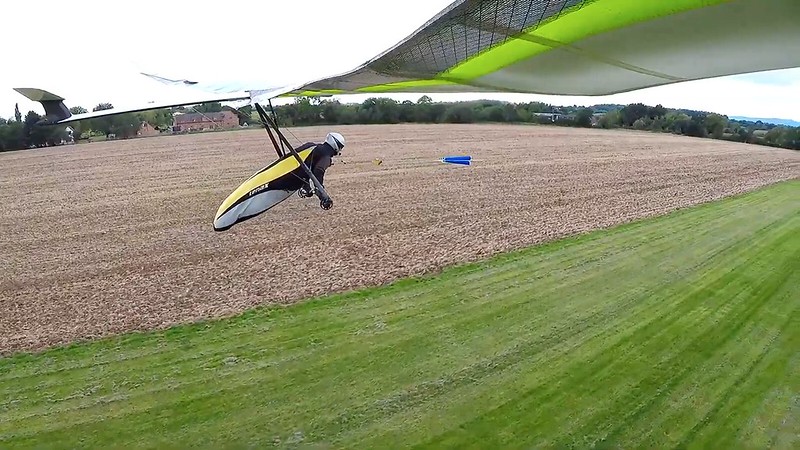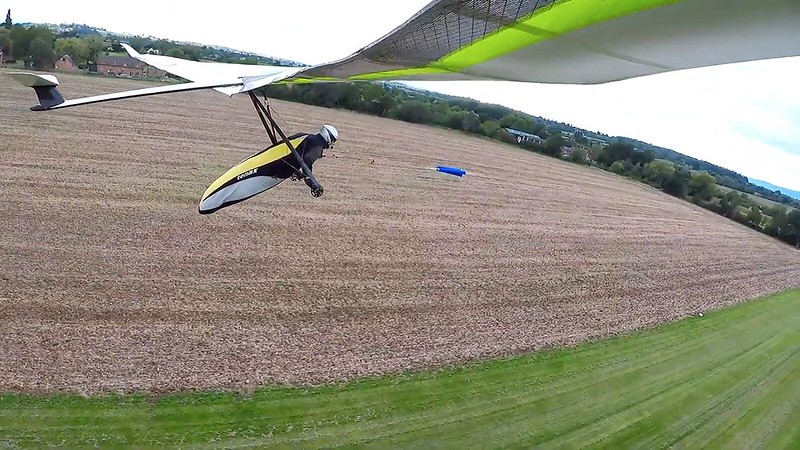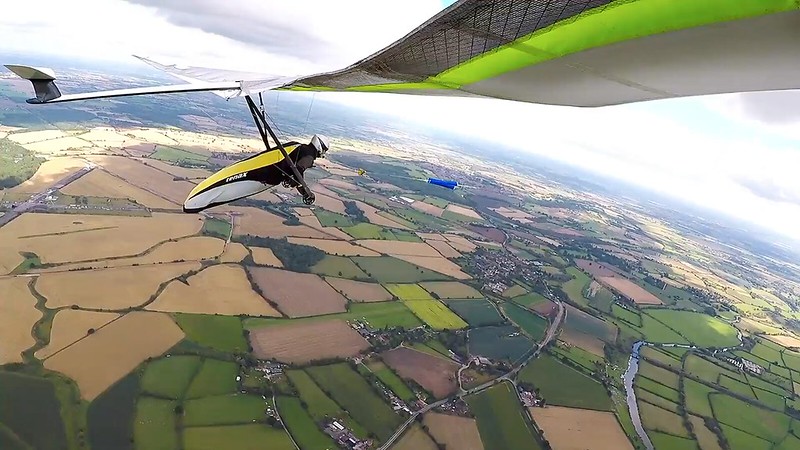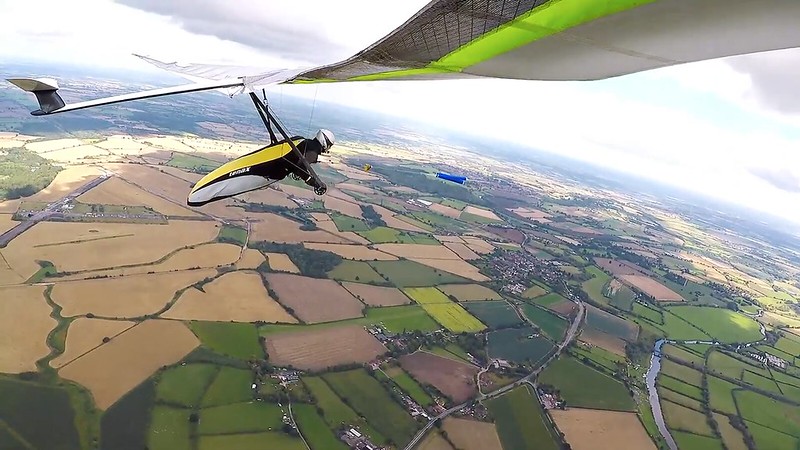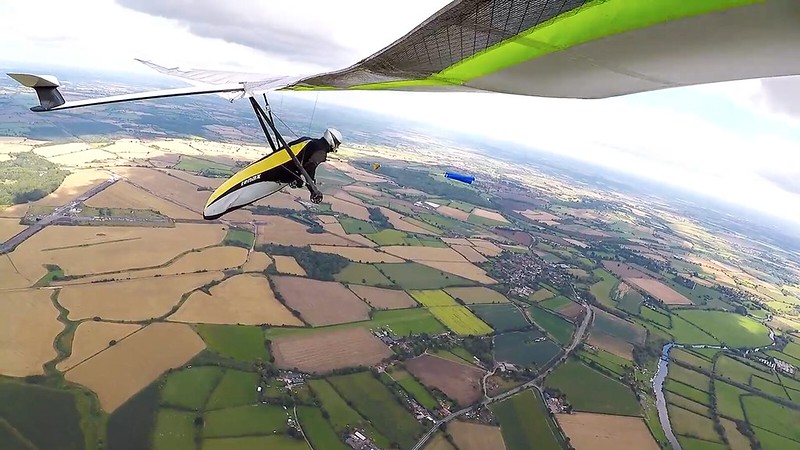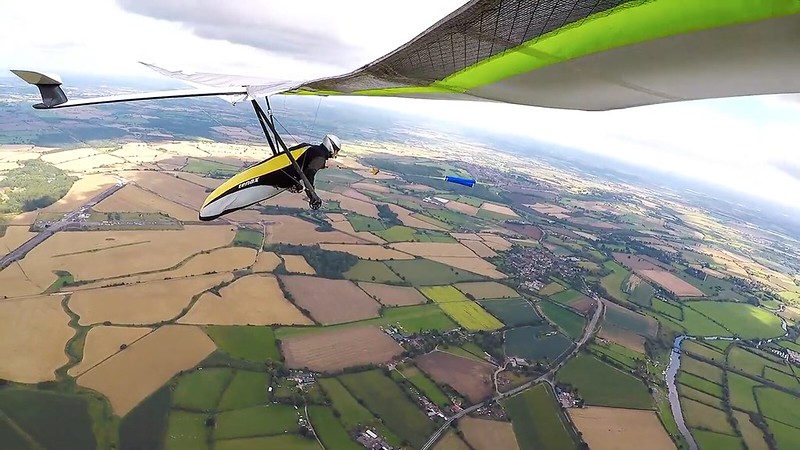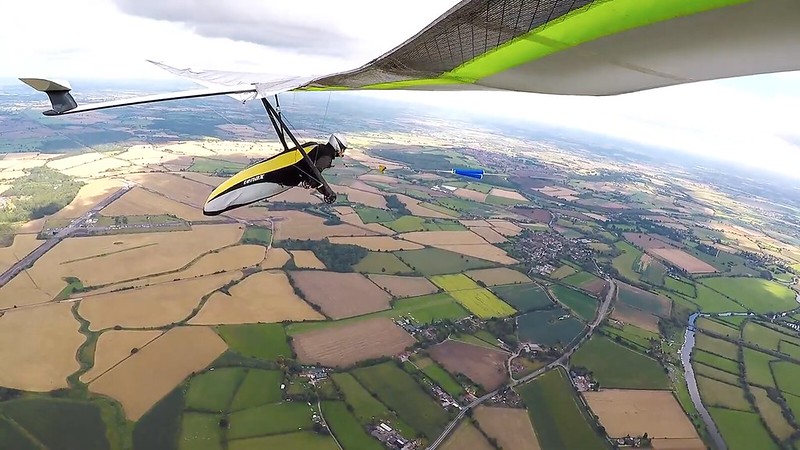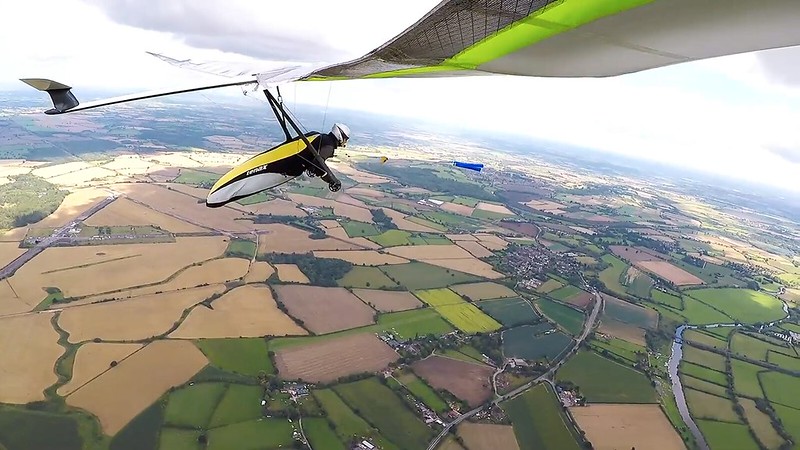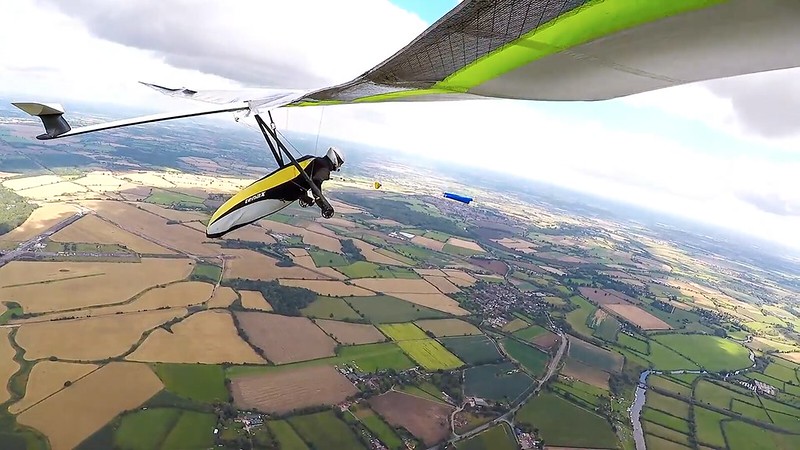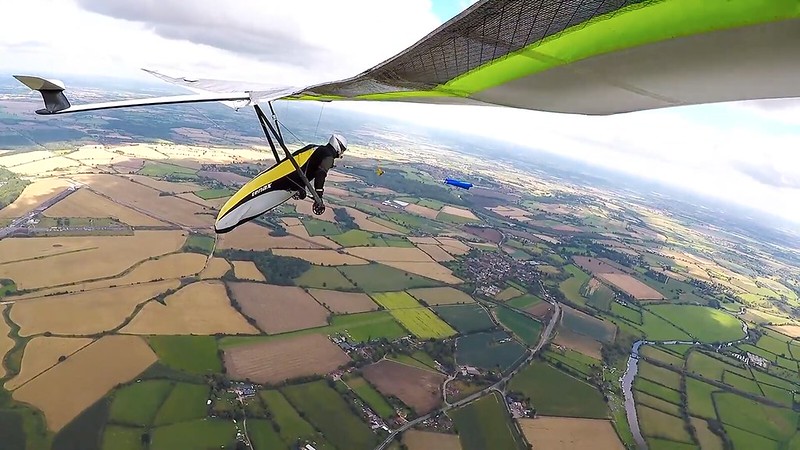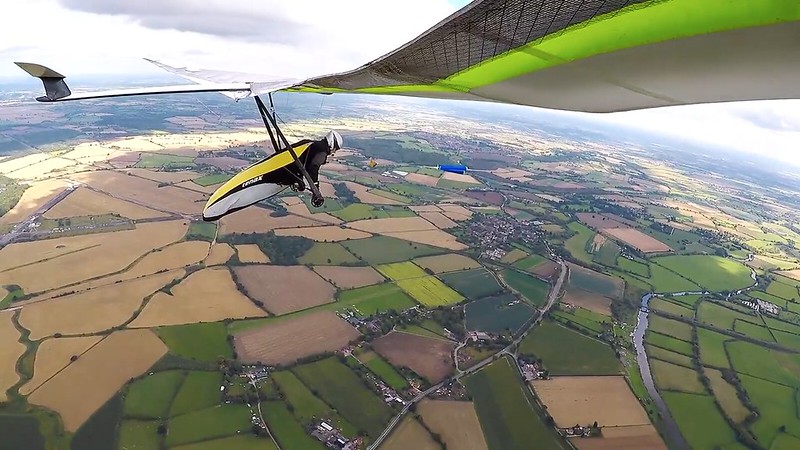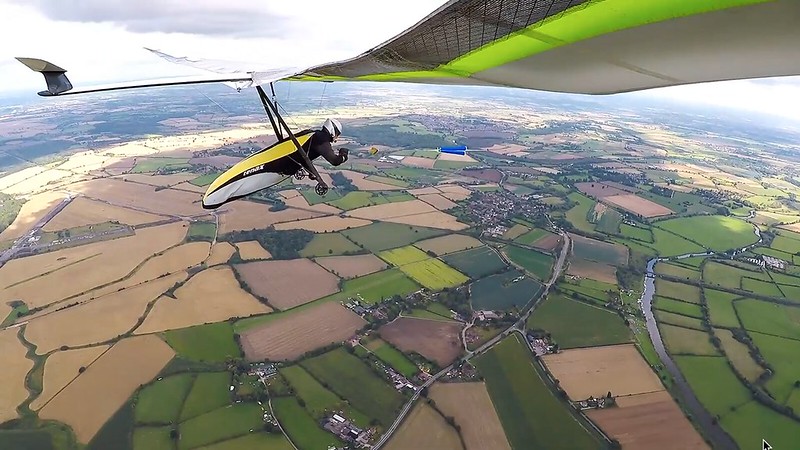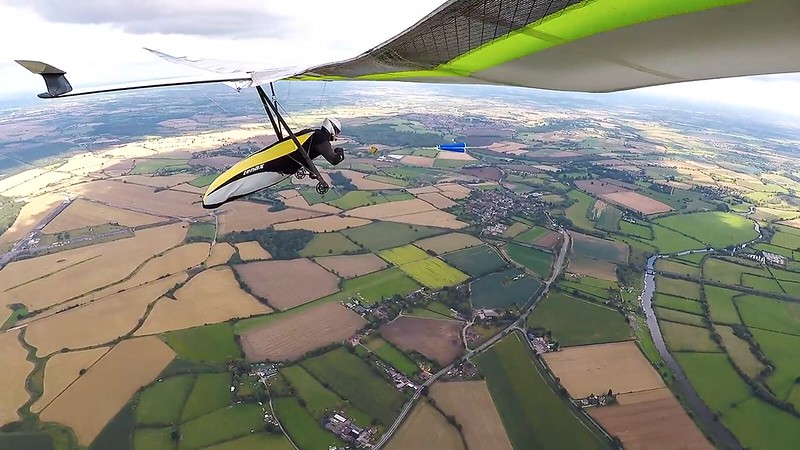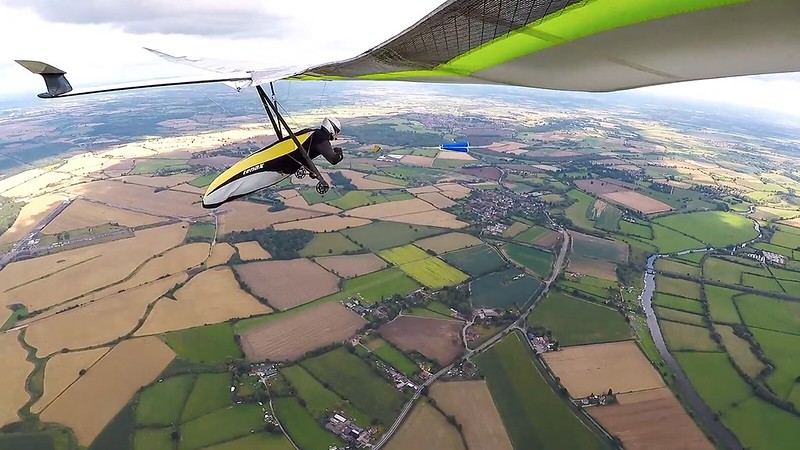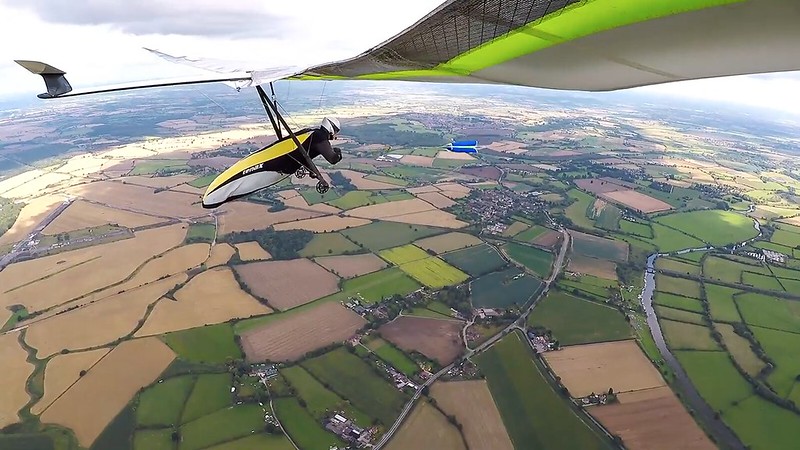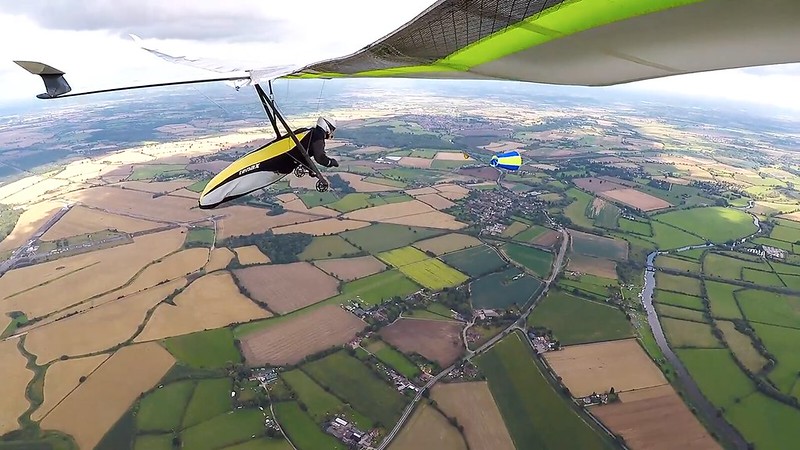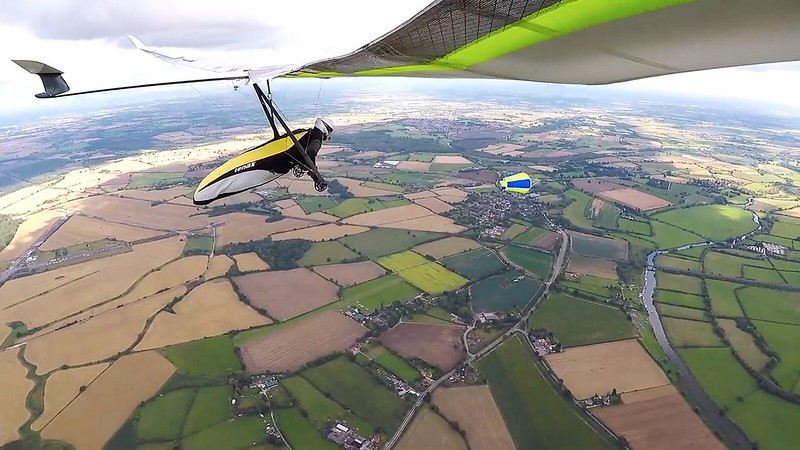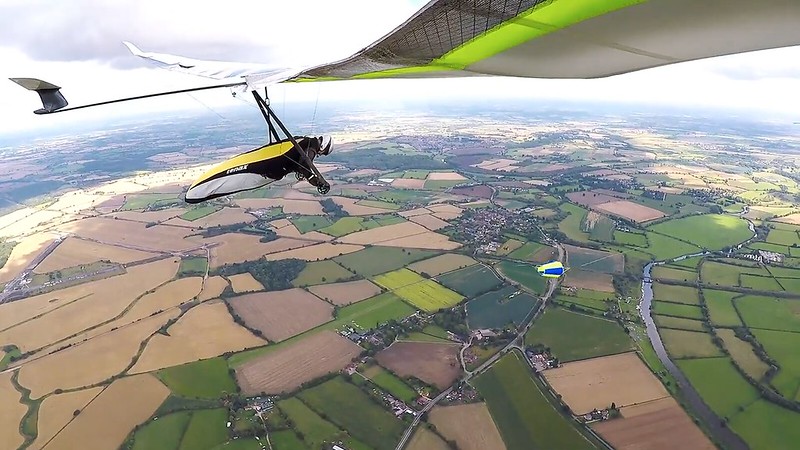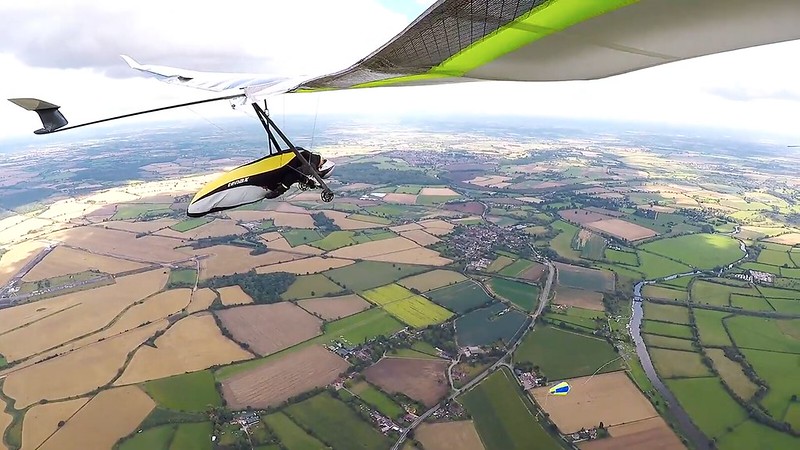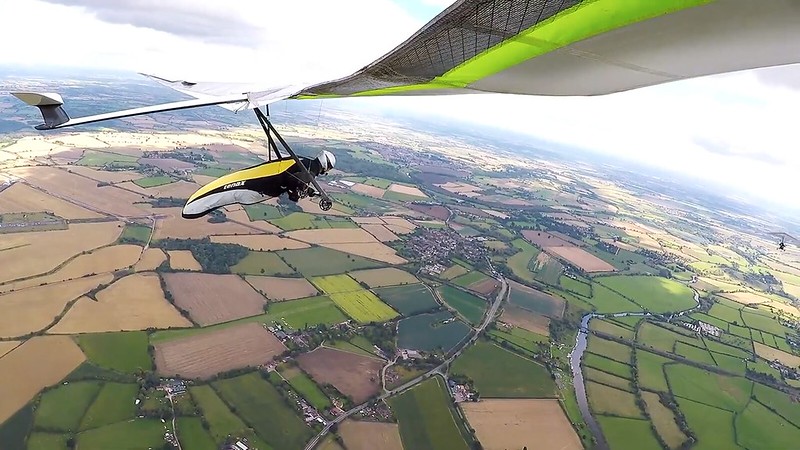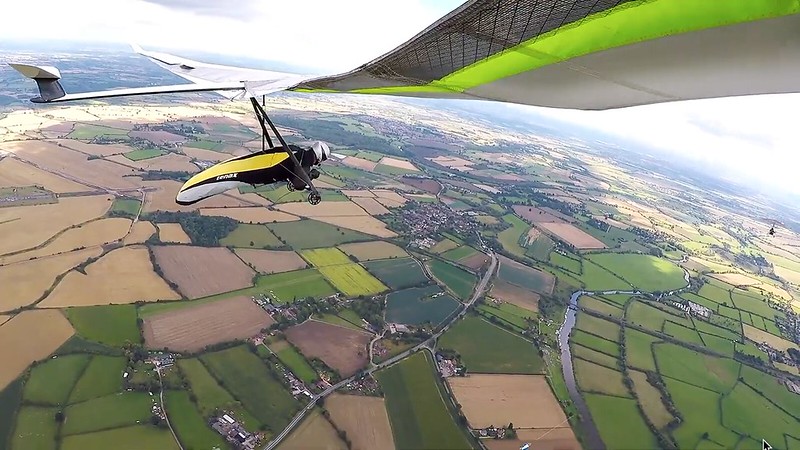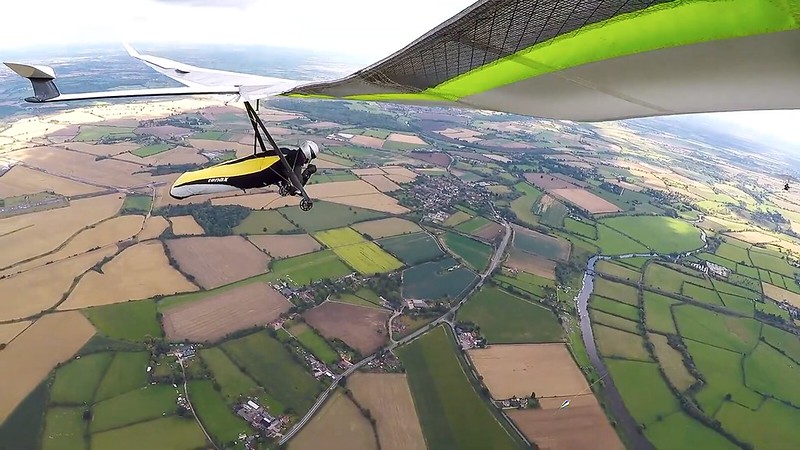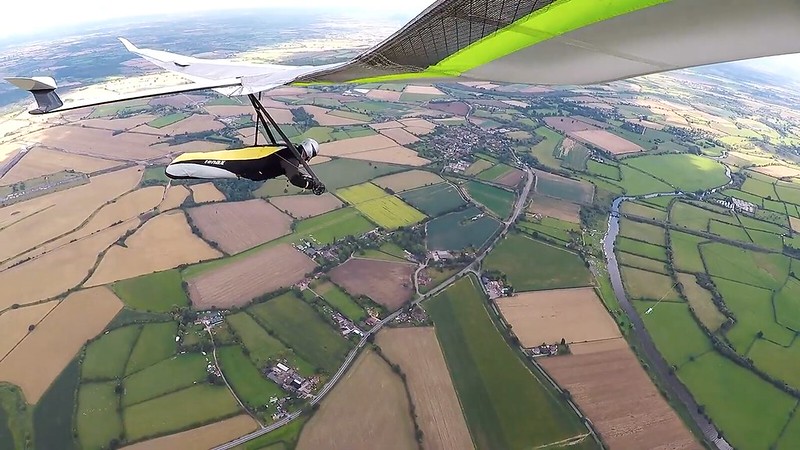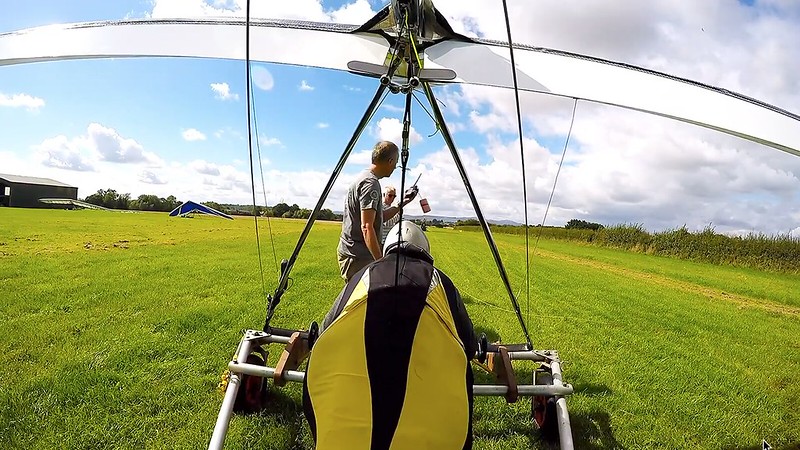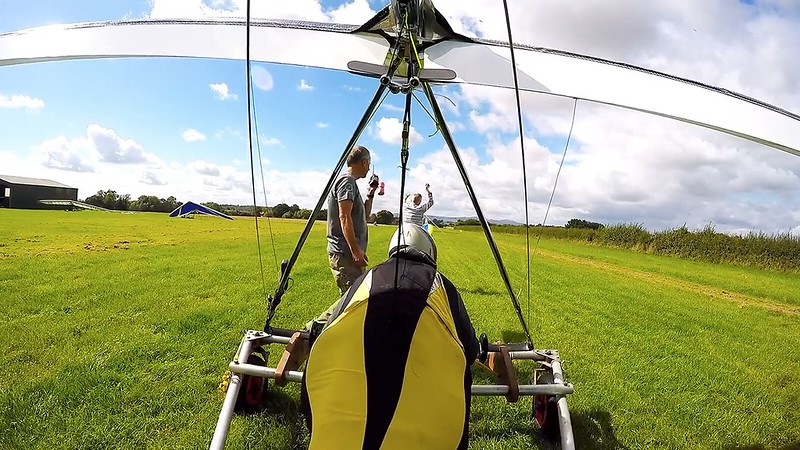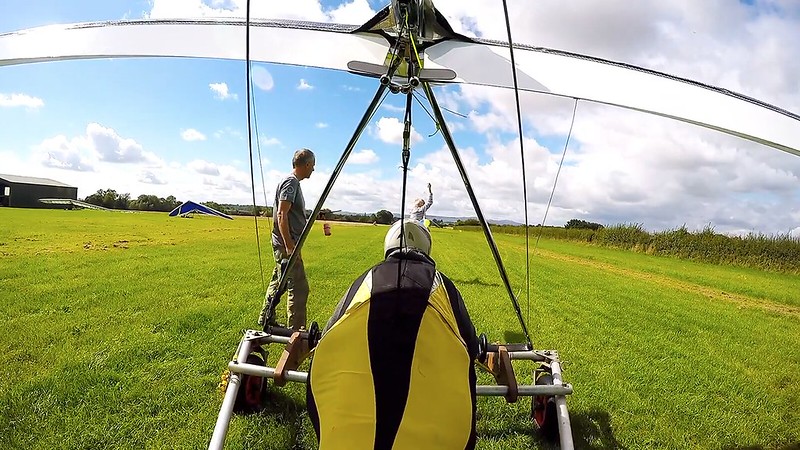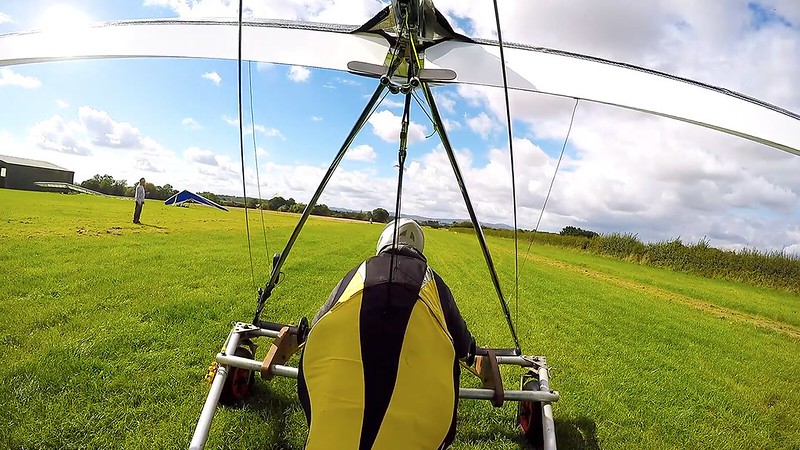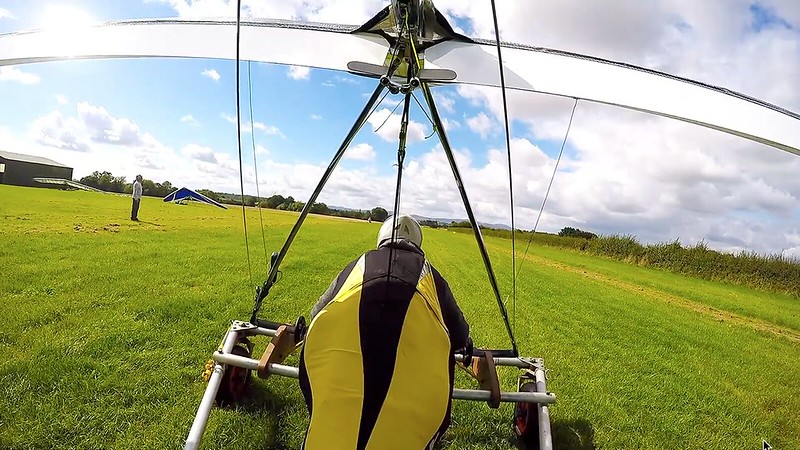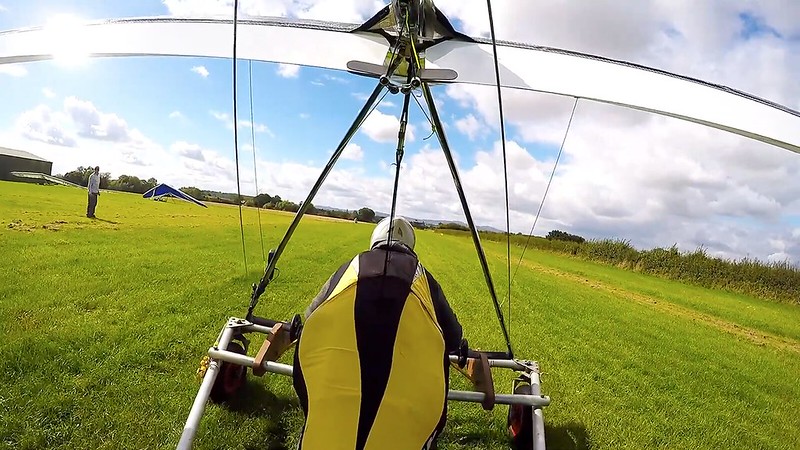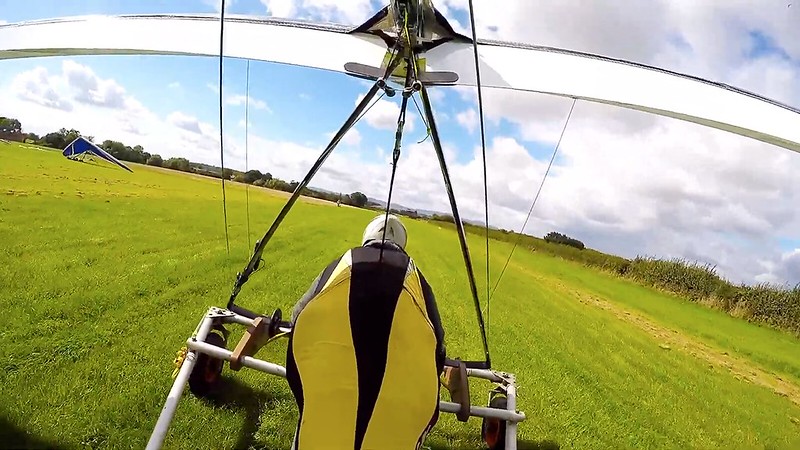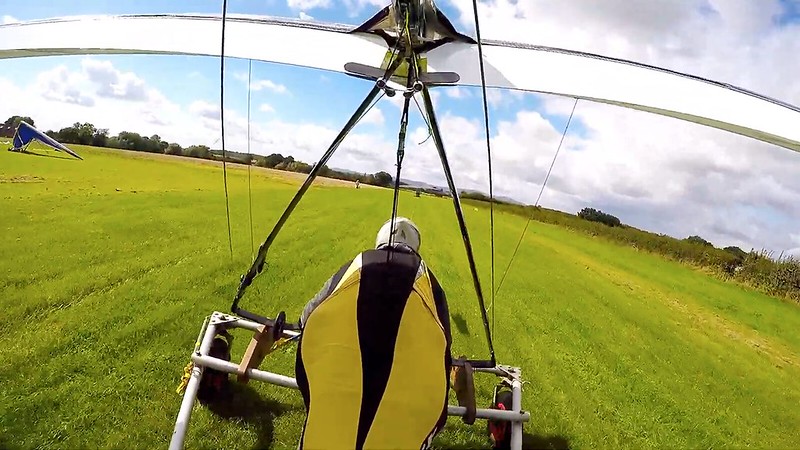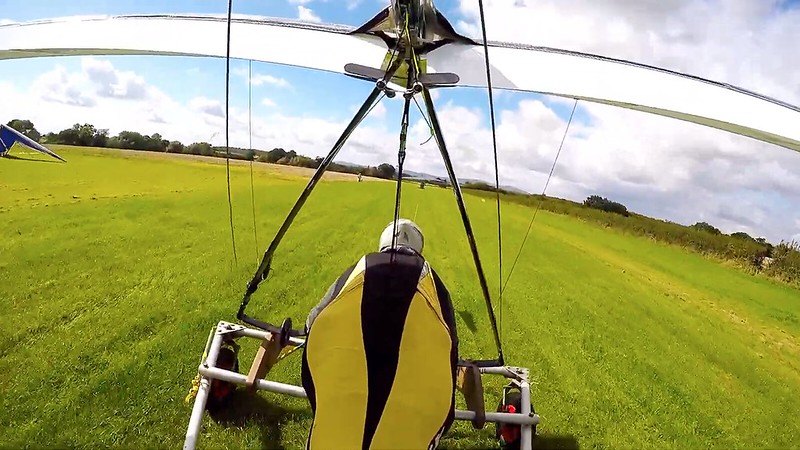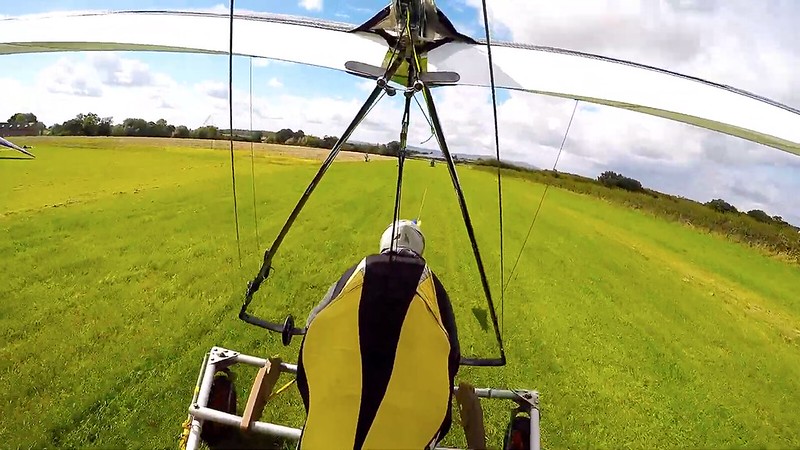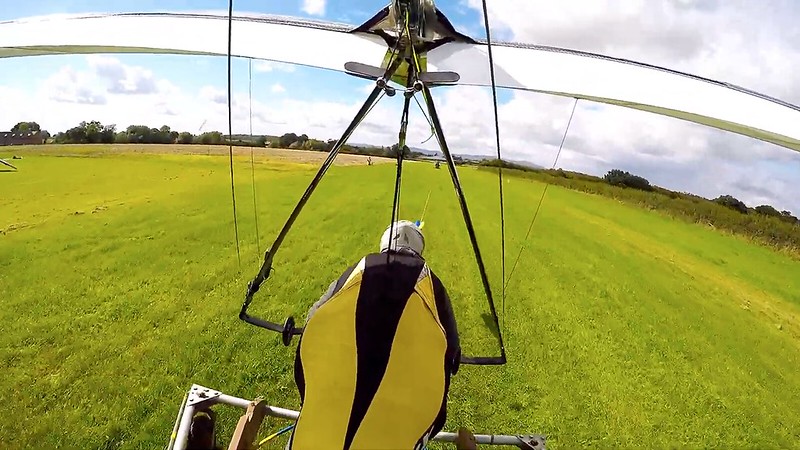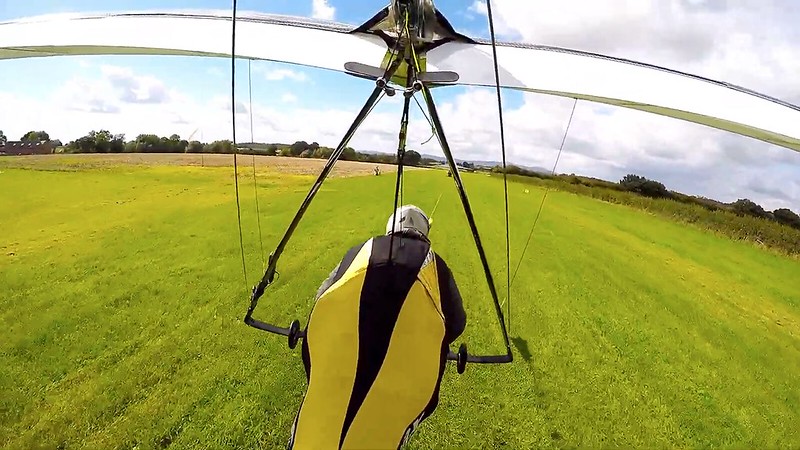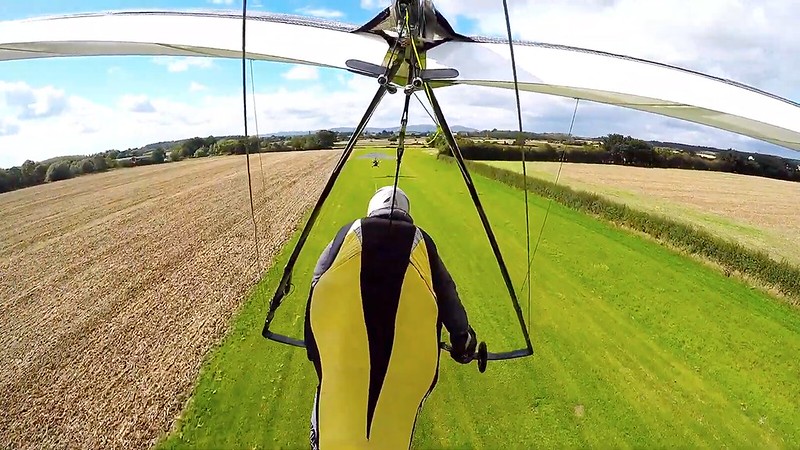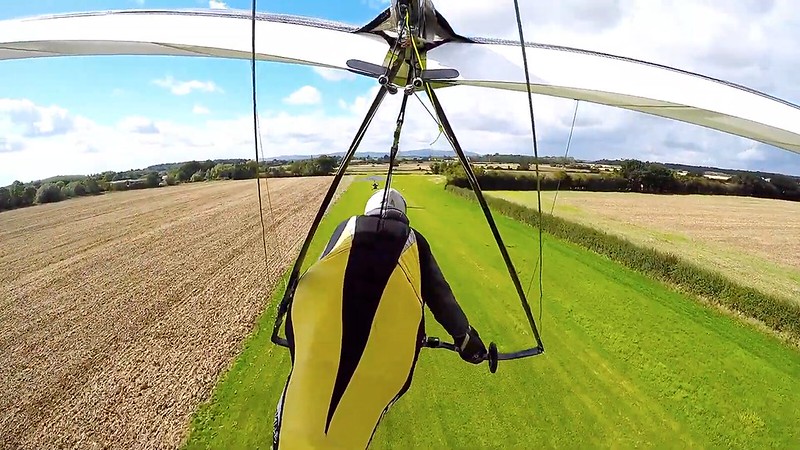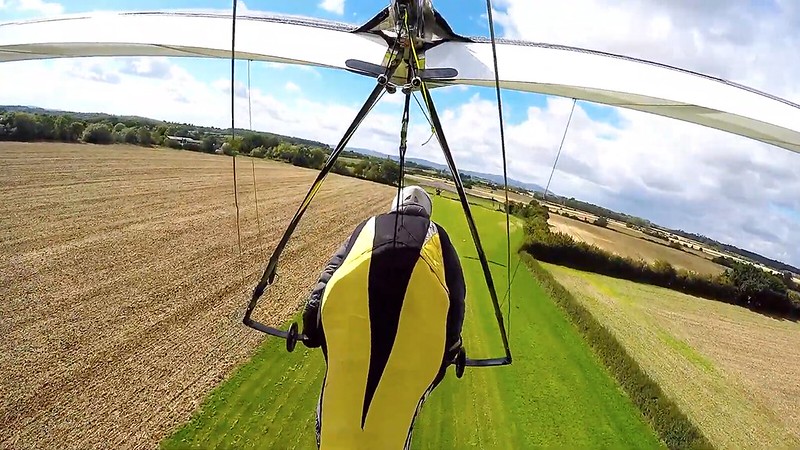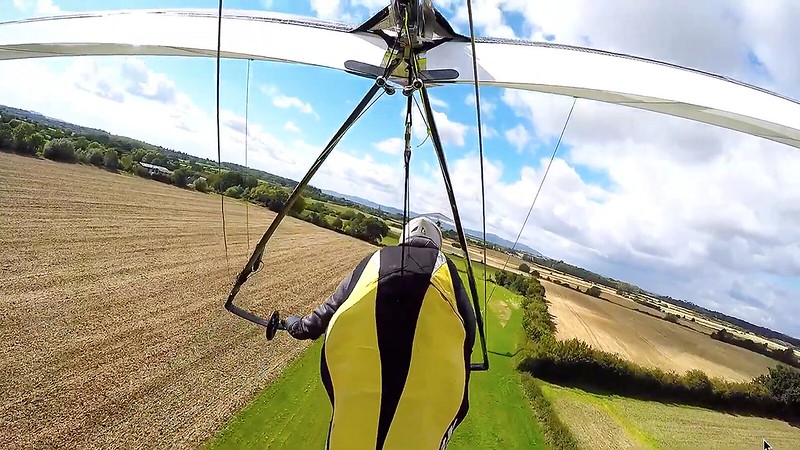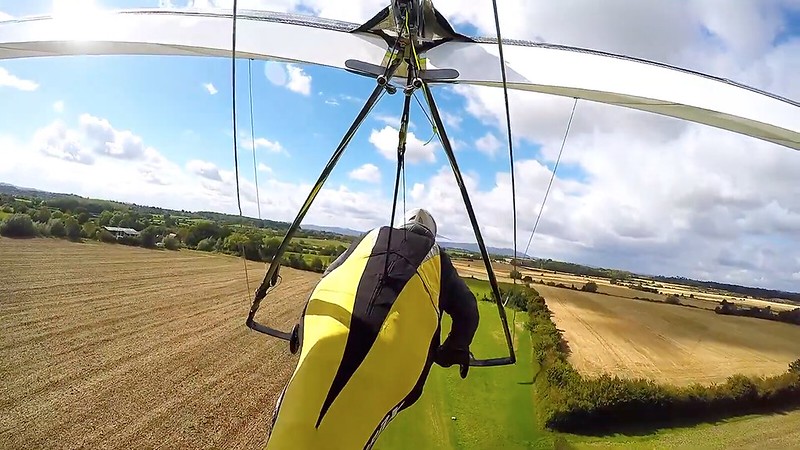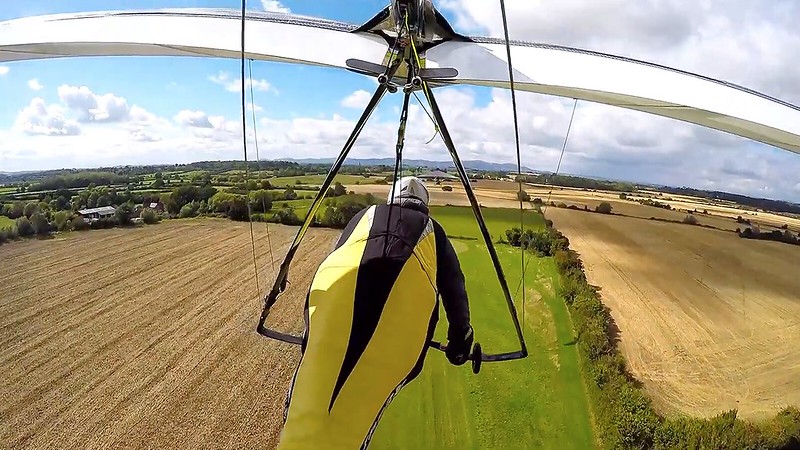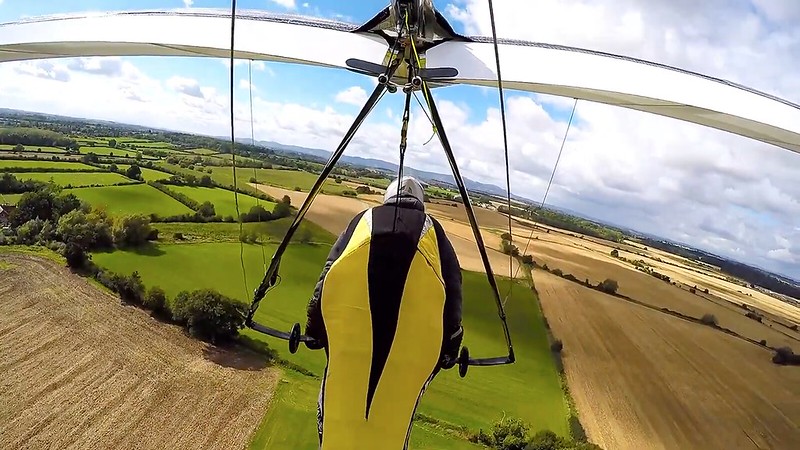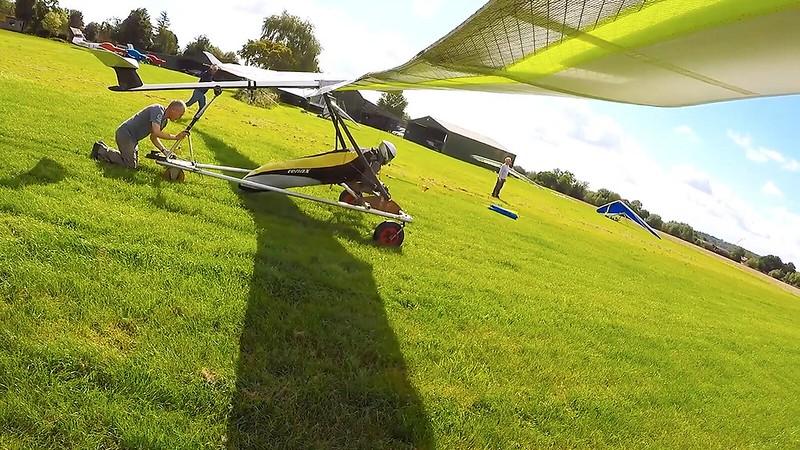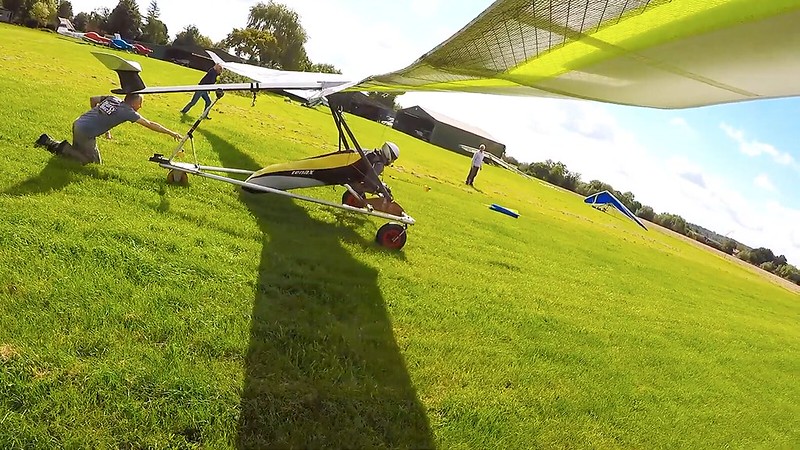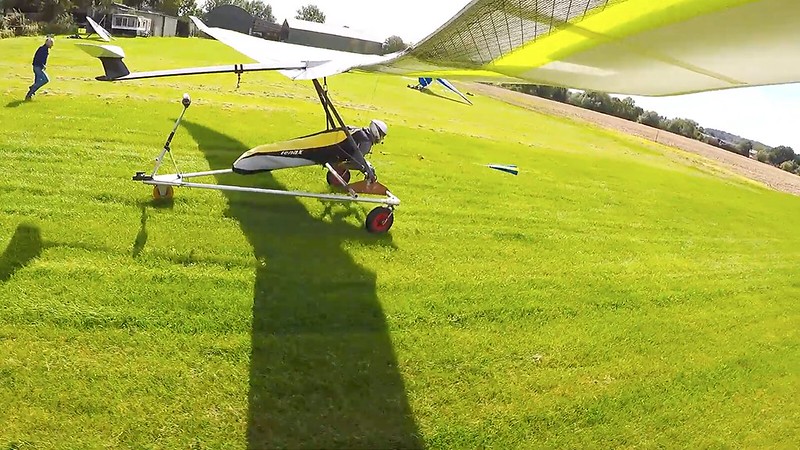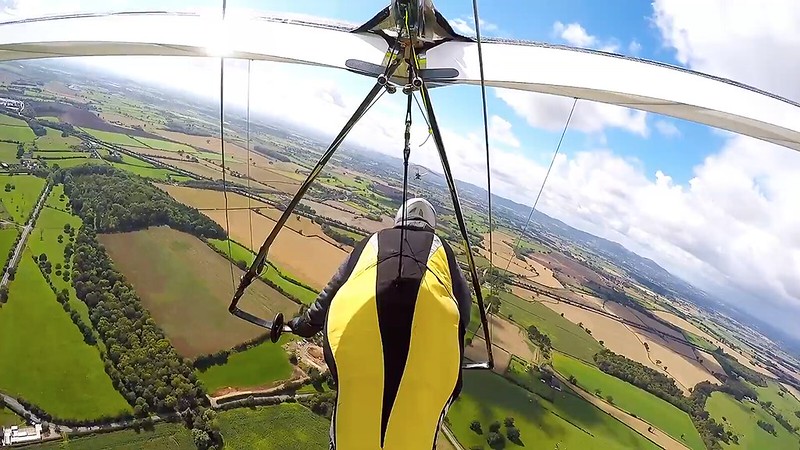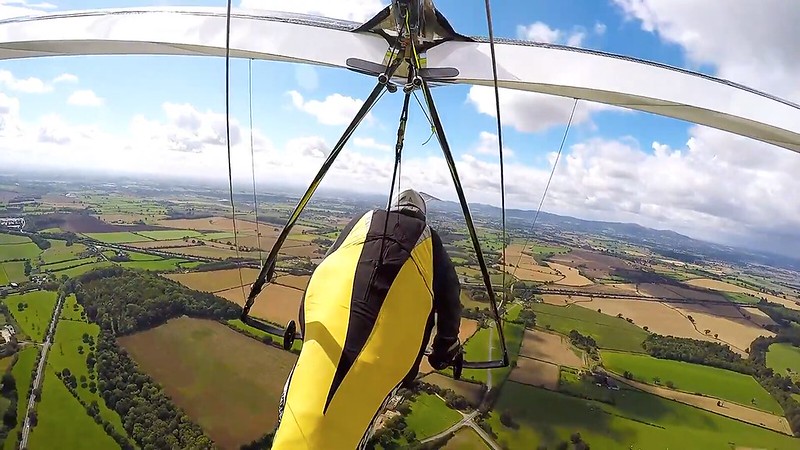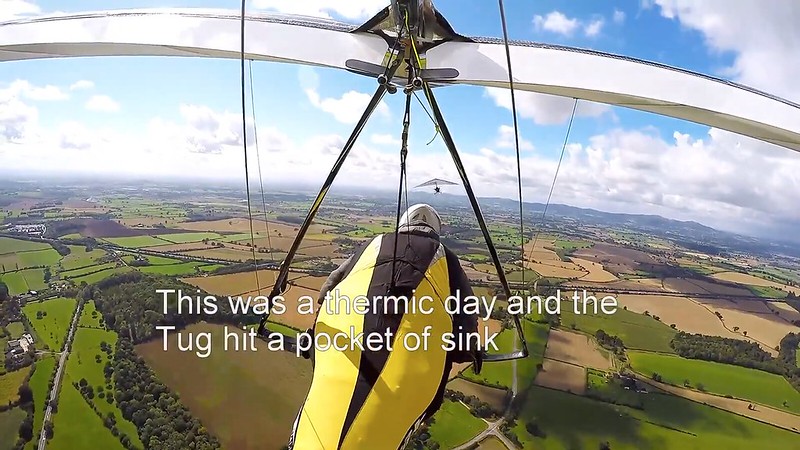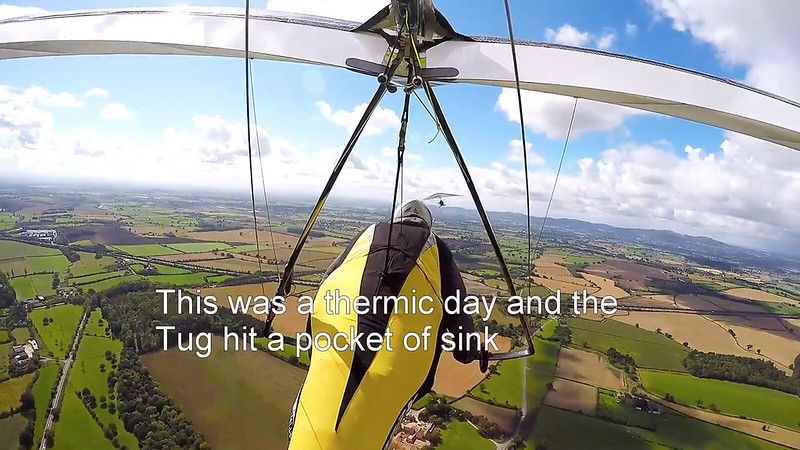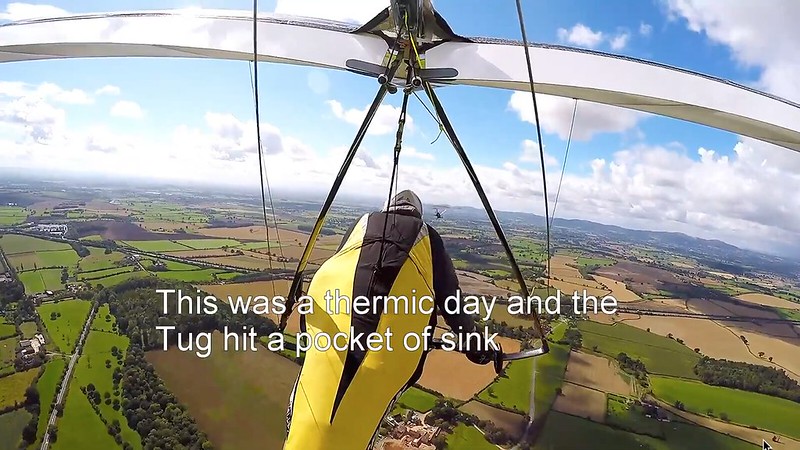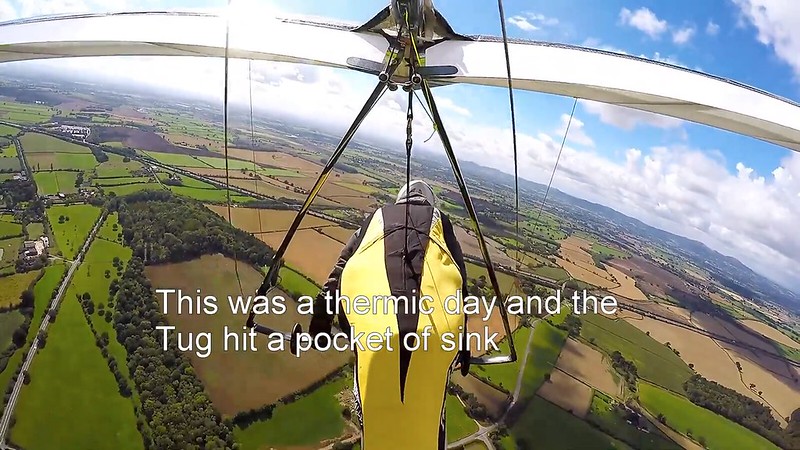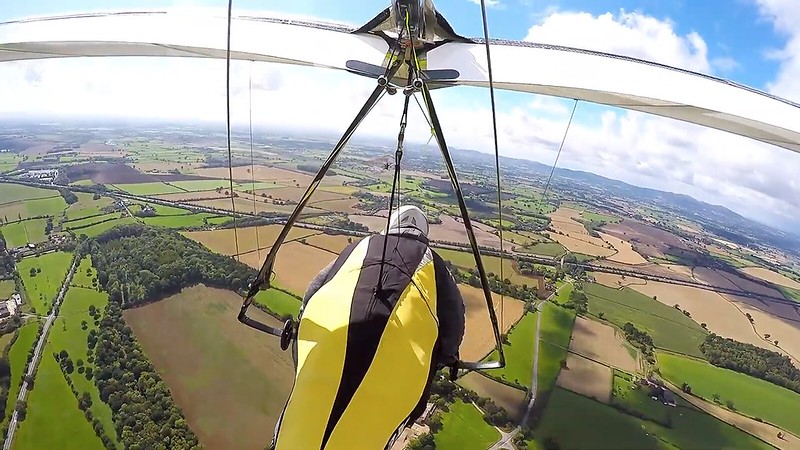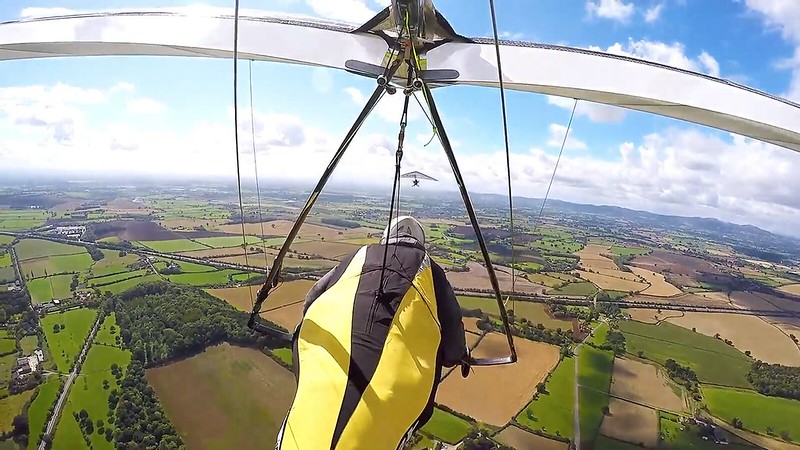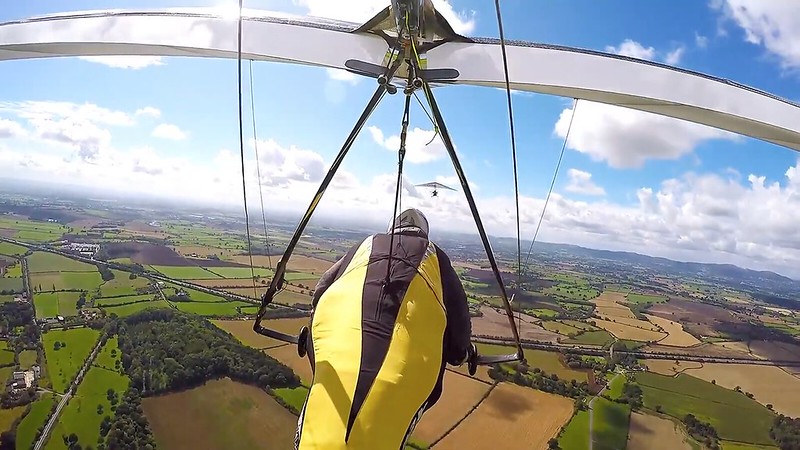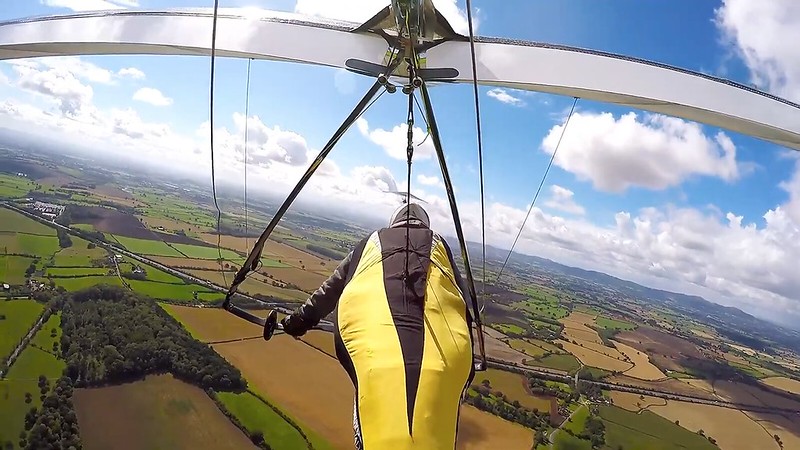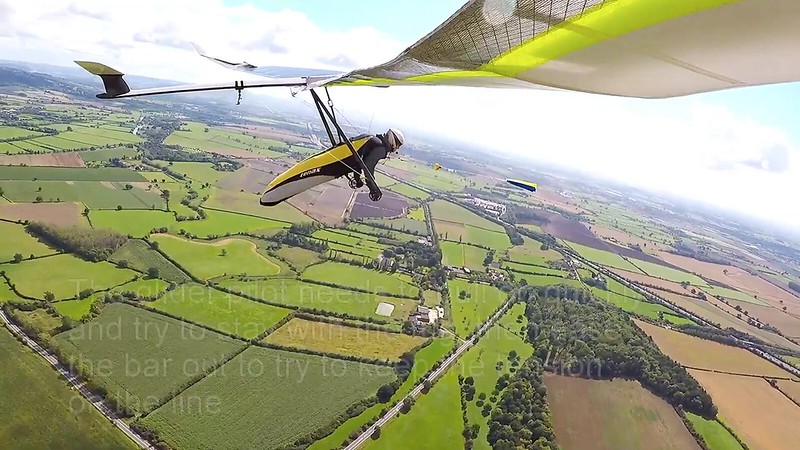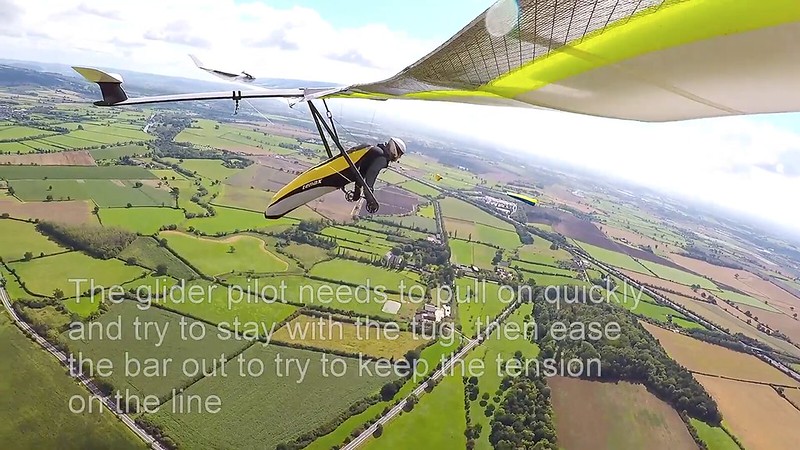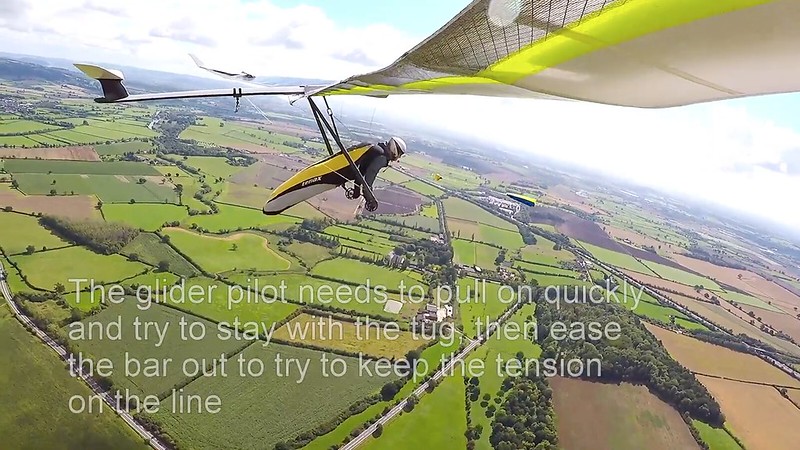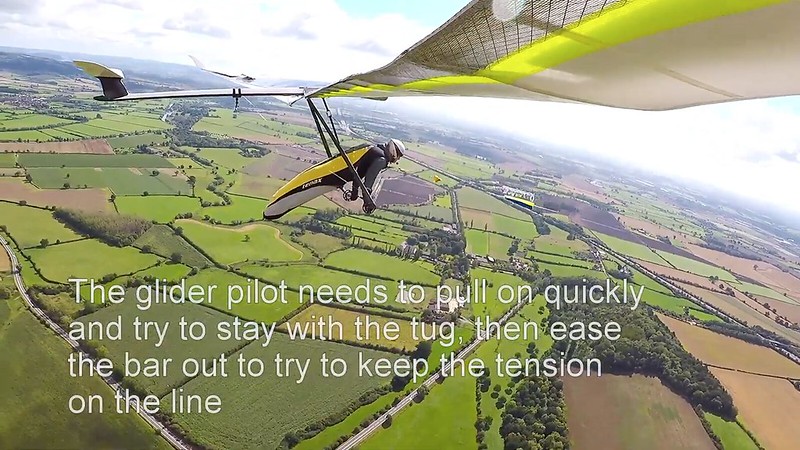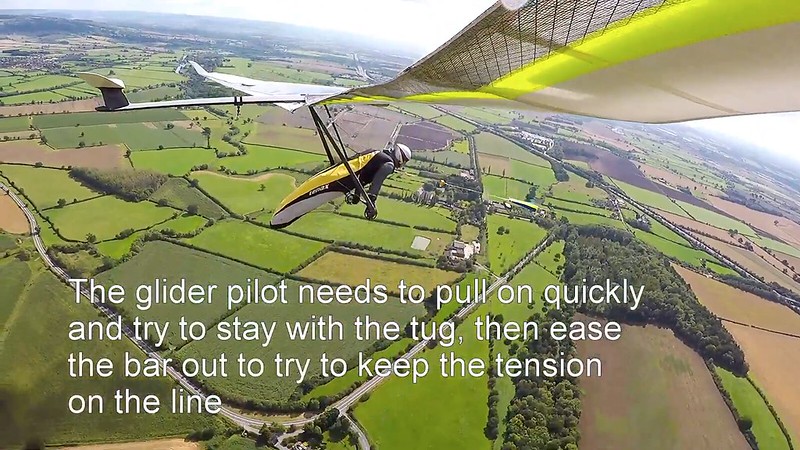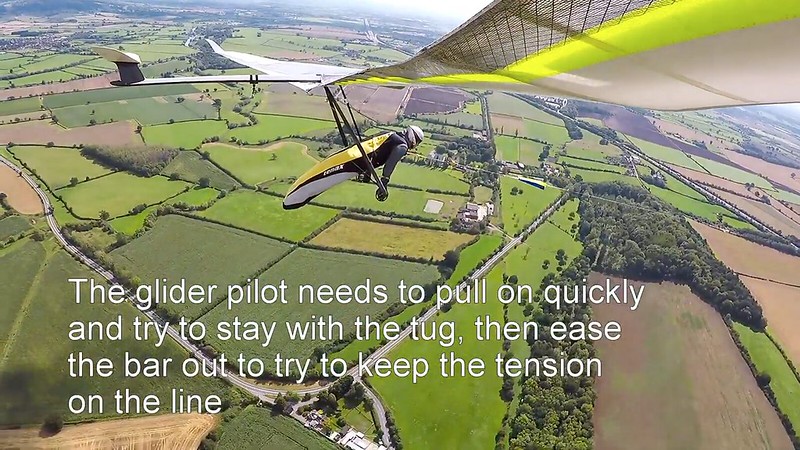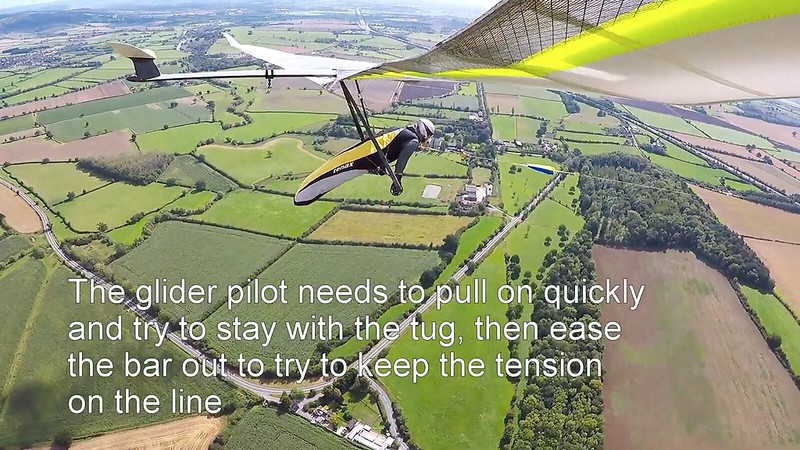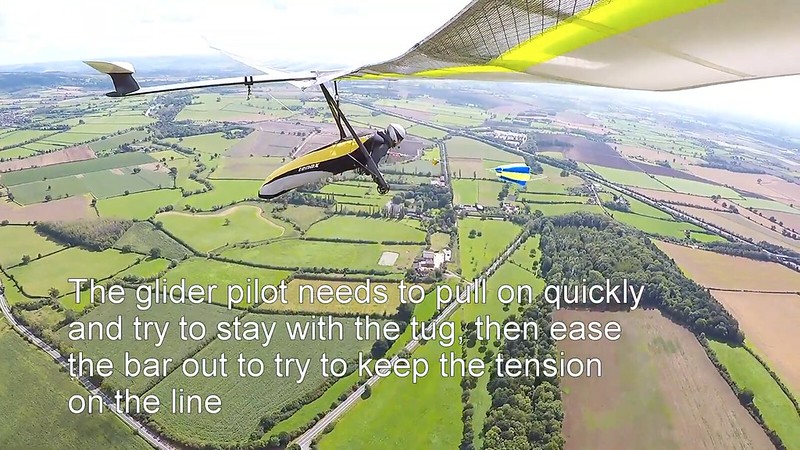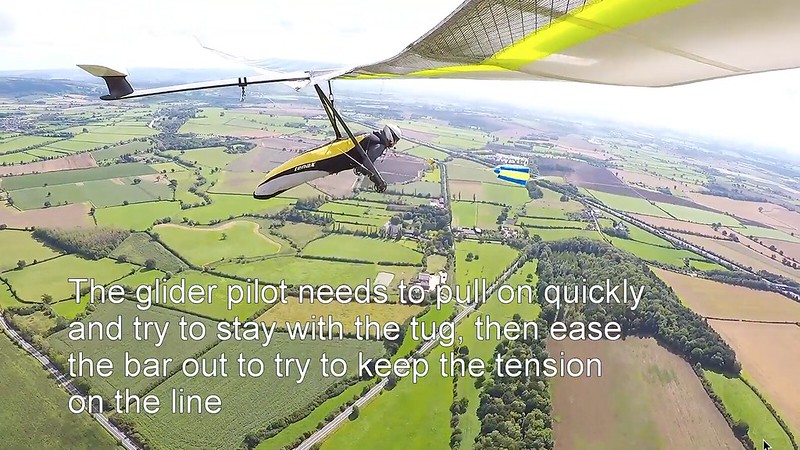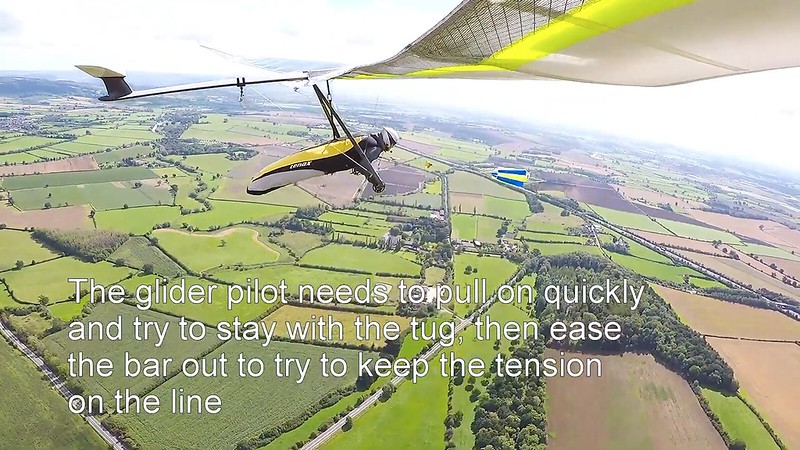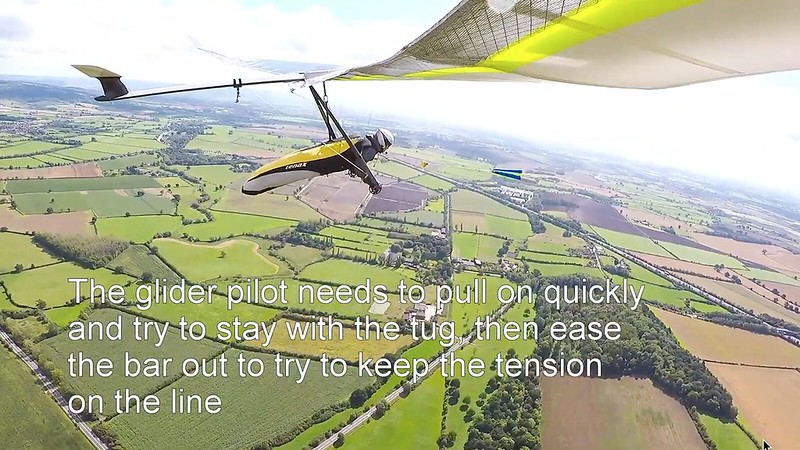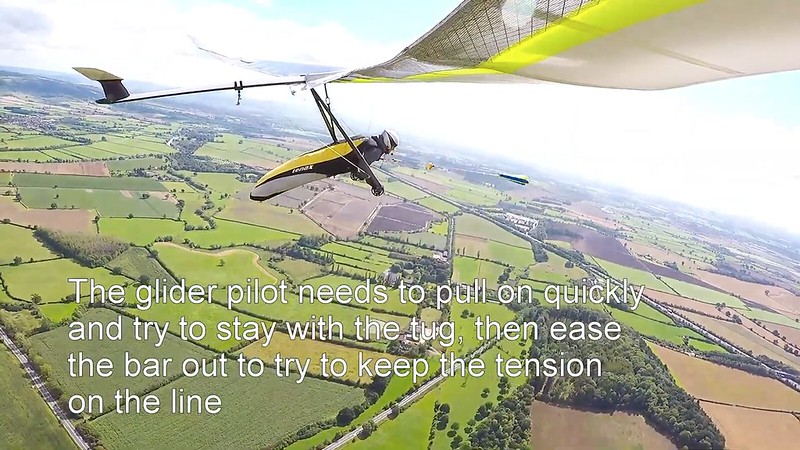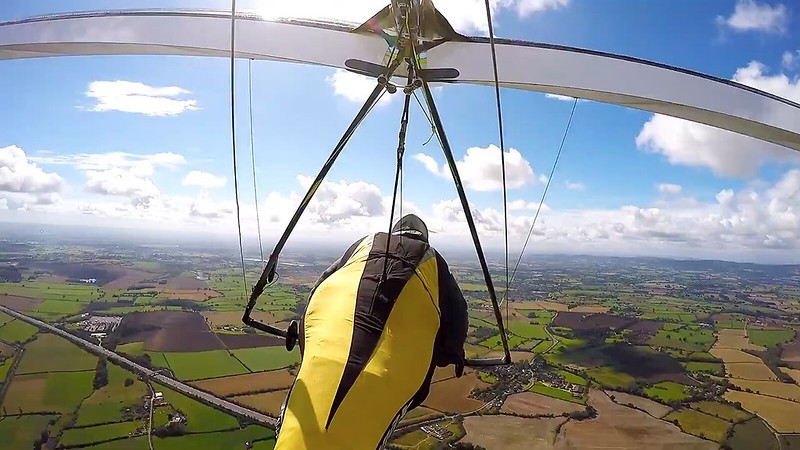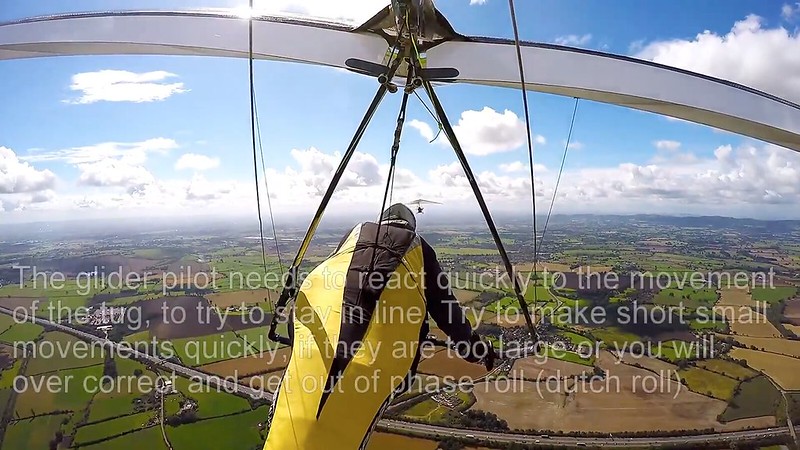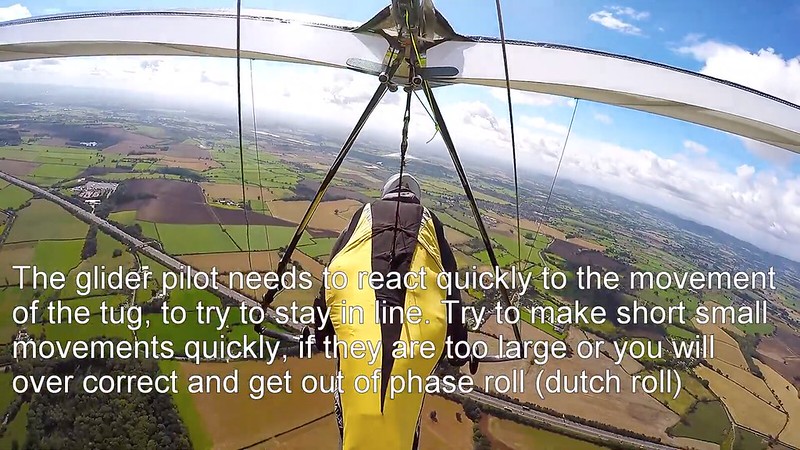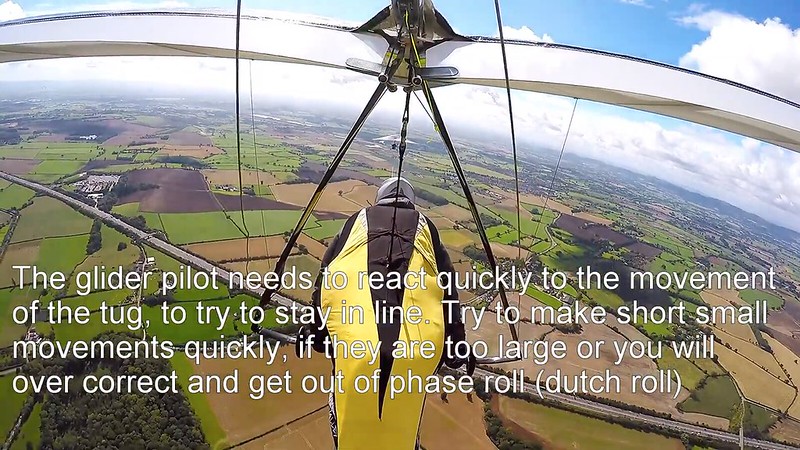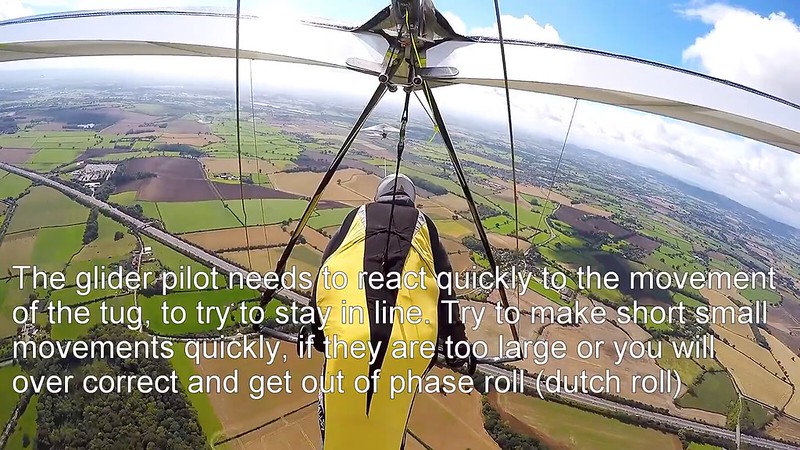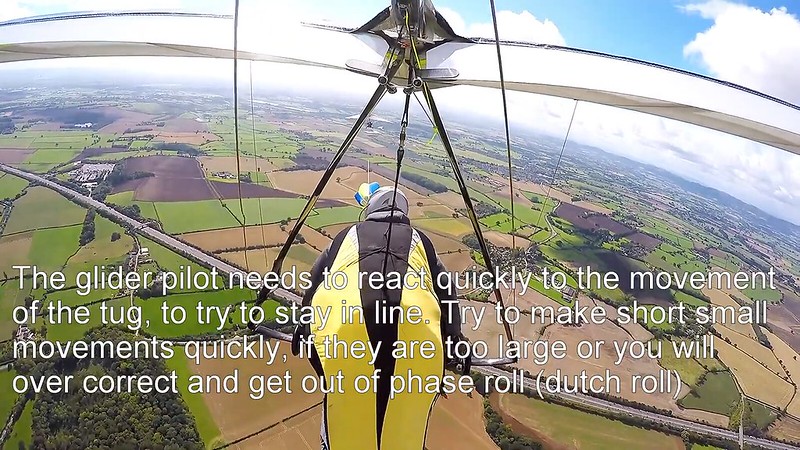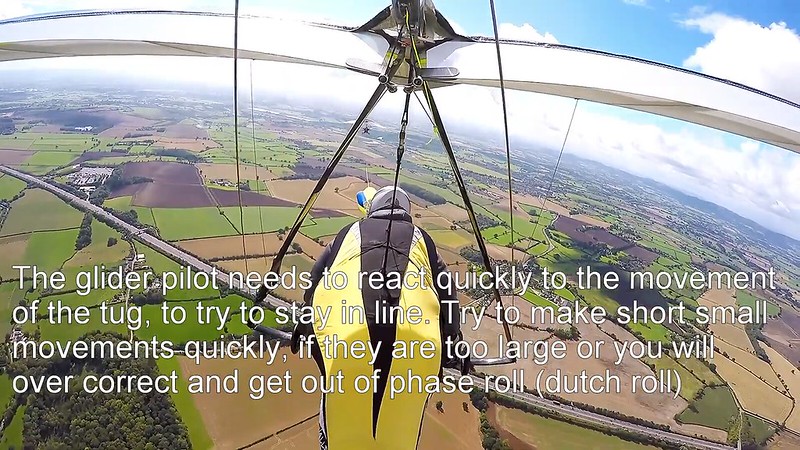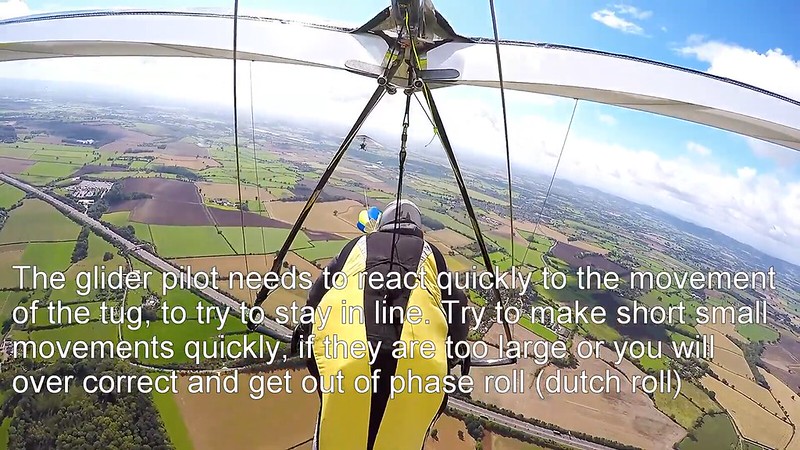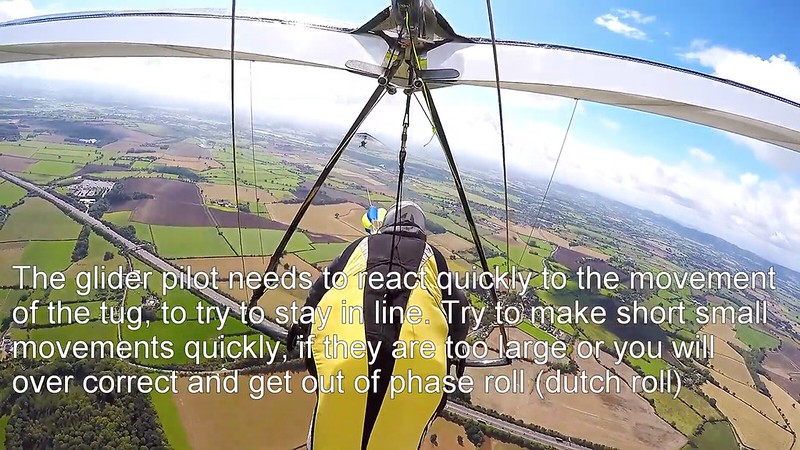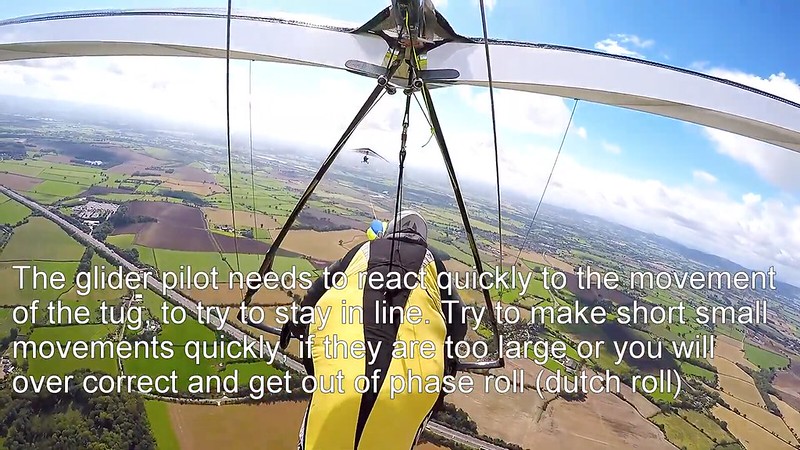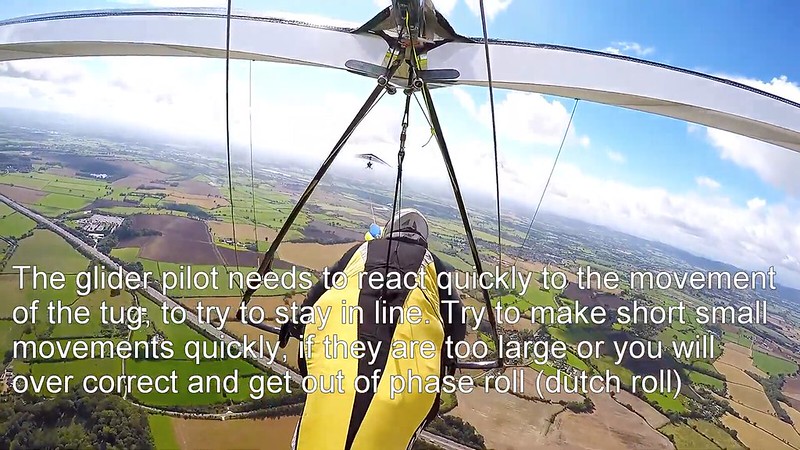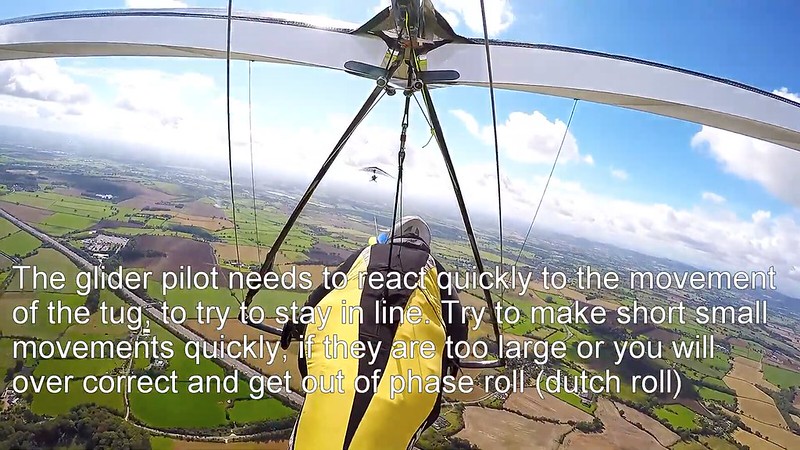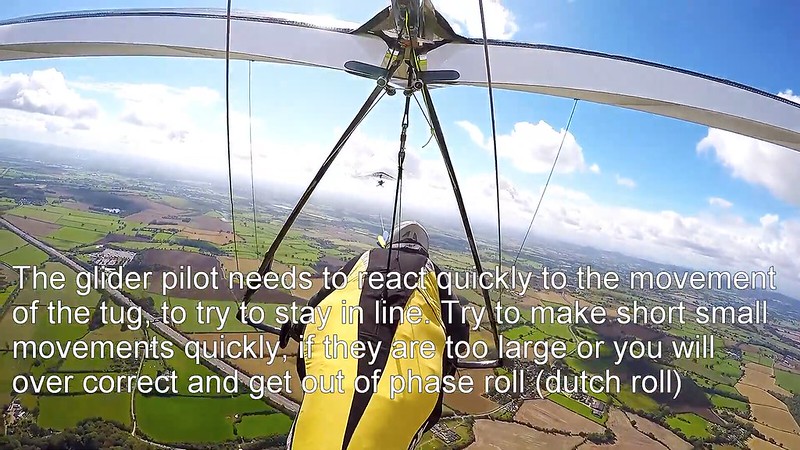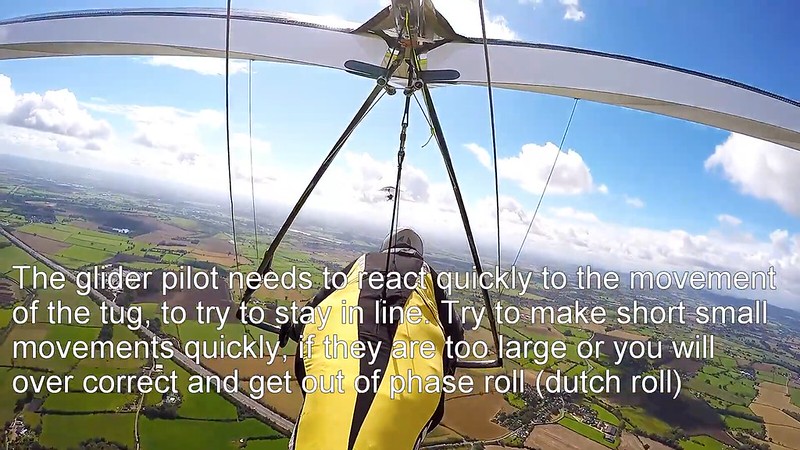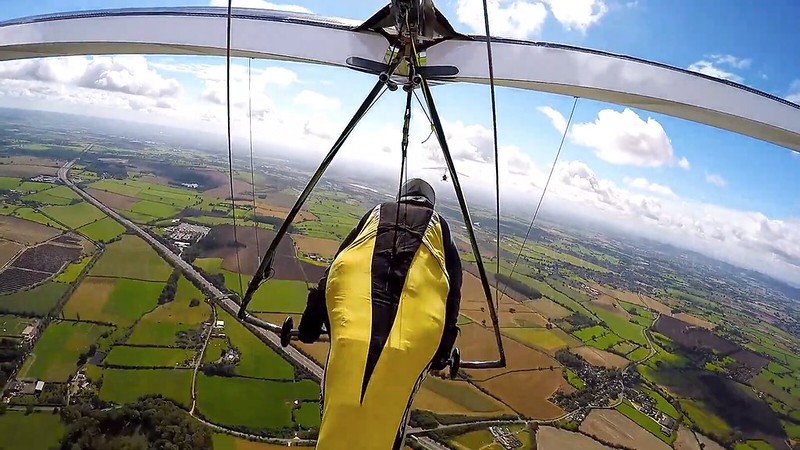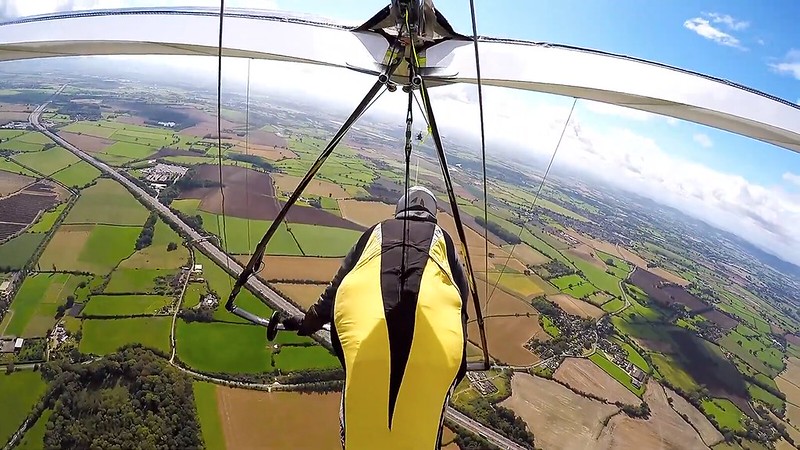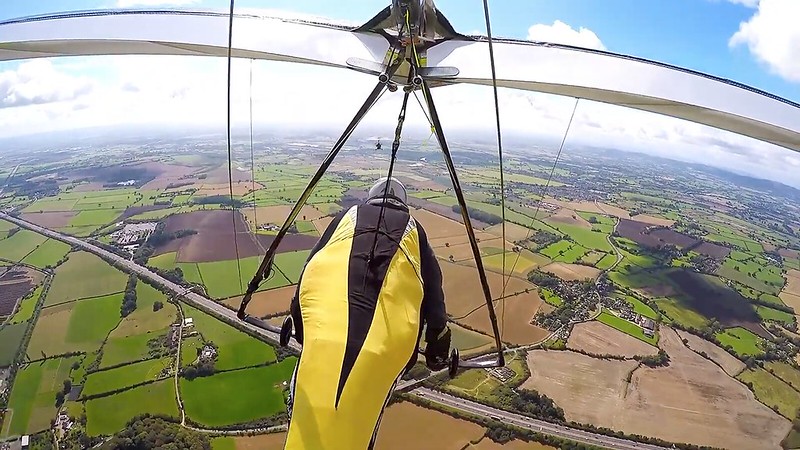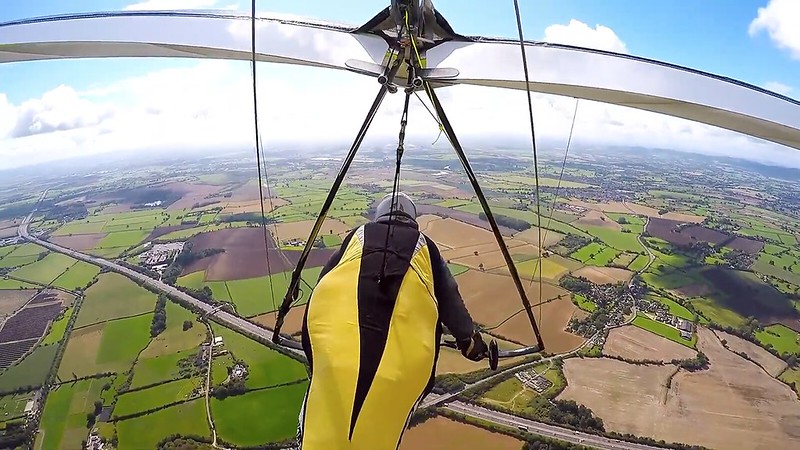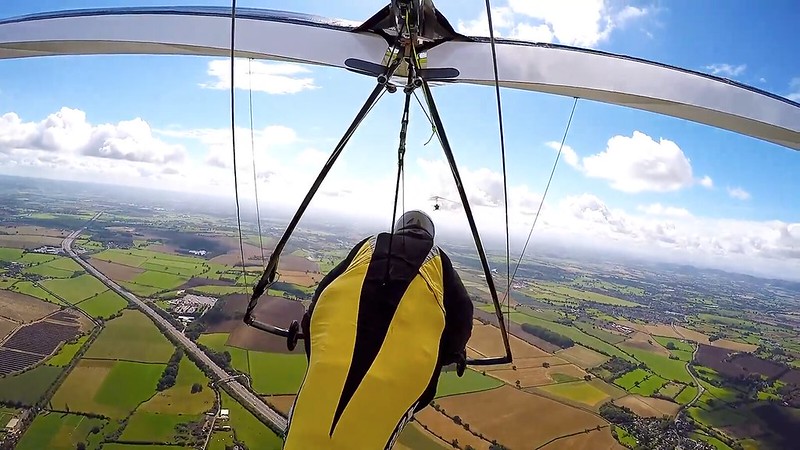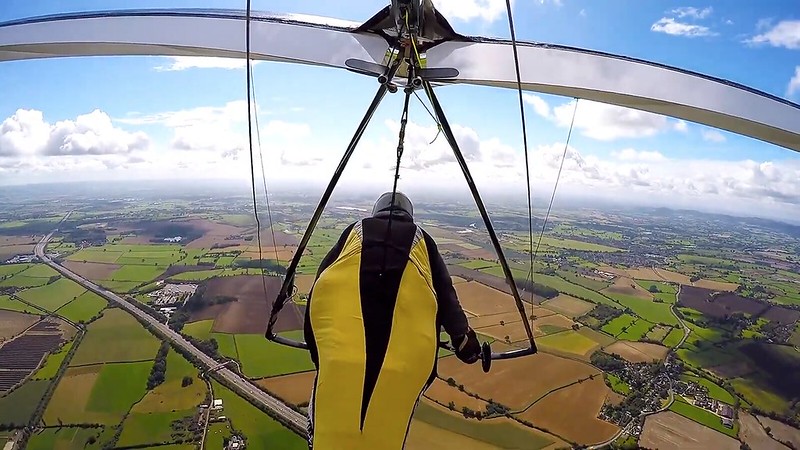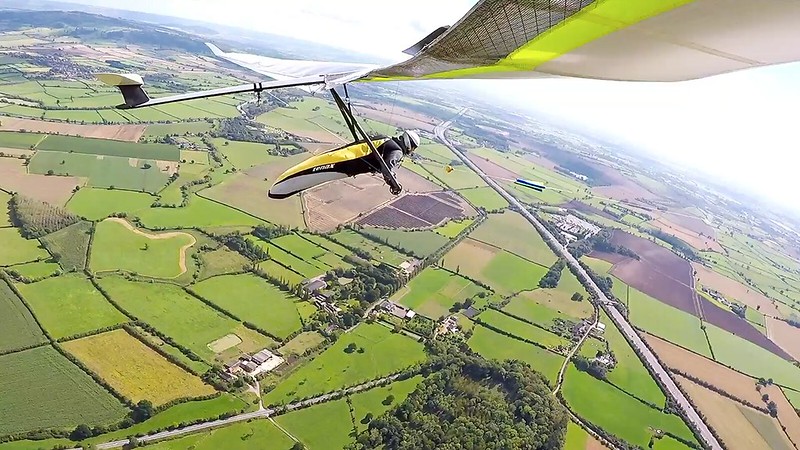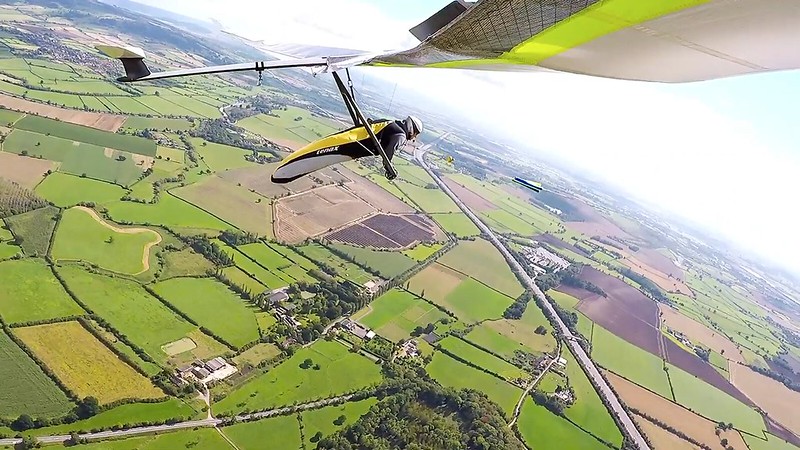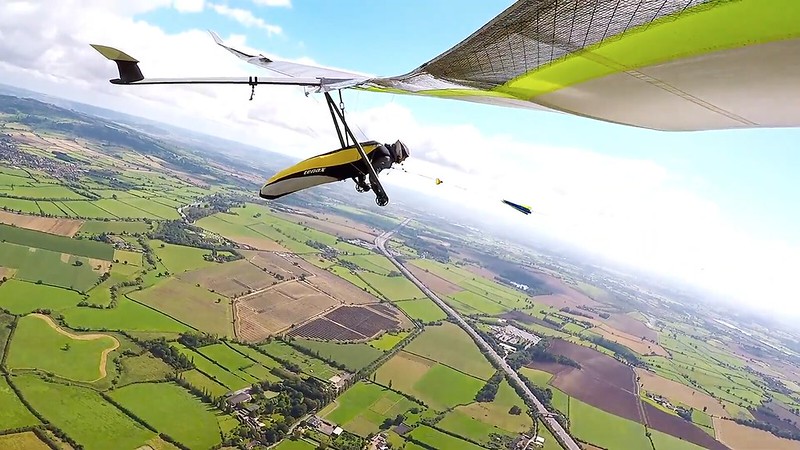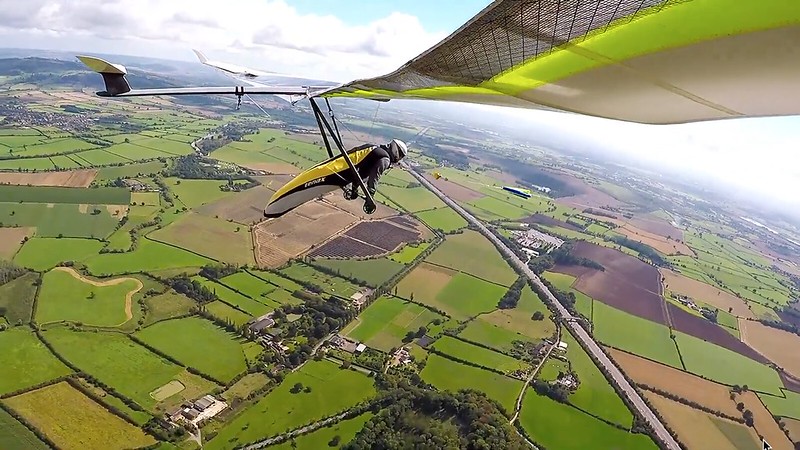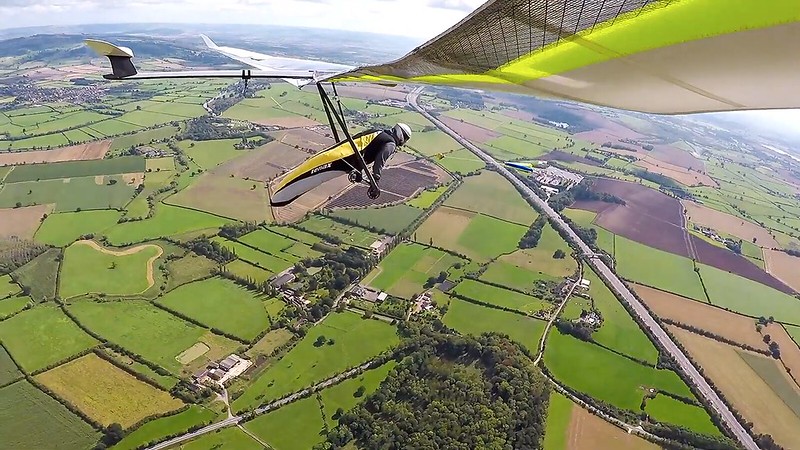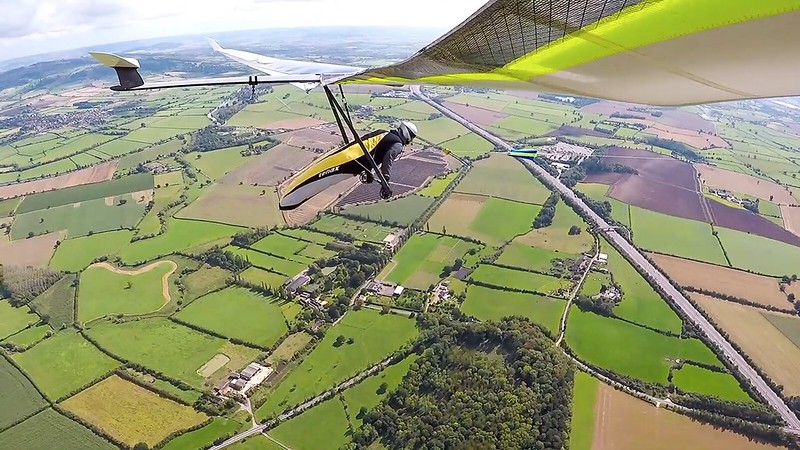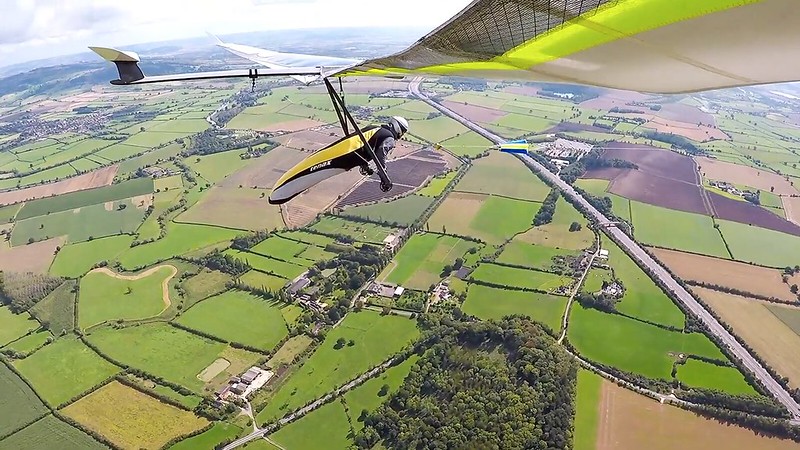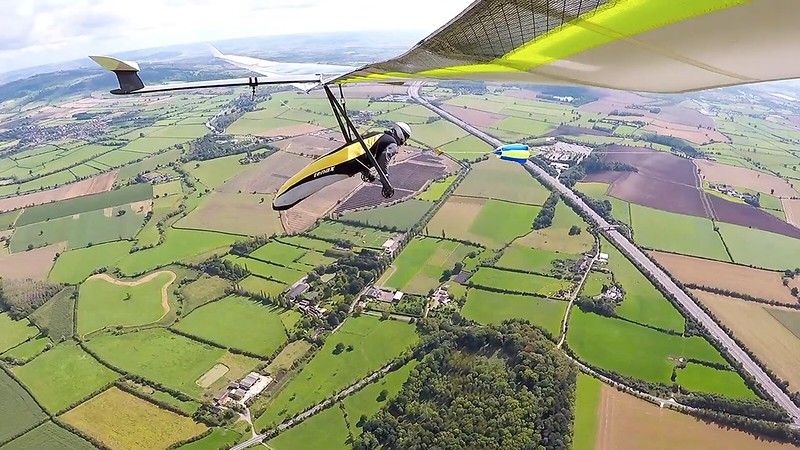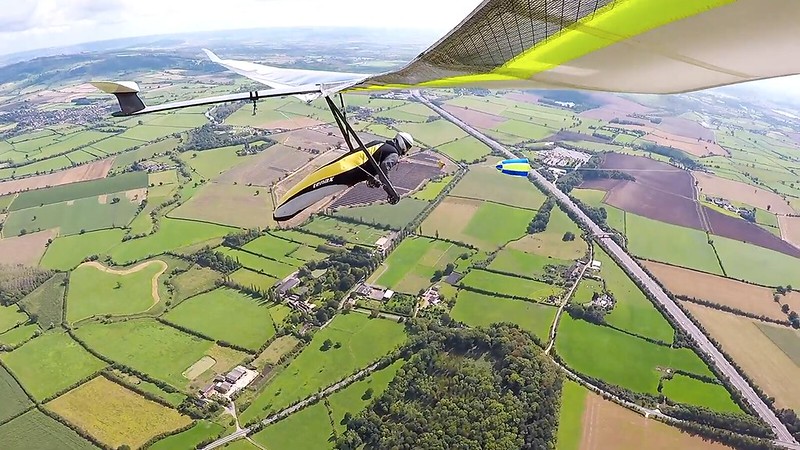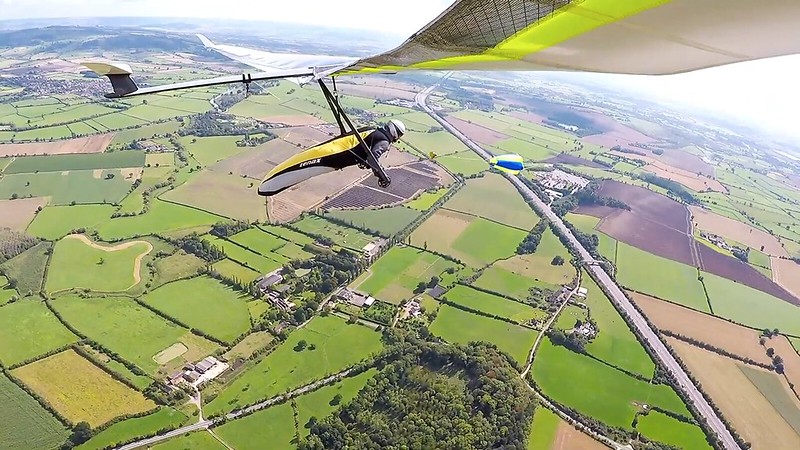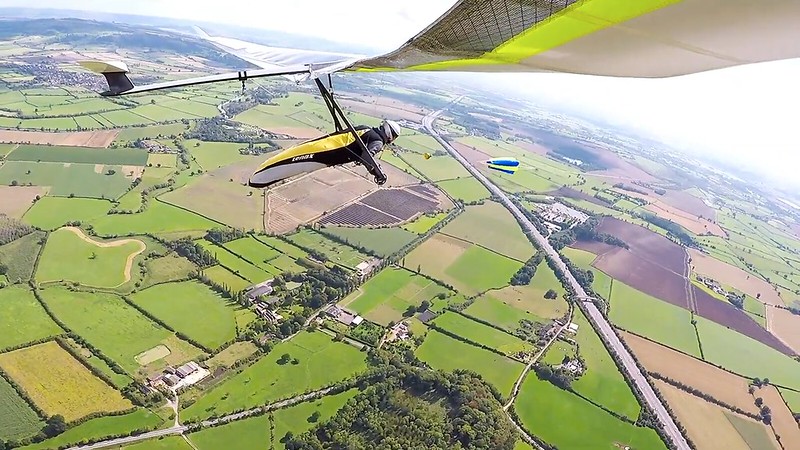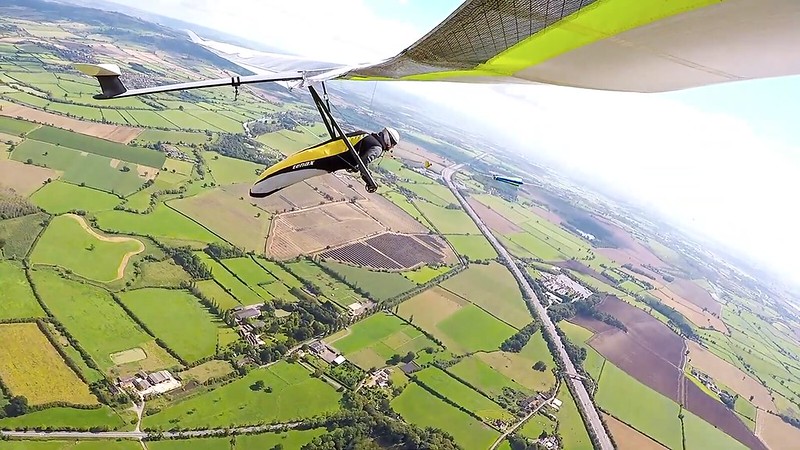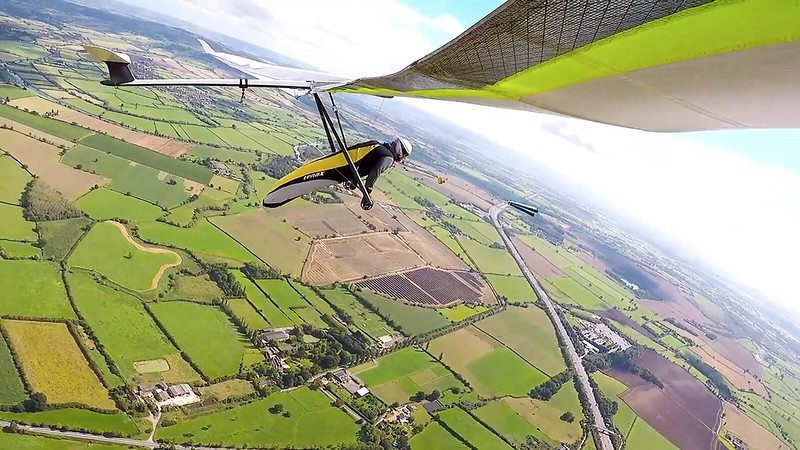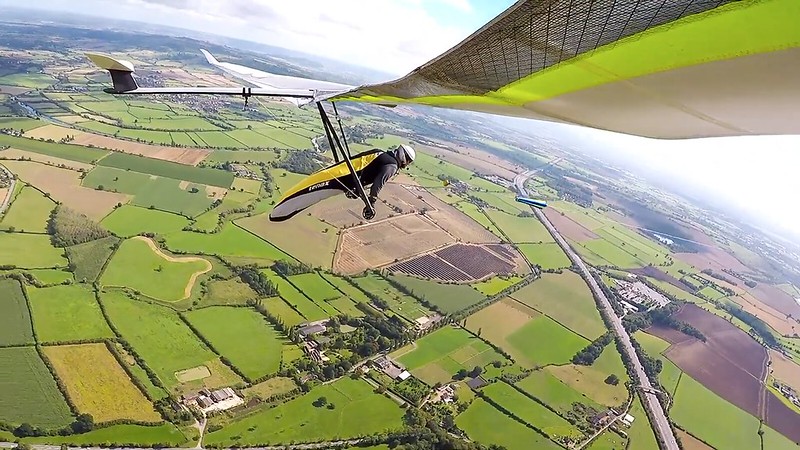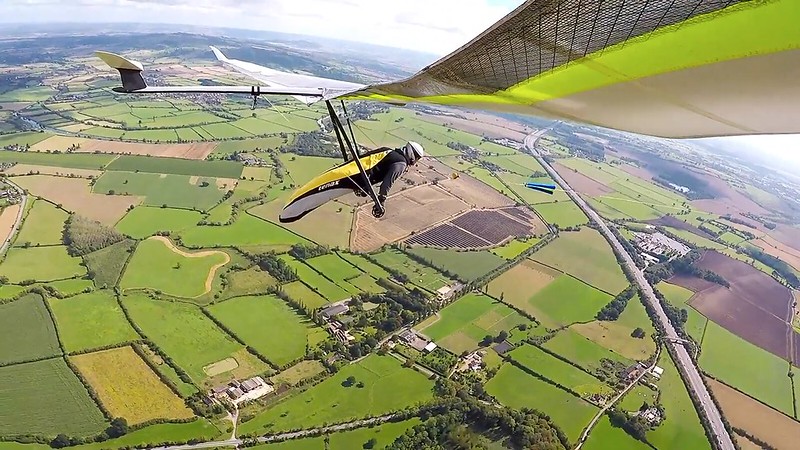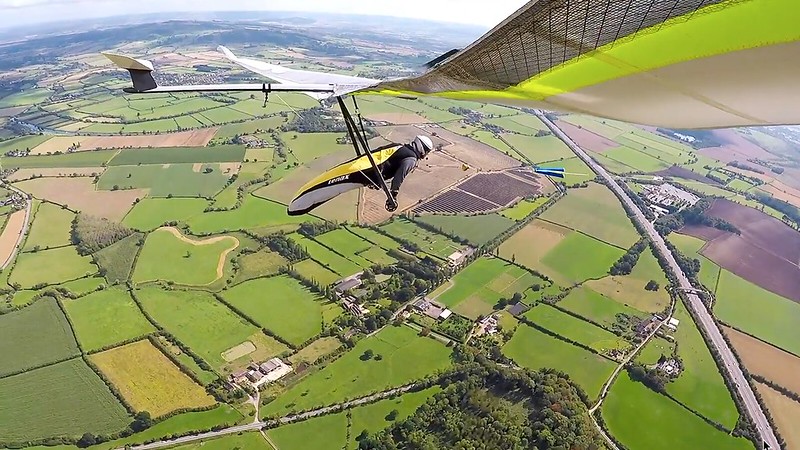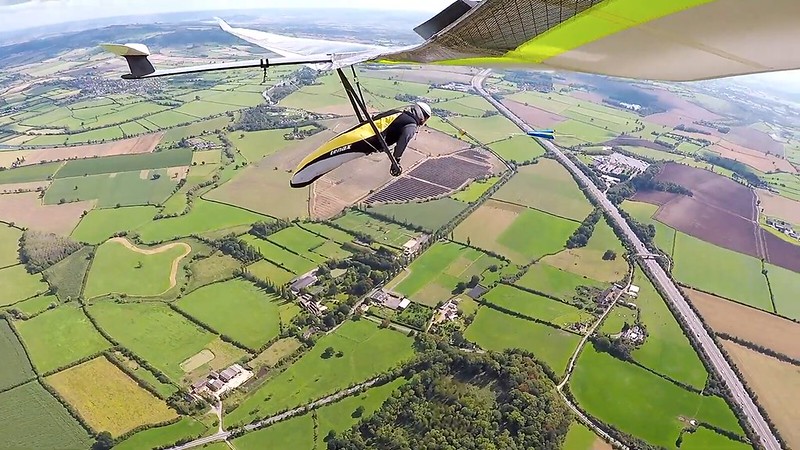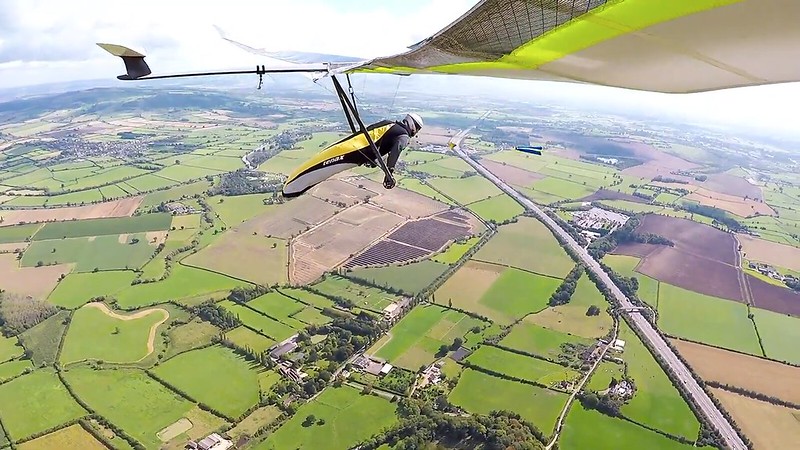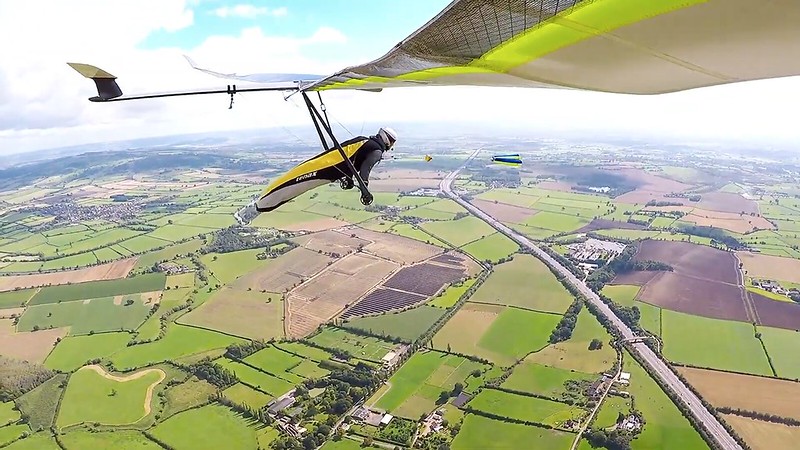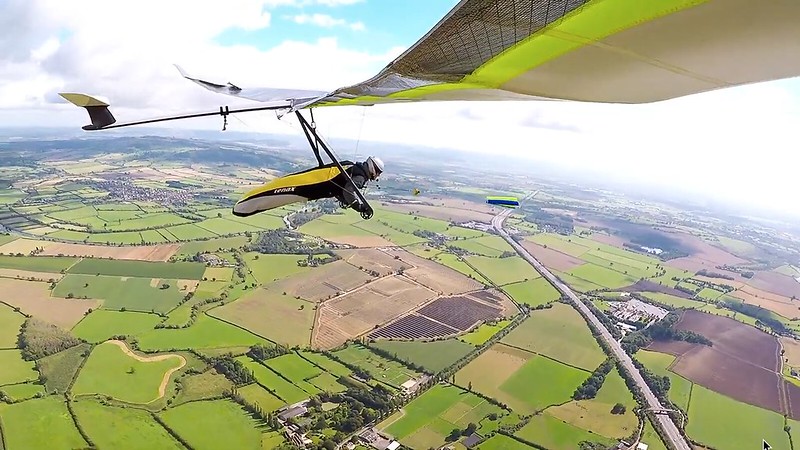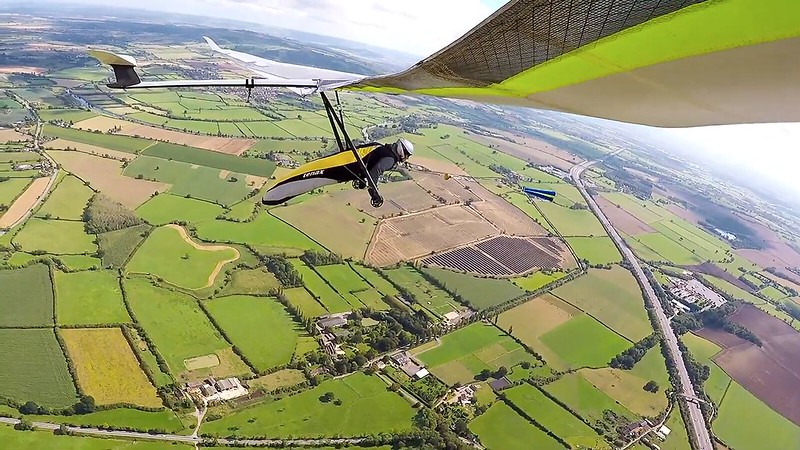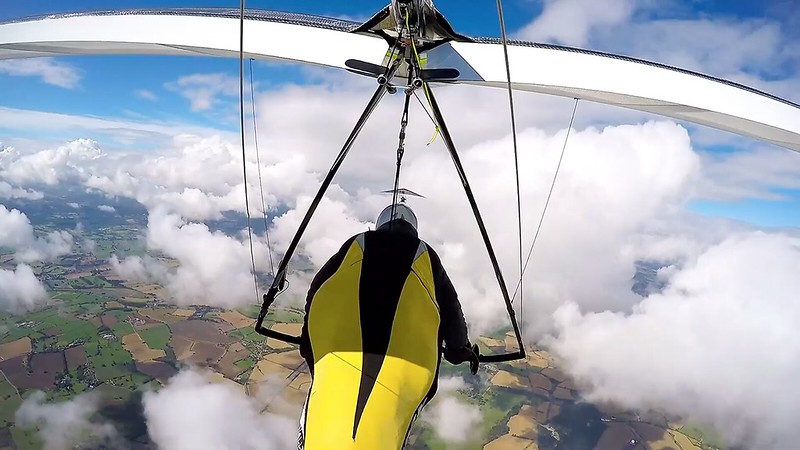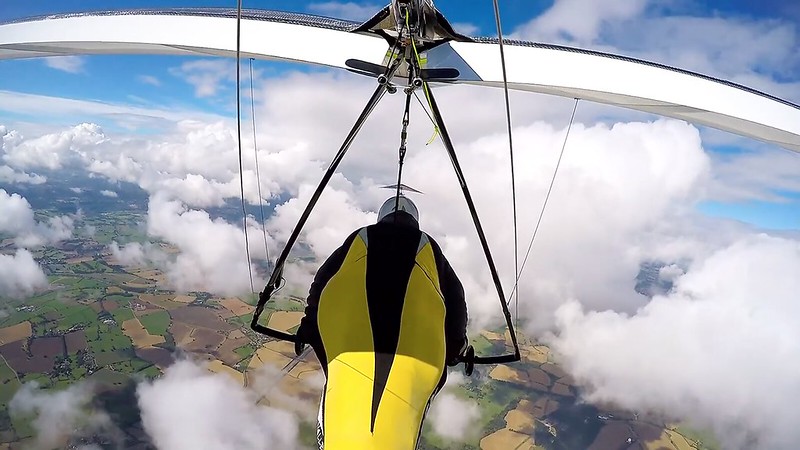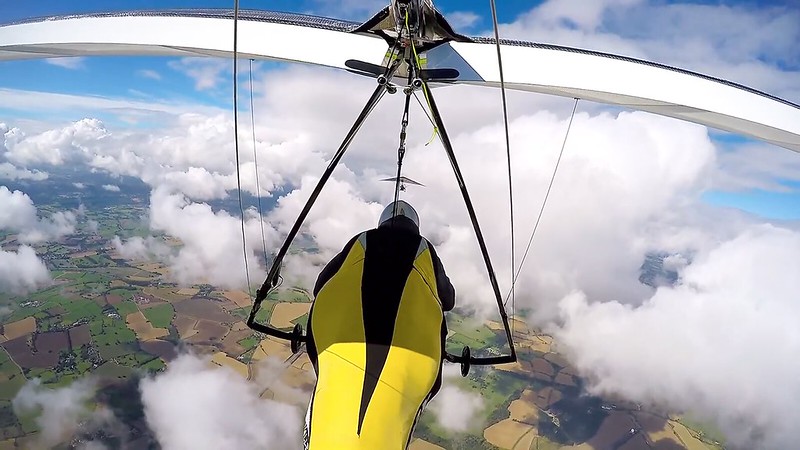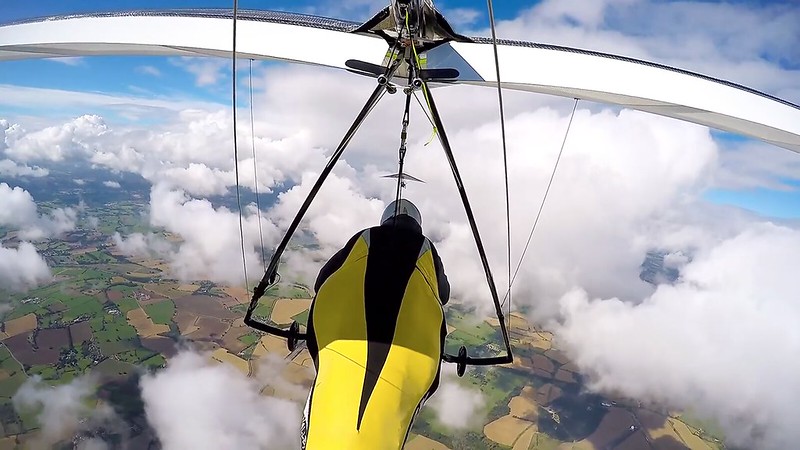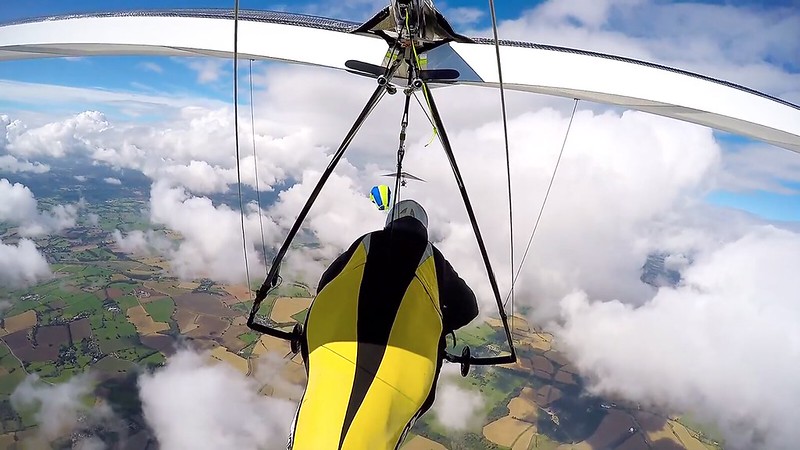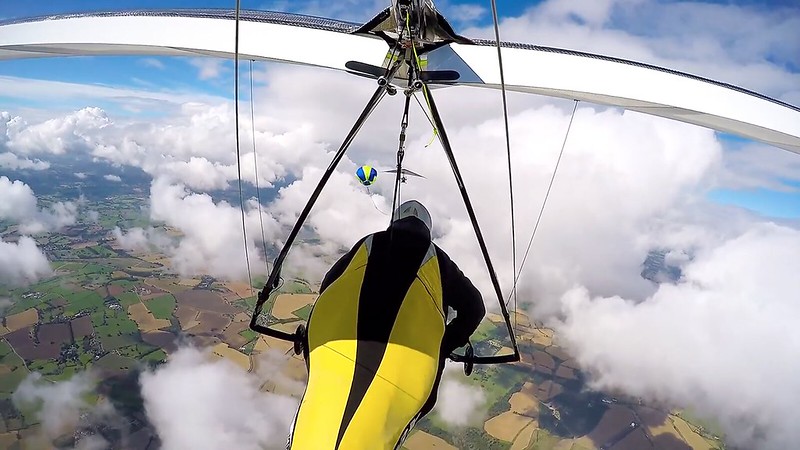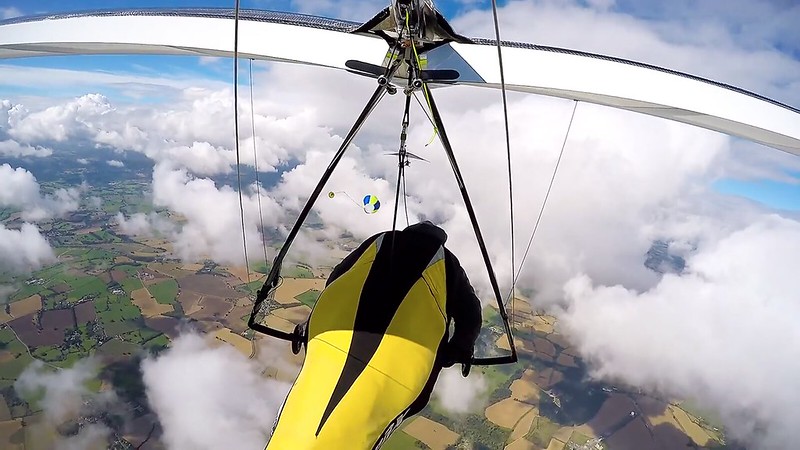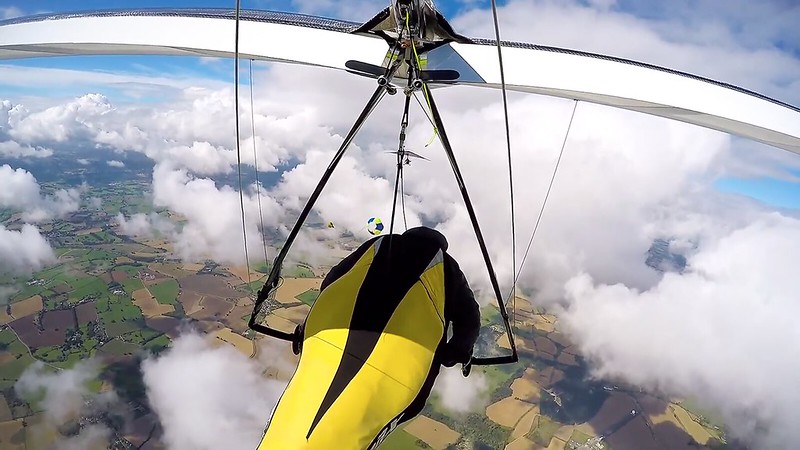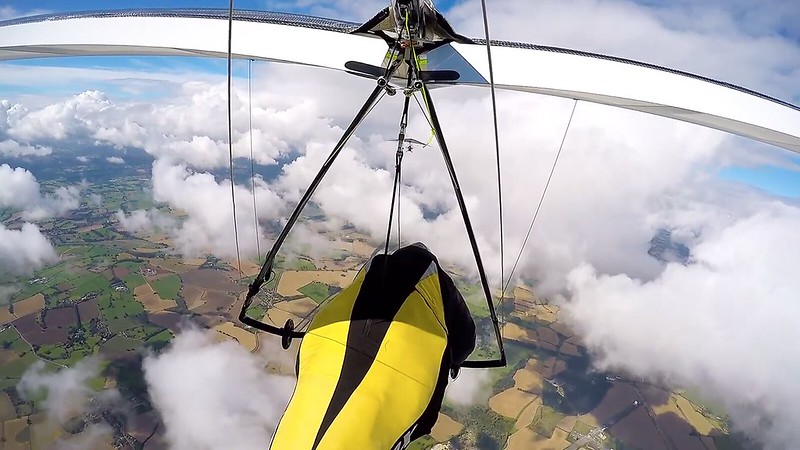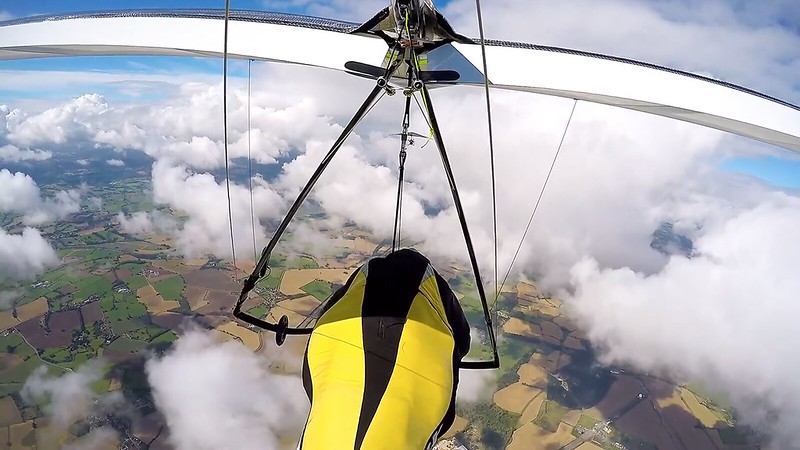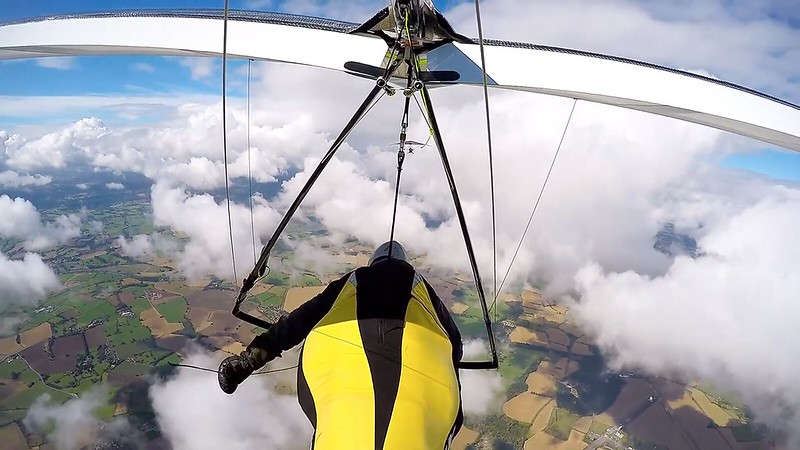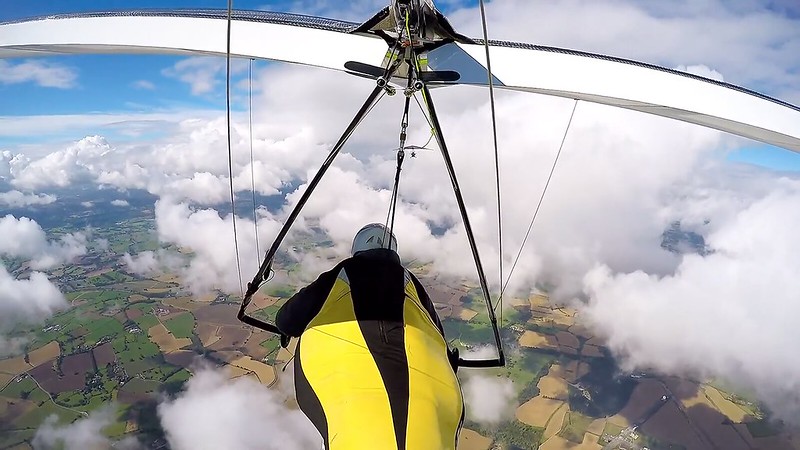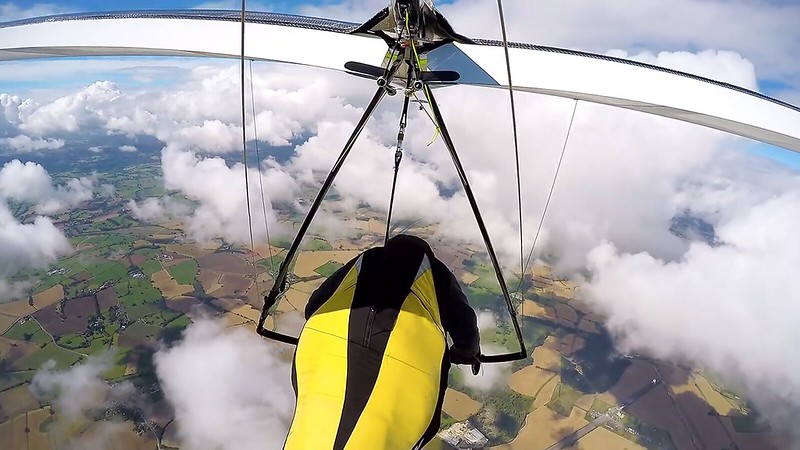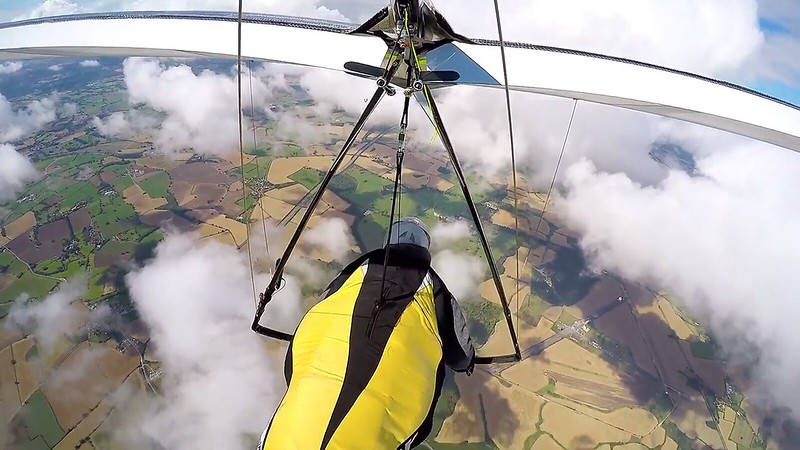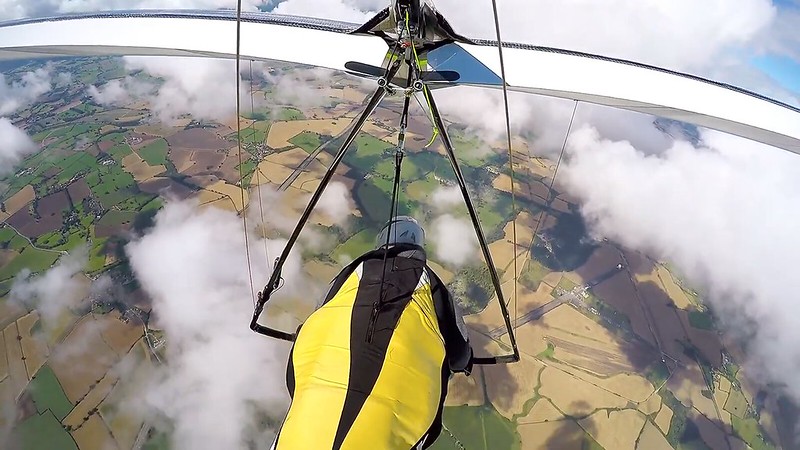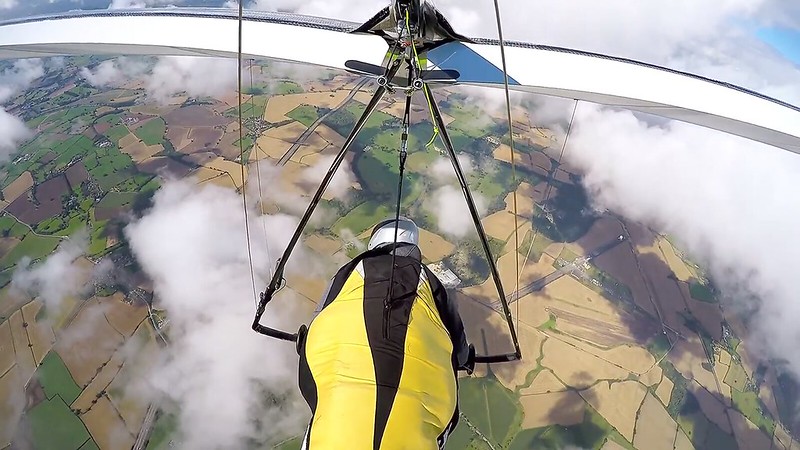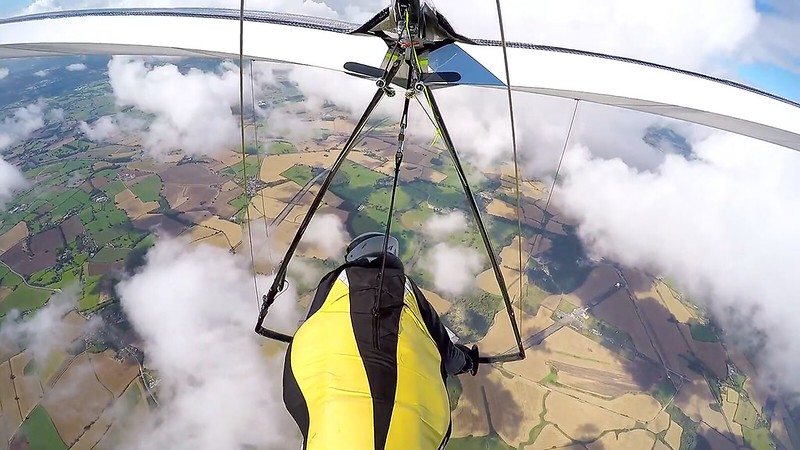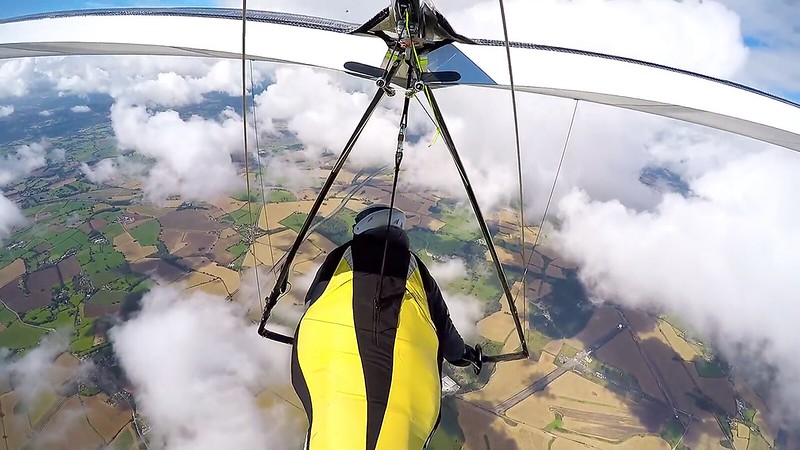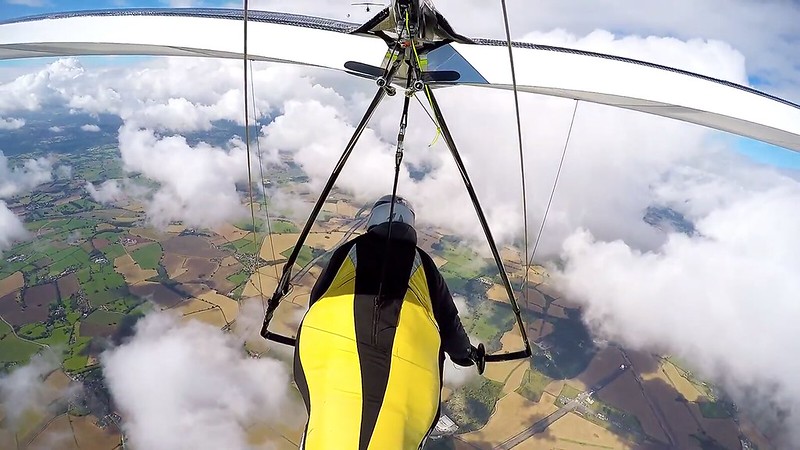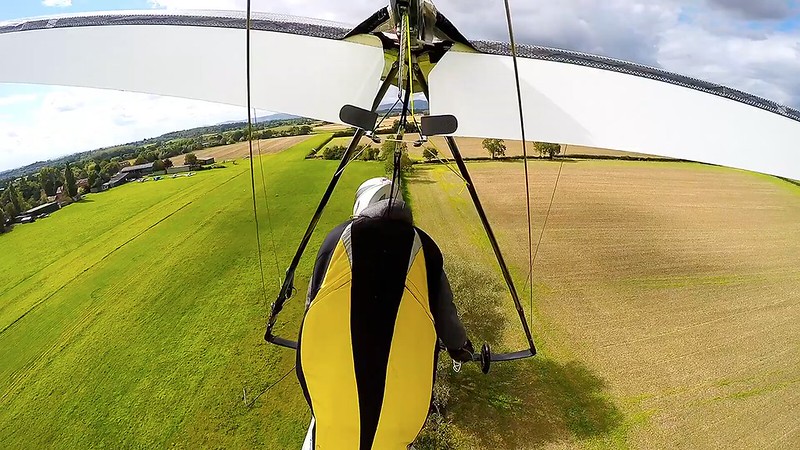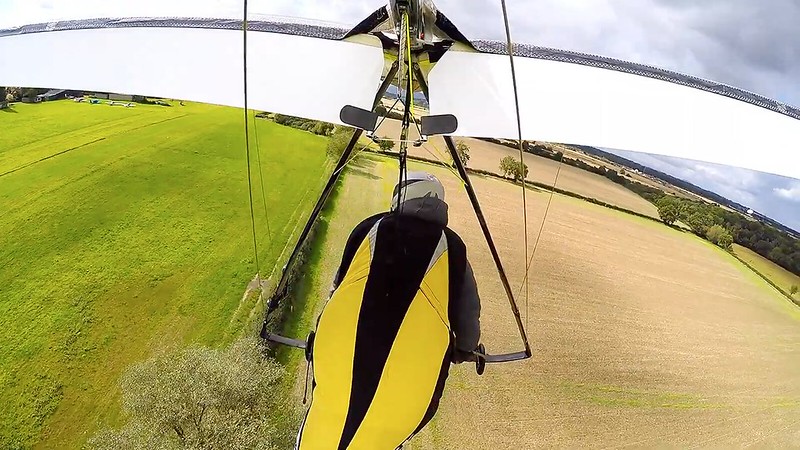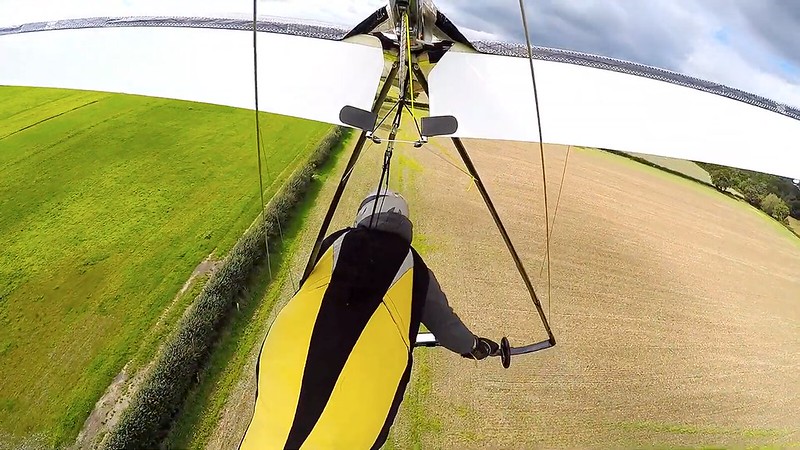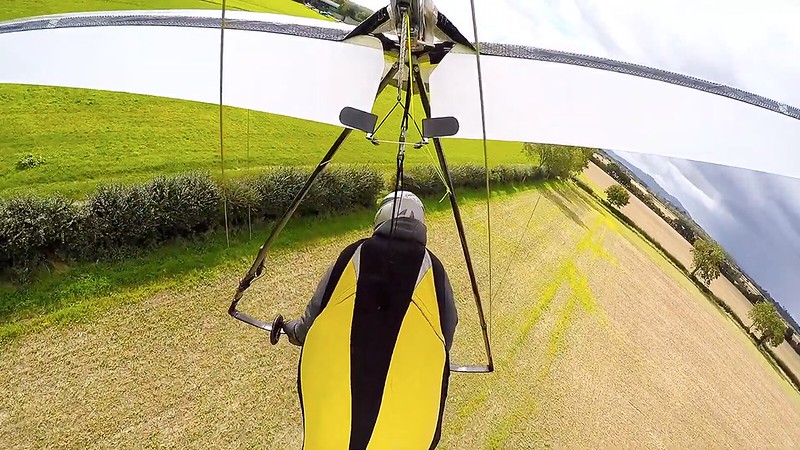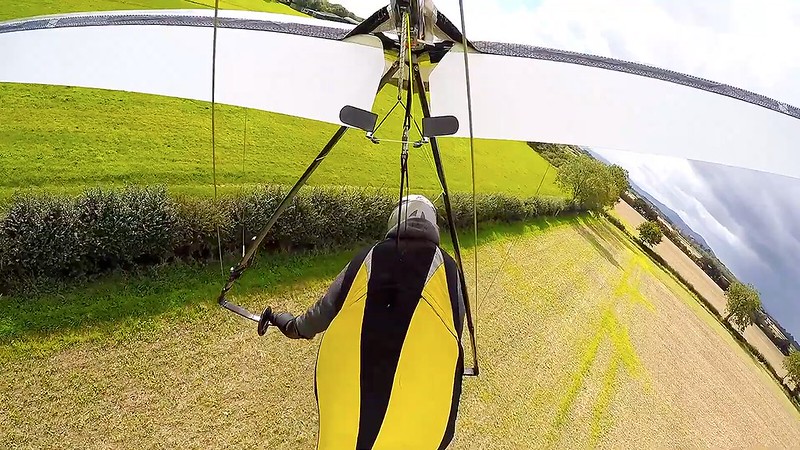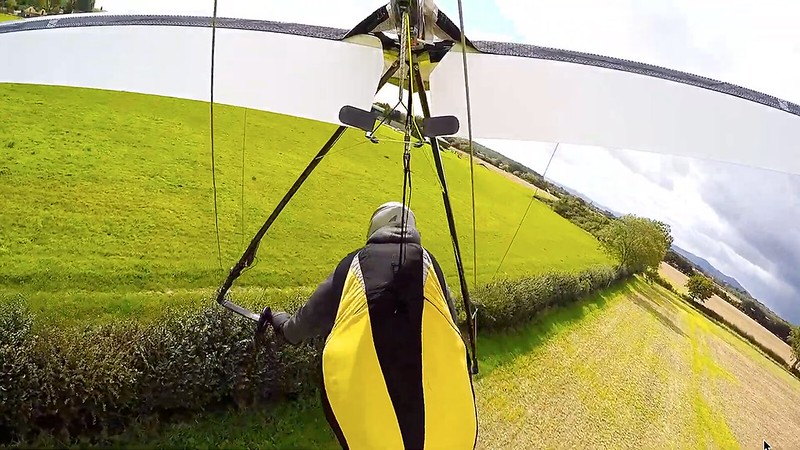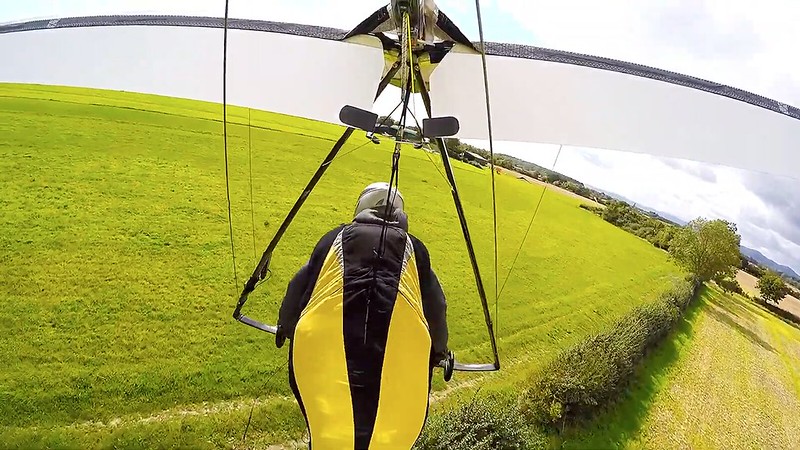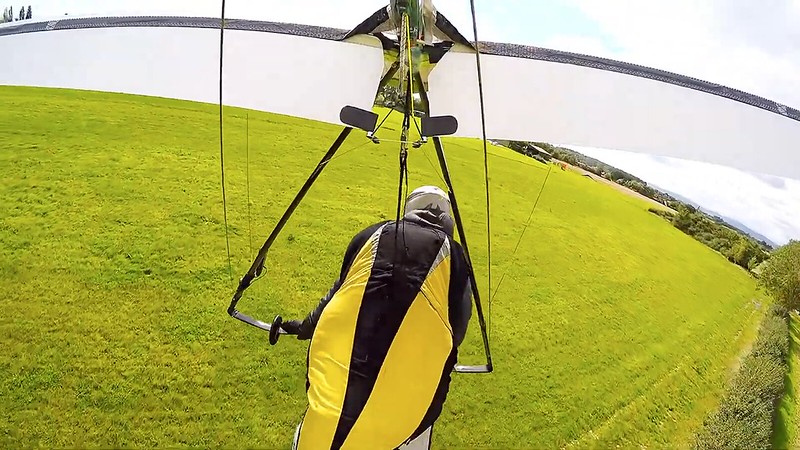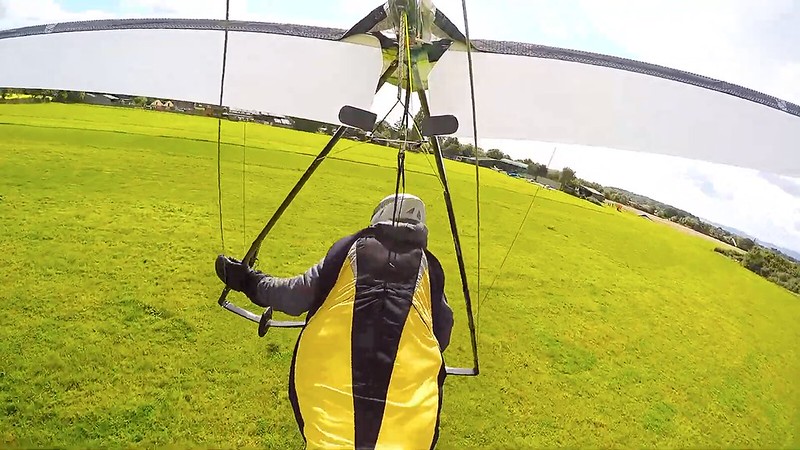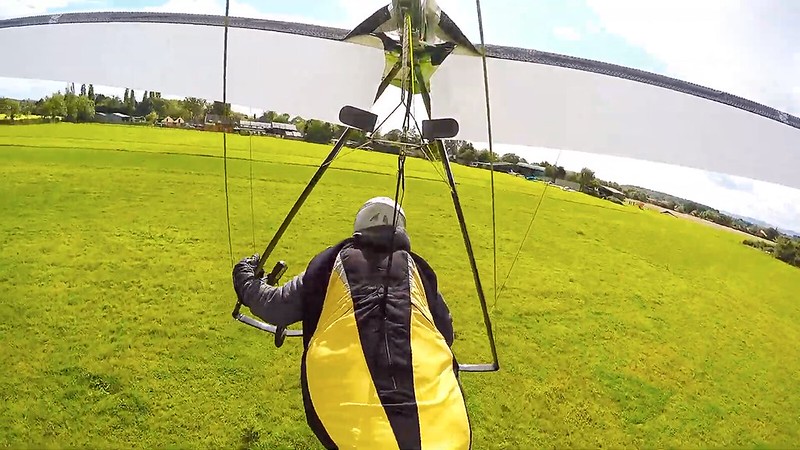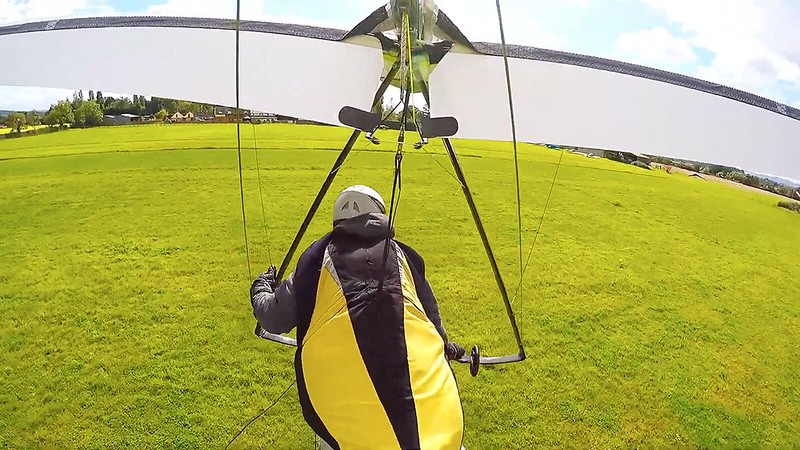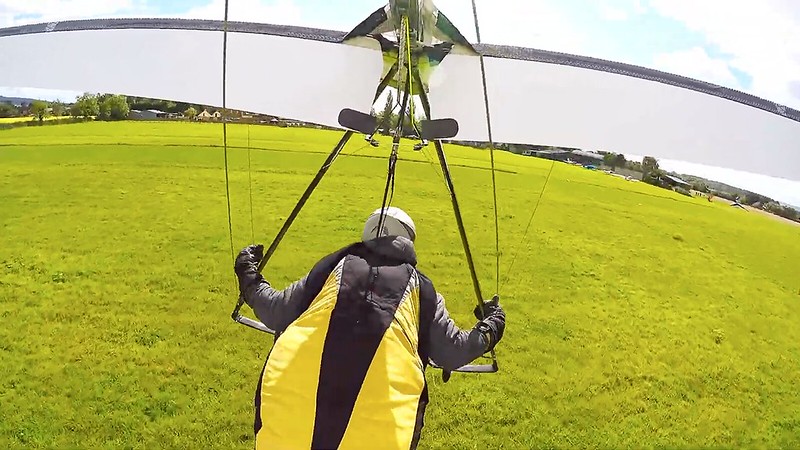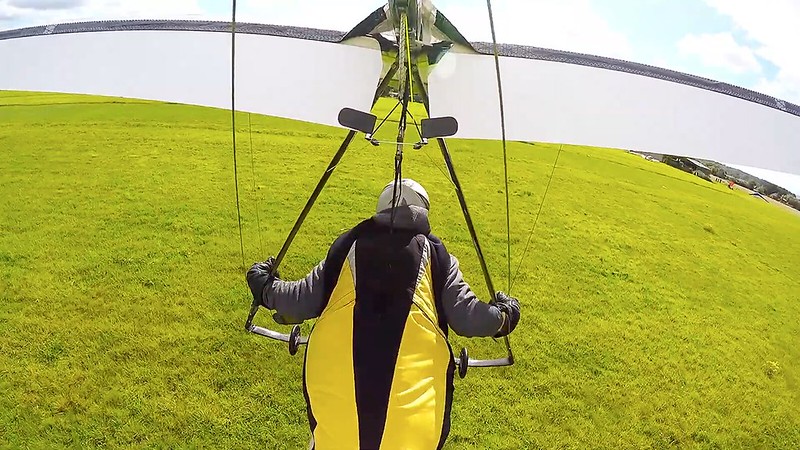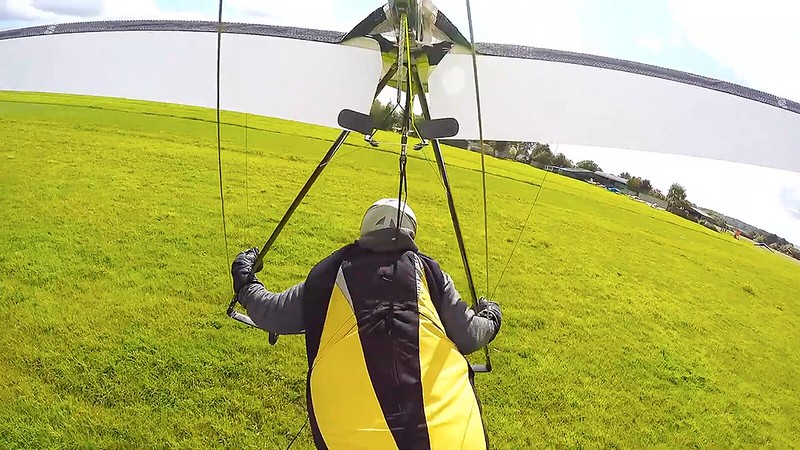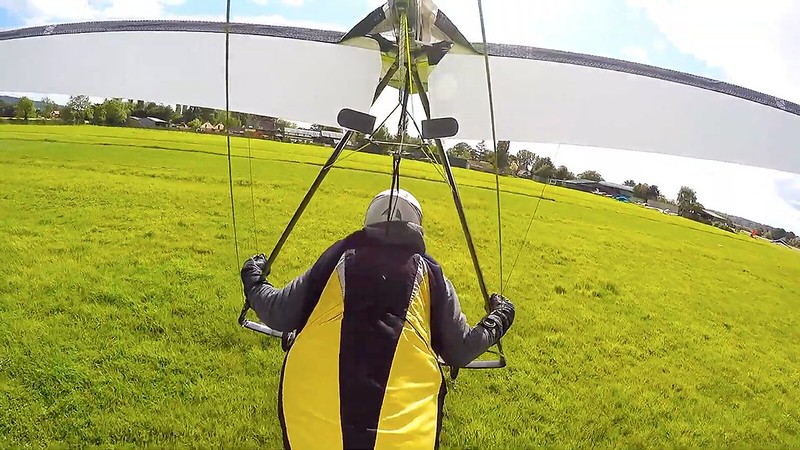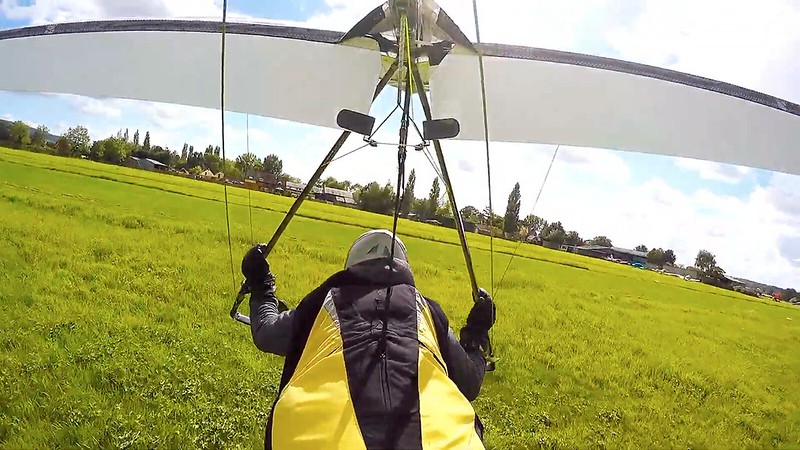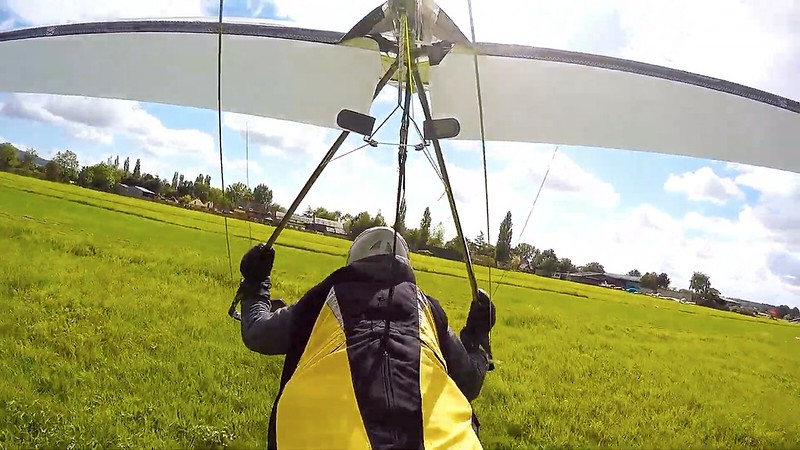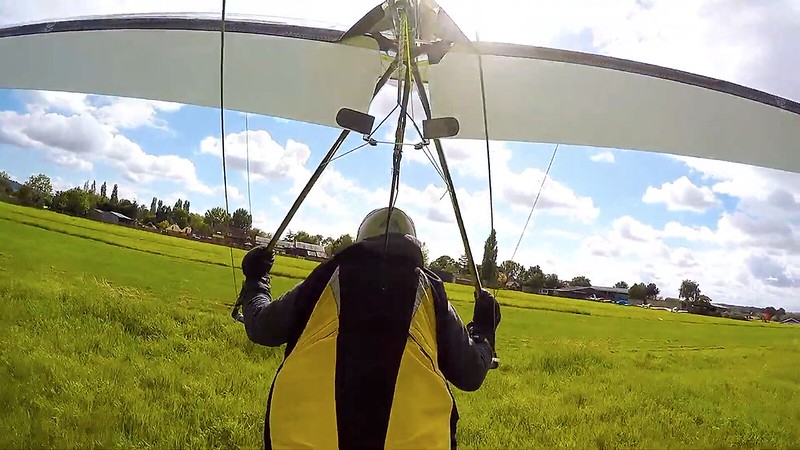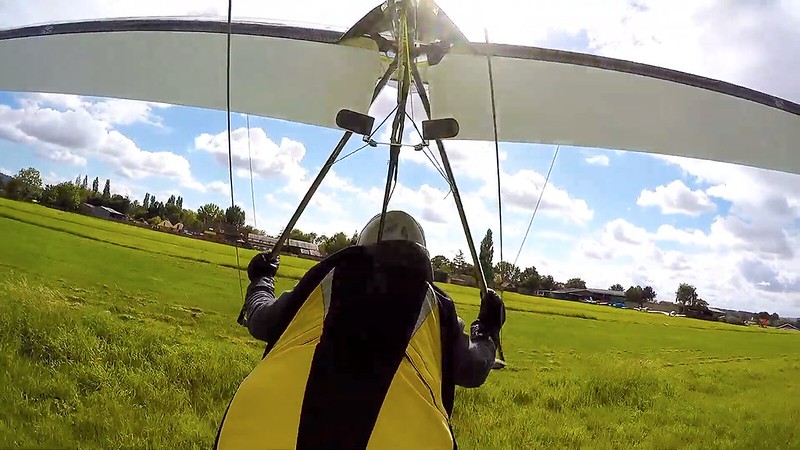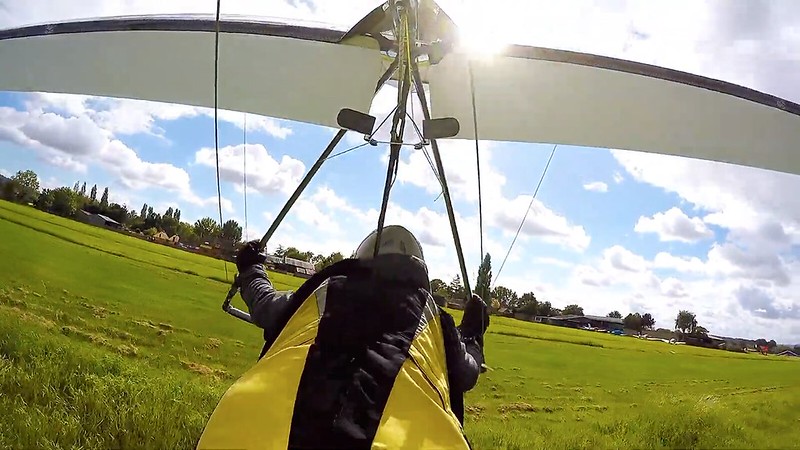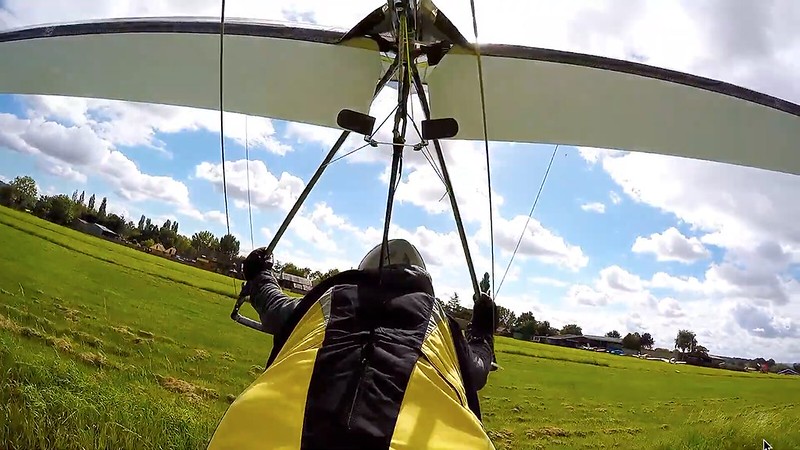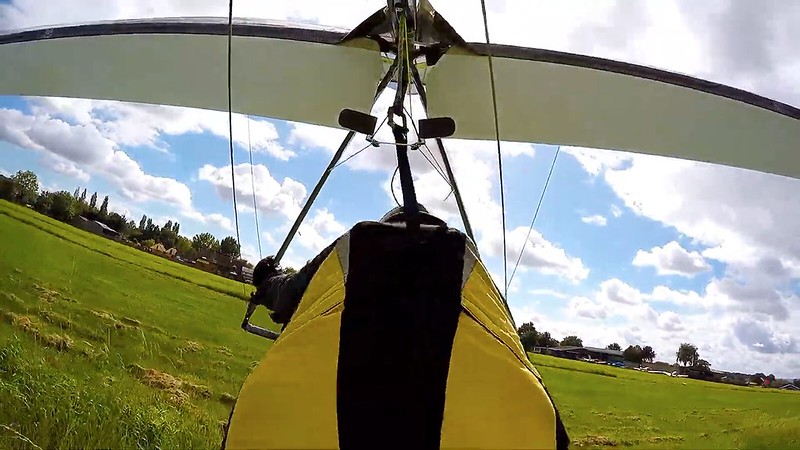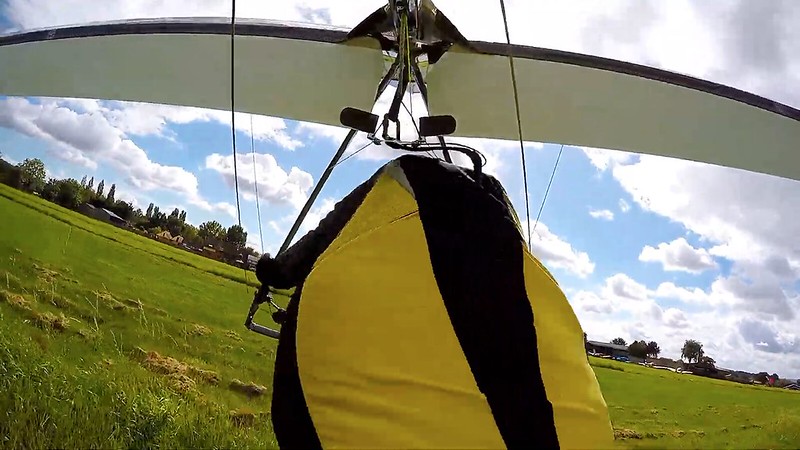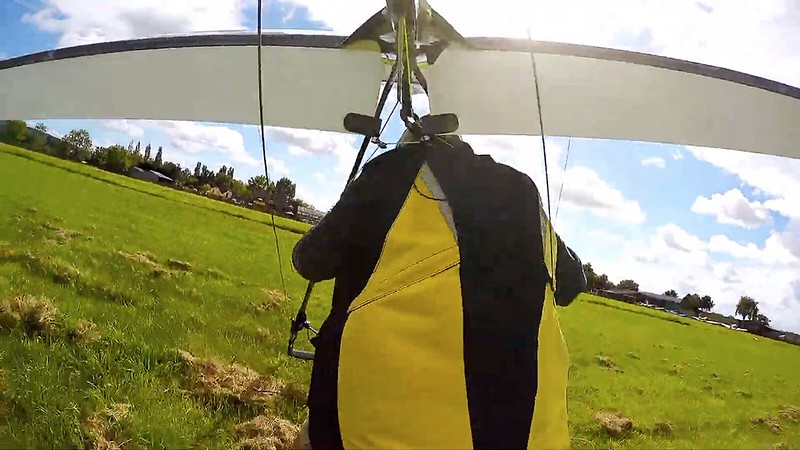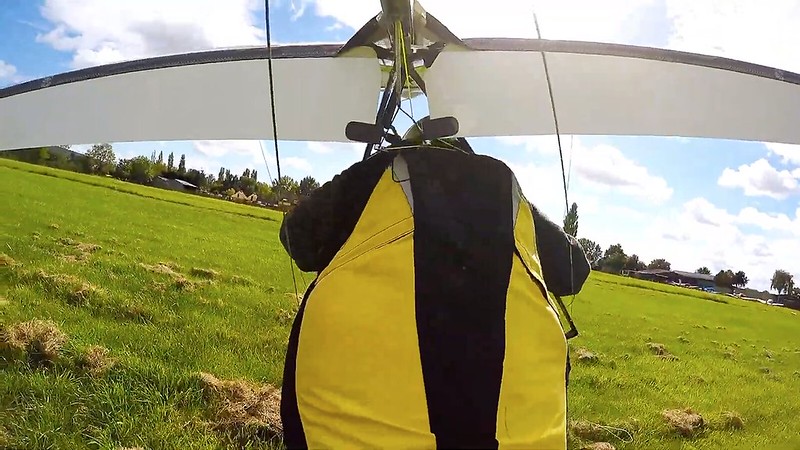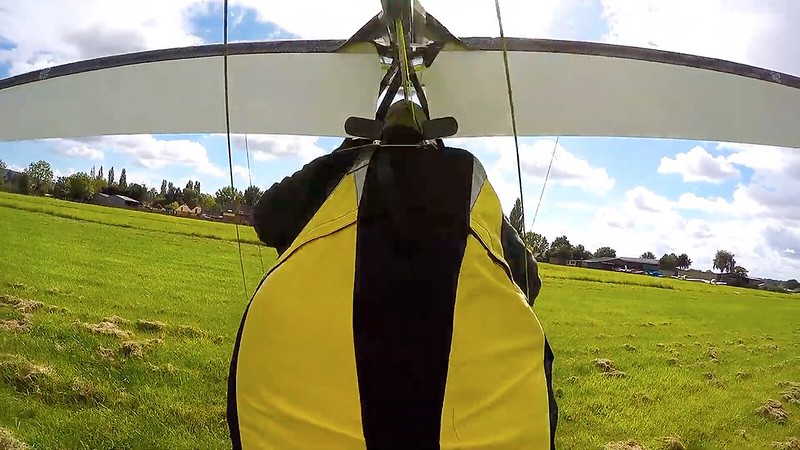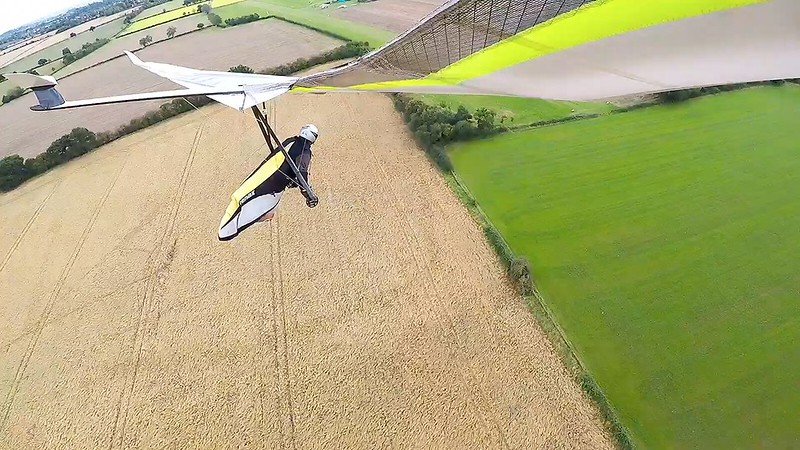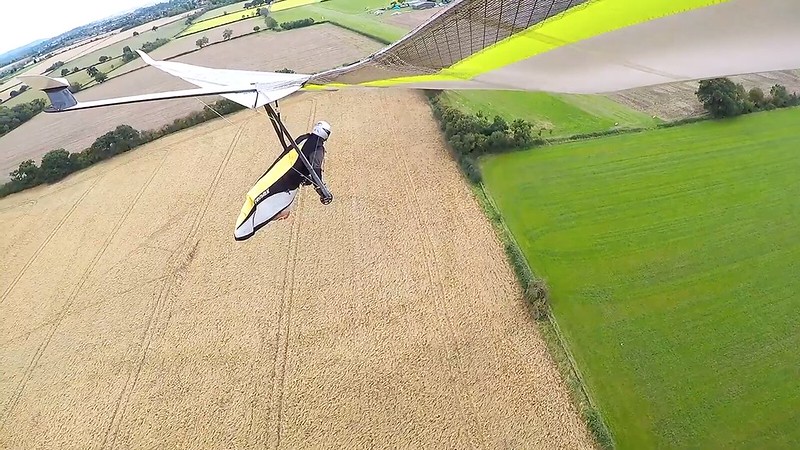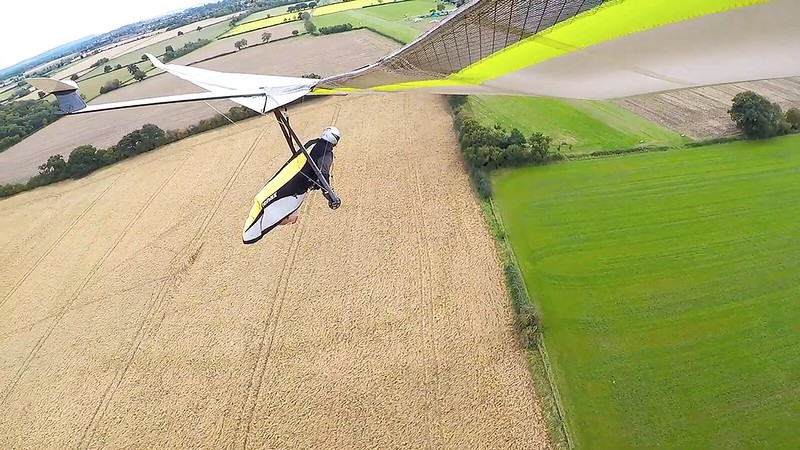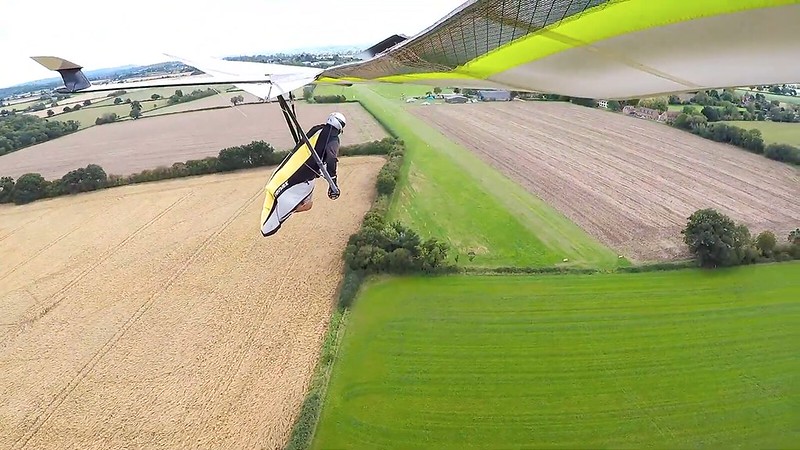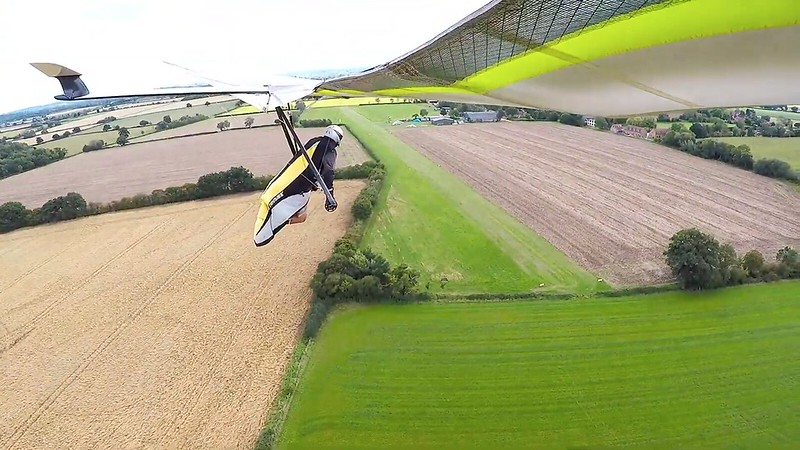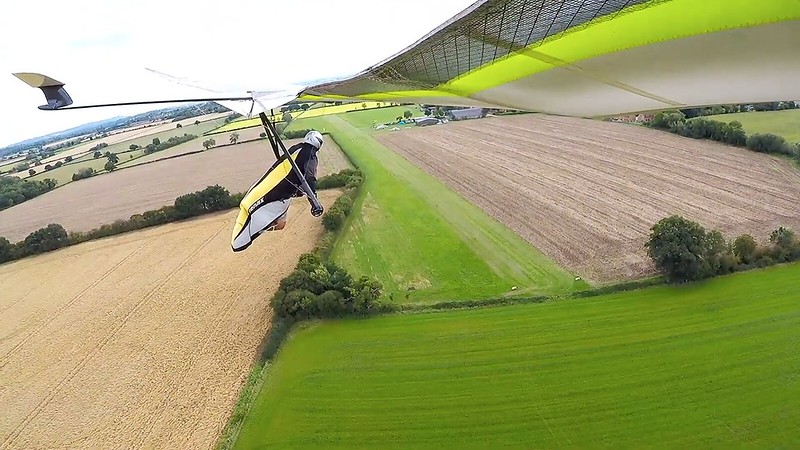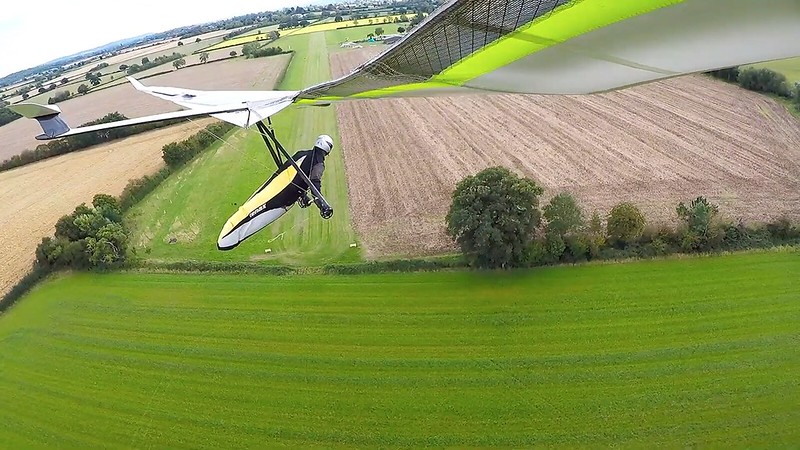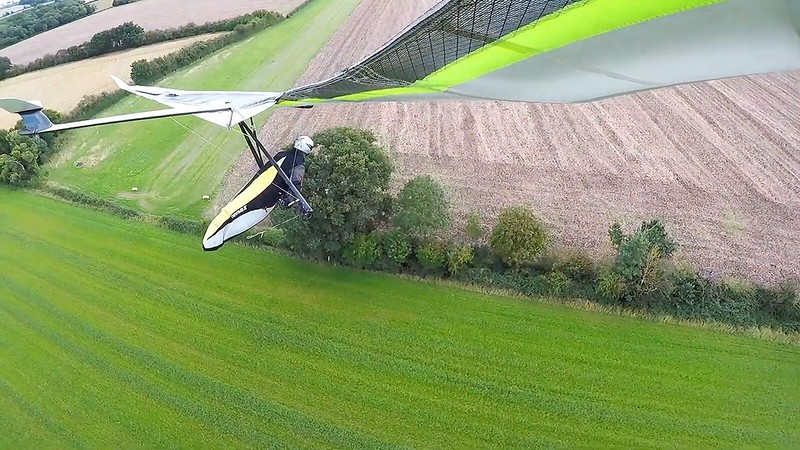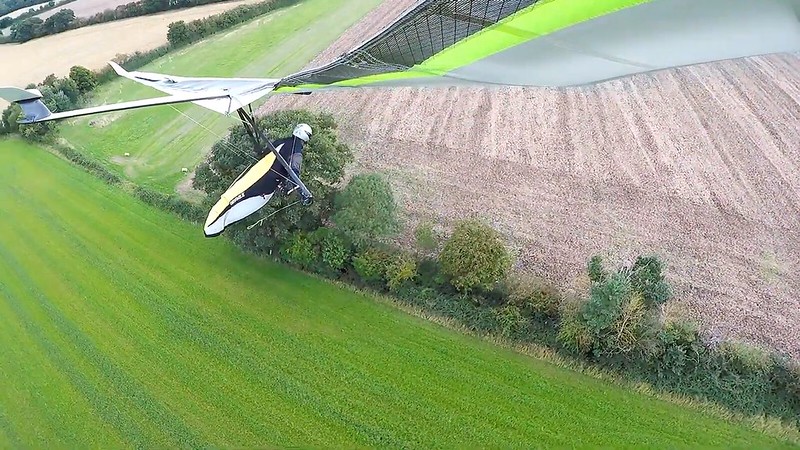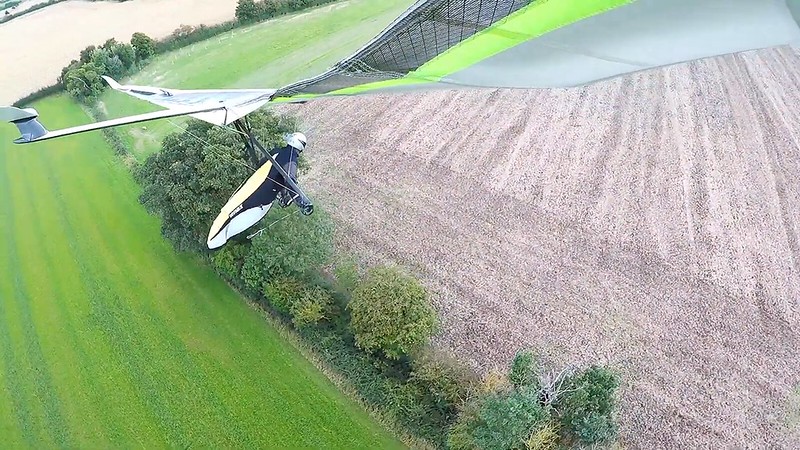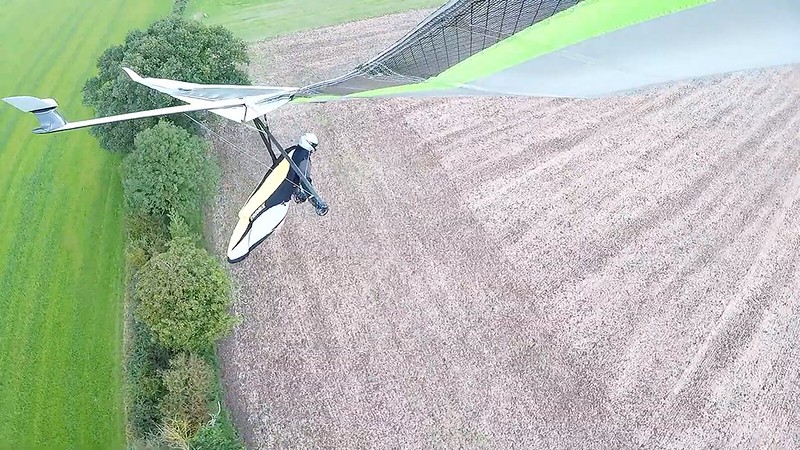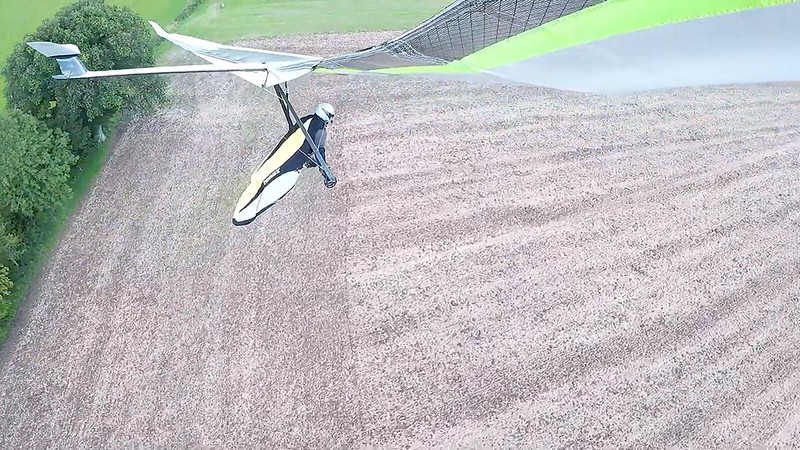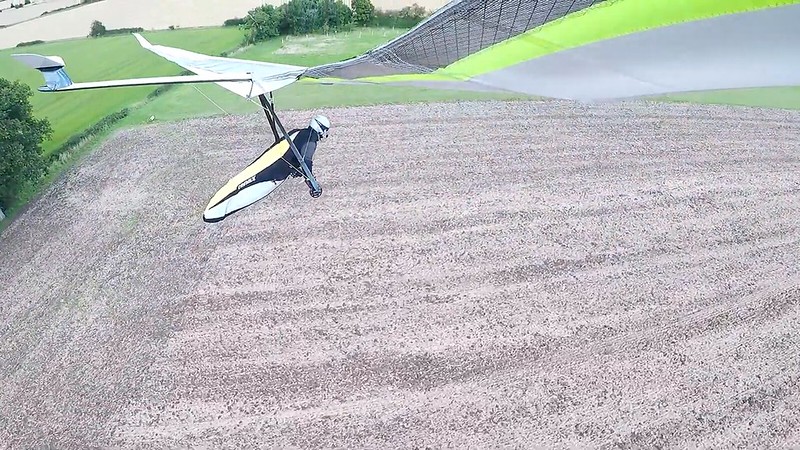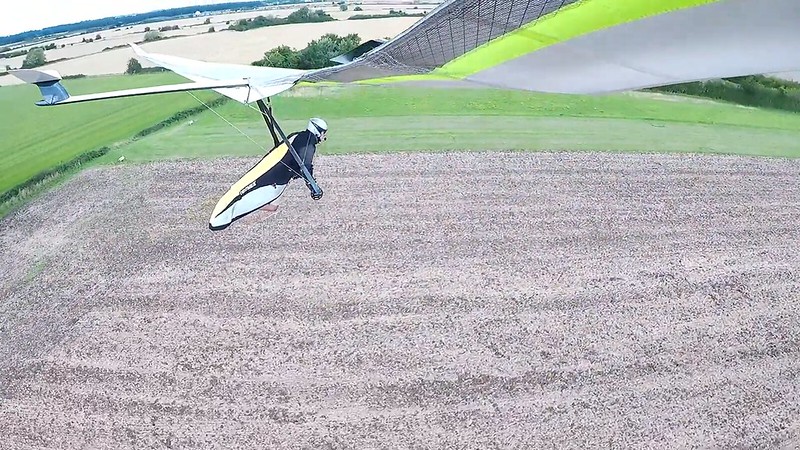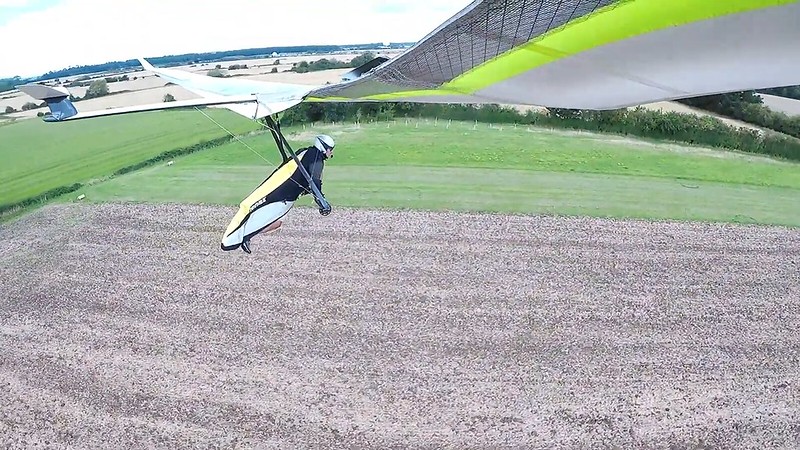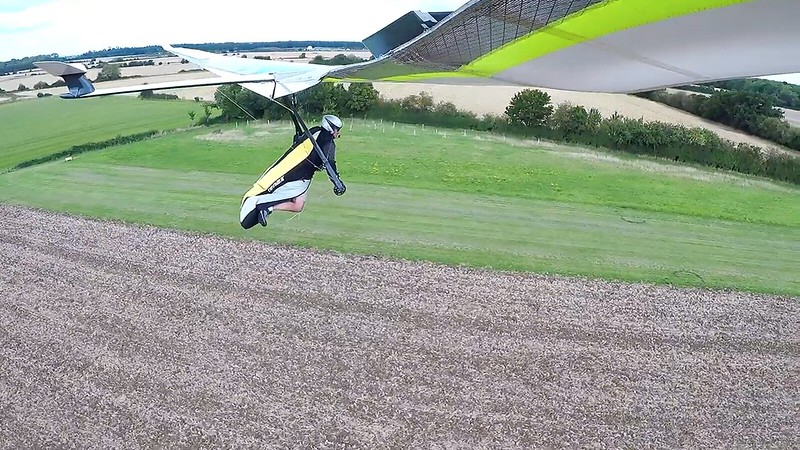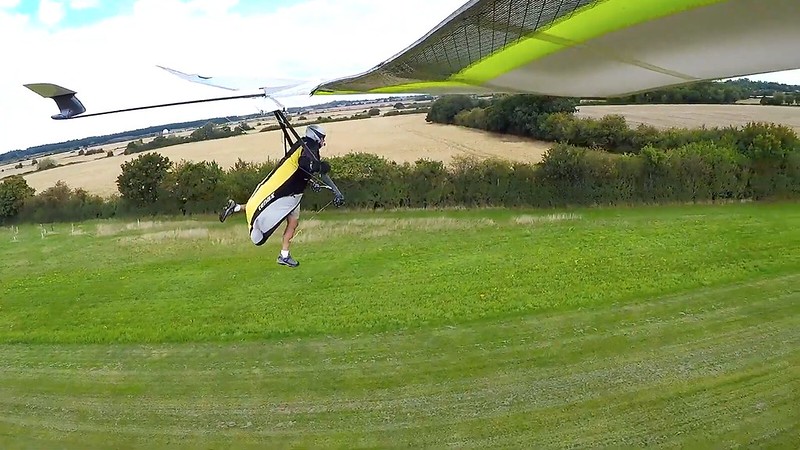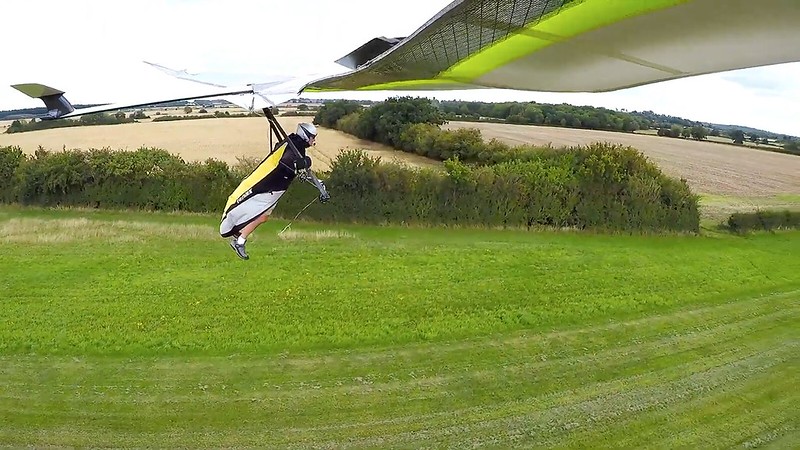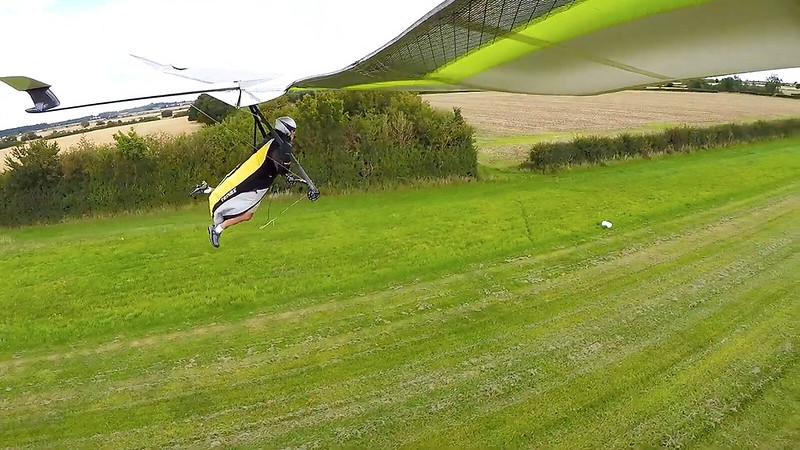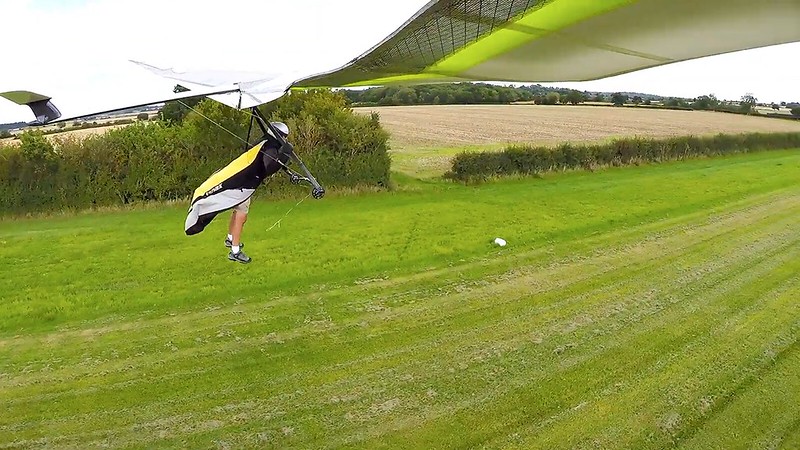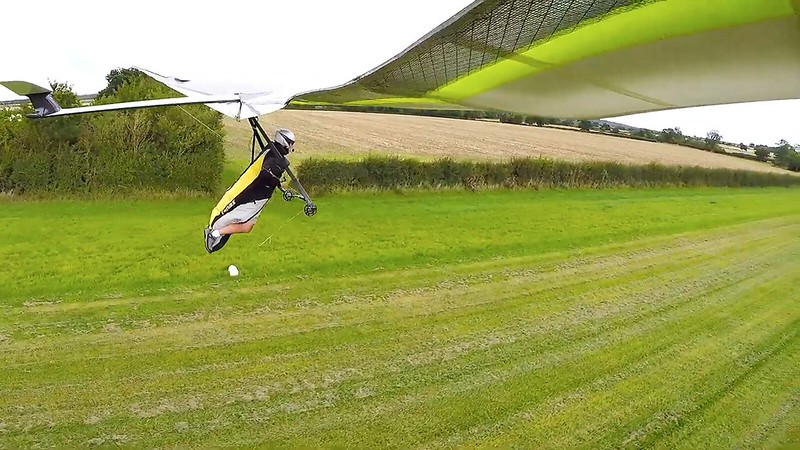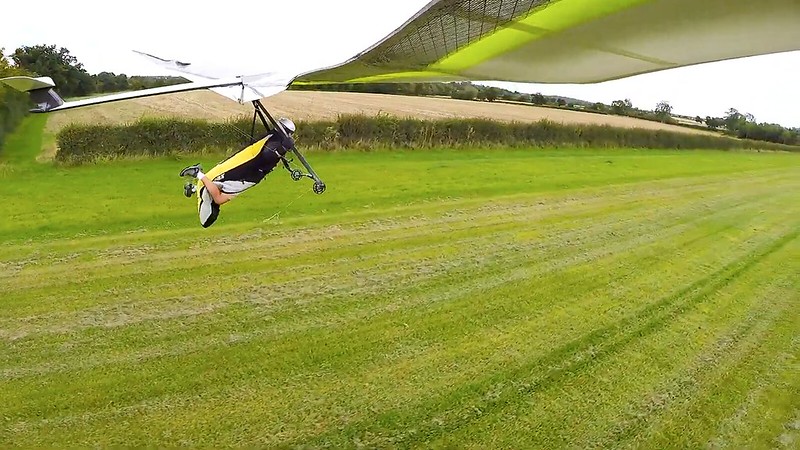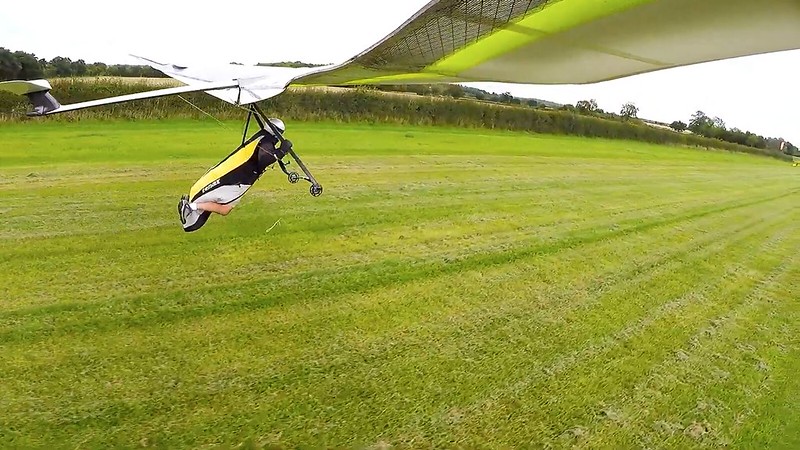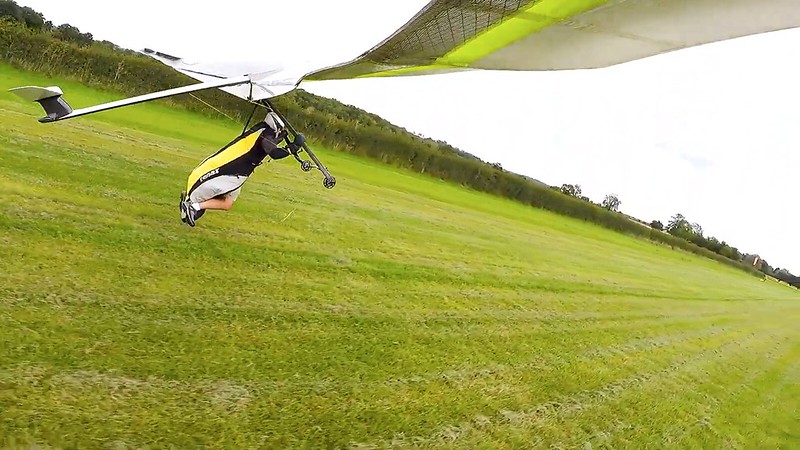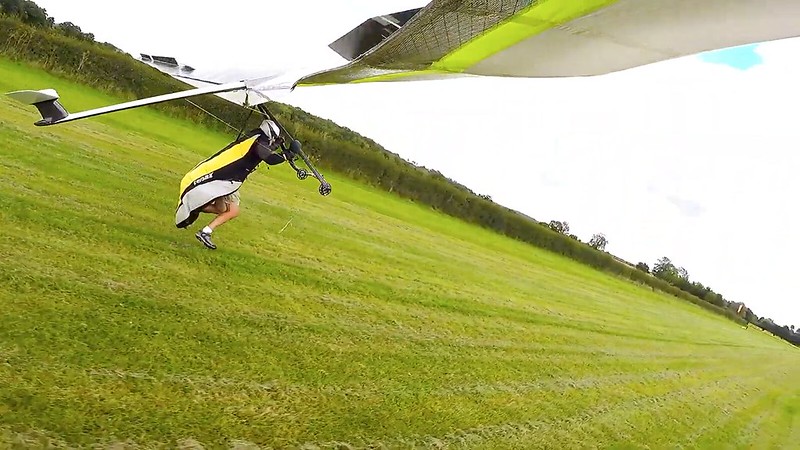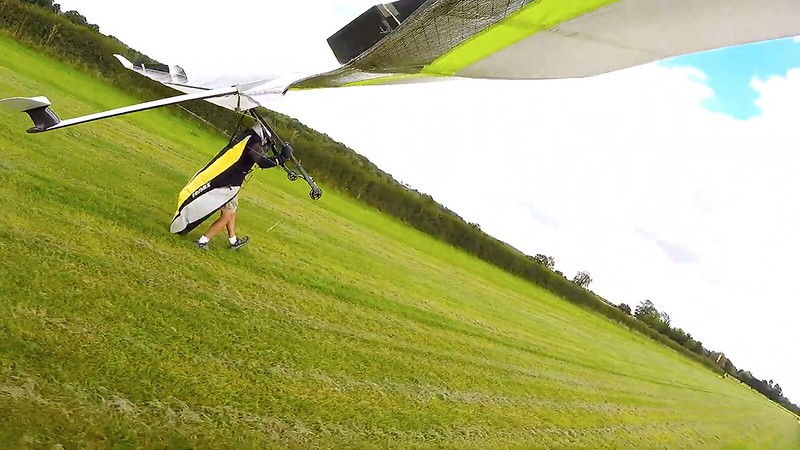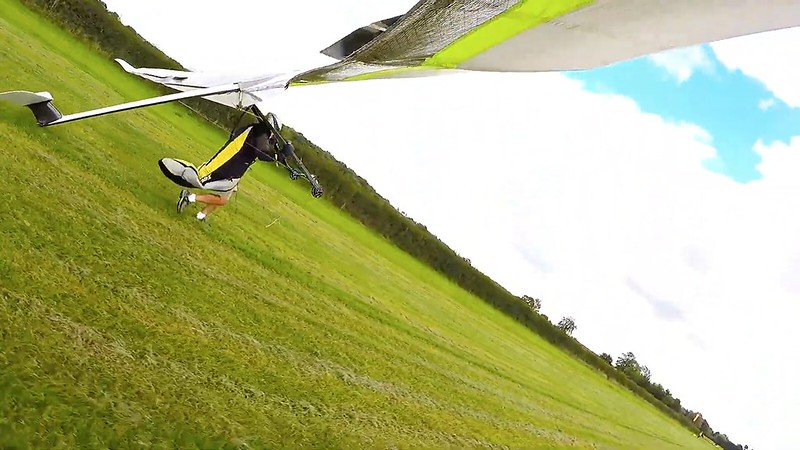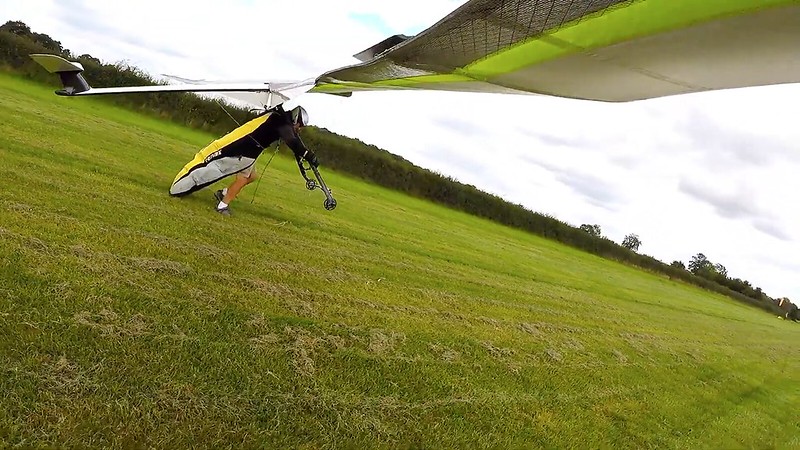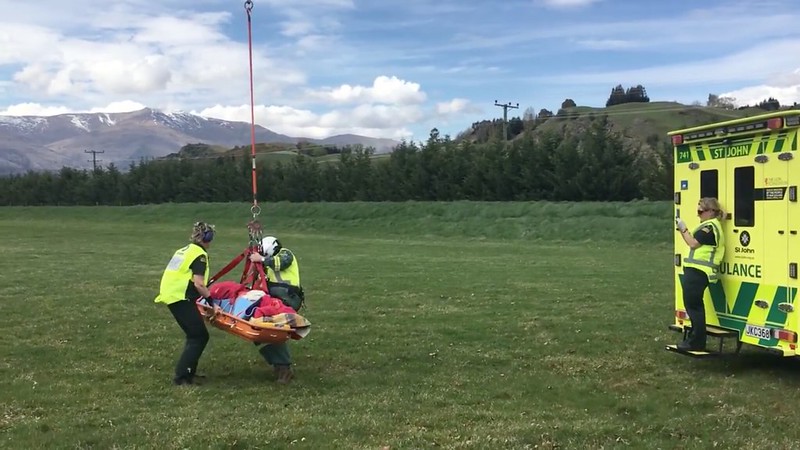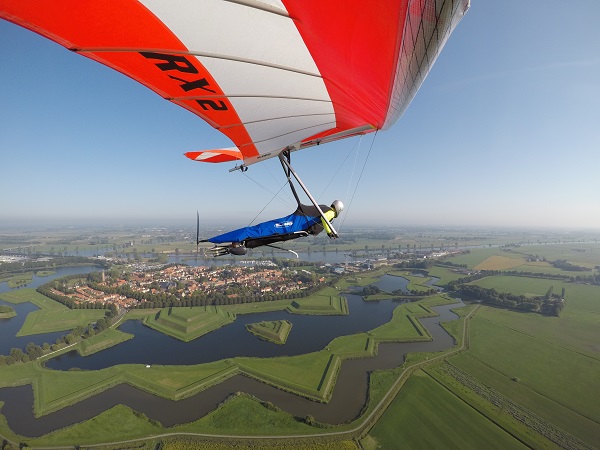VG Setting on Aerotowing
Davis Straub - 2020/09/25 23:49:33 UTC
One half VGOliver Moffatt - 2020/09/24 14:29:29 UTC
Excellent and experienced aerotow pilots I have spoken to, including multiple British champions and the UK Moyes importer, tell me that 1/3 to 1/2 VG is essential for a normal-weight pilot on an RX, with more VG possibly required for a pilot lighter in the weight range. I am light on this glider and I typically use just over 1/2 VG, which works very well.Steve Pearson - 2020/09/24 22:19:57 UTC
1/2 VG is recommended for aerotowing all Wills Wing gliders configured with VG systems. Towing at less that 50% VG is more difficult because the pitch pressure can be excessively high and that in turn contributes to PIO.
Mick - 2020/10/01 15:54:02 UTC
VG Setting for Launching Hang Gliders
The VG setting on hang gliders for launching by aerotow, stationary winch, payout winch, static tow or foot launch mountain/hill should be the setting that provides the most control for maneuvering the glider close to the ground and landing. In other words the appropriate VG setting should be the setting you have found optimum for setting up an approach and landing.
Having a weak link break or other tow mechanism failure at the pilot end or tow plane or some where in between should be expected whenever we tow. A bridle issue or the tow line releasing or breaking for any reason is always a possibility so the pilot should be ready and able to set up their approach and land safely at any point the tow force is lost. Having maximum control authority is also paramount when a wing is lifted or the glider is gets turned close to the ground. A lifted wing during a tow launch on glider that is stiff due to a tight VG setting is less responsive to corrections and is more likely to quickly progress to a lockout than a glider that has the optimum VG setting for best control.
Launching at a hill or mountain site the pilot needs to set the VG at the optimum setting for maximum control. This is to provide the best chance to control and recover from adverse situations such a wing lifted or glider getting turned on launch close to terrain.
There's a notion that some pilots need half VG for aerotowing to stiffen the glider to reduce PIO's (pilot induced oscillations), but that's a separate training issue. Reducing pitch pressure is another reason pilots tend to fly with a tighter VG setting especially when flying behind faster tugs. Again that is a separate issue that can be corrected by improving body position and harness angle of attack, bridle position etc.
Having flown various gliders I have found that the VG setting for maximum control and optimum flare window for my weight etc.. on T2Cs is about Quarter and about a third VG for the Lightspeeds. Less than this the glider feels heavy and sluggish in handling, and more VG makes the glider stiffer and narrows the flair window. I find less VG, even zero VG is better on King Post gliders. However the VG setting is personal preference as there are several factors that affect the way the glider response feels, so my preference may be different to others. However, and I am repeating myself for the sake of safety:
The optimum VG setting should provide the most glider control for maneuvering close to the ground, and the setting that provides the best feel and flare timing for landing.
Who the fuck are you? How come you don't have a last name, posting history, indication of any qualifications whatsoever?Mick
Guess we're good to skip over any tedious crap about trim point, bar position.VG Setting for Launching Hang Gliders
...opinion based.The VG setting on hang gliders for launching by aerotow, stationary winch, payout winch, static tow or foot launch mountain/hill should be the setting that provides the most control for maneuvering the glider close to the ground and landing. In other words...
...is a lot like appropriate weak link strength....the appropriate VG setting...
Oh great. We're all qualified to set our VG cords the precise setting - plus or minus five millimeters - for setting up our approaches and landings. Also when and where to place our hands on the control tubes for optimal pitch and roll control and flare authority. And these will differ from one individual to another - there are no hard and fast rules for the pilot community at large. If you're not having any problems at 0.33 then you're probably in a pretty good ballpark. But if you get killed 0.33 was obviously wrong. Probably should've gone with 0.25 or 0.50. But at this point we'll have no real way of finding out what it should've been....should be the setting you have found optimum for setting up an approach and landing.
I'm sorry... A weak link break is not a tow mechanism FAILURE. A weak link break is a tow mechanism SUCCESS. It's when it DOESN'T break that it's a failure - a near certain fatal one.Having a weak link break or other tow mechanism failure...
That's why I don't tow. The fuckin' assholes in charge of the crap from the tow ring forward were deliberately installing components that they expected to fail. And the most lethal of these components:...at the pilot end or tow plane or some where in between should be expected whenever we tow.
http://www.chgpa.org/forums/viewtopic.php?f=2&t=2467
weak links
Jim Rooney - 2007/08/01 13:47:23 UTC
Whatever's going on back there, I can fix it by giving you the rope.
And anybody stupid enough to hook to anything expected to fail while the tow is under control deserves whatever happens to him. This is how we rid the human gene pool of malignant crud.Jim Rooney - 2007/08/01 19:49:30 UTC
It's more of this crappy argument that being on tow is somehow safer than being off tow.
The way Zack Marzec was. And let's hand it too him. He DID manage to land with the glider right-side up and the damage to it was pretty minimal...A bridle issue or the tow line releasing or breaking for any reason is always a possibility so the pilot should be ready and able to set up their approach and land safely at any point the tow force is lost.
http://4.bp.blogspot.com/-bRrpHNa68iY/UQ6Pv9gRZyI/AAAAAAAAjTg/Hc22bx5122Q/s2048/20943781_BG1.jpg

...given the circumstances.
- Nice job proofreading. I can see you really put a lot of thought and effort into this seminal essay.Having maximum control authority is also paramount when a wing is lifted or the glider is gets turned close to the ground.
Yeah, I screw up like that all the time. But I:
- write a lot more than you do
- have a couple guys who give enough of a shit to check and help me get things right
And the Davis Show is supposed to be this huge global resource with tons of interest and participants and Kite Strings is supposed to be Tad's Hole In The Ground. Quantity versus quality apparently.
(Also from Steve Pearson we have:
also uncorrected. (But if we we're gonna start worrying about getting things correct the whole post would've been flushed down the toilet.))Towing at less that 50% VG is more difficult...
- Yep...
http://1.bp.blogspot.com/-2lk6hbjuJ-c/Ujh-ENPLQrI/AAAAAAAA3IQ/vh46chqQX4M/s1600/JRS_0542.JPG

Hard to imagine having more maximum control authority than that.
If they're CORRECTIONS the glider CAN'T be LESS RESPONSIVE to them. If something's a CORRECTION it WORKED.A lifted wing during a tow launch on glider that is stiff due to a tight VG setting is less responsive to corrections...
Not much of a correction then, was it?...and is more likely to quickly progress to a lockout...
If only we had known. Just think of all the lives that have been lost needlessly during tow launches 'cause their VGs were too tight. (Note that in the u$hPa "reports" Zack Marzec's VG was "on" and there was zero mention for Jeff Bohl. (And both gliders survived in pretty good shape.))...than a glider that has the optimum VG setting for best control.
- Bullshit. Gliders of all flavors from baggy Falcons to full VG T2Cs and Atosses can and do launch safely over pretty much the same range of mountain launch conditions. The limiting factor is gonna be penetration capability - not turbulence. If there's gonna be a critical difference between zero and full VG for any glider then no glider should be launching.Launching at a hill or mountain site the pilot needs to set the VG at the optimum setting for maximum control.
- What the fuck is "maximum control"? When we're thermalling in choppy stuff we go full off 'cause that allows max roll control authority at slow speed. When we're cruising to the next thermal we go full on 'cause we're doing fairly high speed through smooth air, aren't worried about roll response, are trying to max out glide. Max control setting varies with what we're trying to do, it's always a trade-off, and air isn't always predictable so frequently we only know what the max control setting was retrospectively.
- What kind of tug are we flying behind and how much power and speed is it flying? Dragonflies can slow down pretty good but during the critical period they wanna be flying fast and we want them to be flying fast. And regardless of what we're doing during launch if we get dust devilled all bets are off - the outcome isn't predictable and we're in luck mode.This is to provide the best chance to control and recover from adverse situations such a wing lifted or glider getting turned on launch close to terrain.
- We don't AT launch over "TERRAIN". We AT launch on/from RUNWAYS. We slope launch from TERRAIN and we don't get into adverse situations such a wing lifted or the glider getting turned on launch in which we need a best CHANCE to control and recover from adverse situations such a wing lifted or a glider getting turned on launch close to terrain (without a wing getting lifted). We don't do or talk about luck mode. We leave those discussions to seasoned experts on Russian roulette.
- Here's Davis:
14-0614 - 18-0801


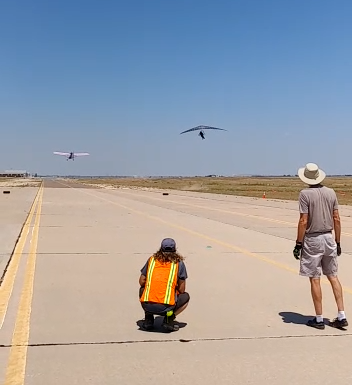
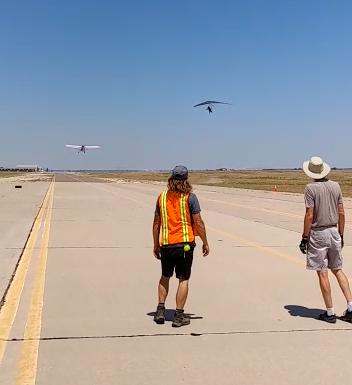
23-1020 - 24-1117
getting both his wing lifted and his glider turned on launch close to terrain due to severe turbulence. Sure is a good thing his VG setting was optimized for max roll control authority. Also a great pity that he's never told us what it was so we muppets would have better ideas where we should be setting our VGs.
Oh really? Like in the previous post in which Davis quotes Steve Pearson as stating:There's a notion that some pilots need half VG for aerotowing to stiffen the glider to reduce PIO's (pilot induced oscillations), but that's a separate training issue.
http://ozreport.com/forum/viewtopic.php?t=63574
VG Undone
But that's just a "NOTION" from the designer of some of the hottest gliders on the planet over most of the sport's history. Well at least he's using his full name and we know who he is - MICK (on his only known post on anything anywhere).Steve Pearson - 2020/09/24 22:19:57 UTC
1/2 VG is recommended for aerotowing all Wills Wing gliders configured with VG systems. Towing at less that 50% VG is more difficult because the pitch pressure can be excessively high and that in turn contributes to PIO.
- Minus a two point bridle to reduce pitch pressure down to zero for whatever VG setting one feels like.Reducing pitch pressure is another reason pilots tend to fly with a tighter VG setting especially when flying behind faster tugs.
- So I guess it's not worth discussing aerotowing gliders without VG.
- Bridle POSITION? Is there some way I don't know about to POSITION the bridle somewhere other that between the towline and its downwind connection points? And the only points being recognized in this discussion are the pro toad's shoulders.Again that is a separate issue that can be corrected by improving body position and harness angle of attack, bridle position etc.
- Well, your ass should be pretty close to empty now. Maybe we should think about wrapping this one up.
- Well, that should pretty much settle everything for us then.Having flown various gliders I have found that the VG setting for maximum control and optimum flare window for my weight etc.. on T2Cs is about Quarter and about a third VG for the Lightspeeds.
- They don't call them "Lightspeeds". The glider's a Litespeed.
- There's no such thing as a flare window in actual soaring conditions air. See Steve Pearson's Davis Show comment...
http://ozreport.com/forum/viewtopic.php?t=27086
Steve Pearson on landings
...on that issue.Steve Pearson - 2012/03/28 23:26:05 UTC
I can't control the glider in strong air with my hands at shoulder or ear height and I'd rather land on my belly with my hands on the basetube than get turned downwind.
Install water ballast in your wing. Then you can pull a cord and make it feel less heavy and sluggish in handling. Problem solved.Less than this the glider feels heavy and sluggish in handling...
- Got "flare" spelled both ways in the space of two sentences. Your ass is totally covered. (Might wanna alternate between towline tension and pressure every now and then for the same reason.)...and more VG makes the glider stiffer and narrows the flair window.
- And when you're launching AT it's critically important to have as wide a flair window as possible - 'specially when you're using an appropriate weak link.
22-0821
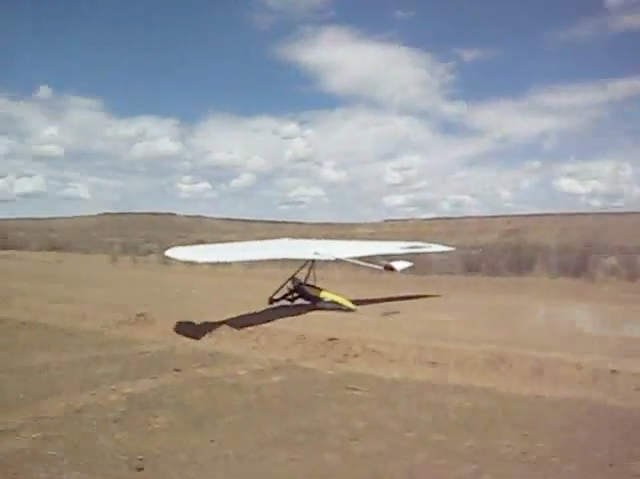
Keep up the great work. I don't know how more than forty percent of us ever managed to survive in the absence of this wisdom up to this point. (Hey Steve... Hope you're paying attention to all these insightful comments. Your owners' manuals could all benefit from updates. No wait... You don't design your gliders to be to be motorized, tethered, or towed. So it's above and beyond the call of duty for you to come out on The Davis Show and tell us how to safely aerotow your gliders. So no need to respond to anything the Mick the Great is telling us.I find less VG, even zero VG is better on King Post gliders. However the VG setting is personal preference as there are several factors that affect the way the glider response feels, so my preference may be different to others. However, and I am repeating myself for the sake of safety:
- We don't MANEUVER close to the ground for an AT - or any other flavor of tow - launch. The whole idea is for both planes to avoid maneuvering like the fuckin' plague until after we're up clear of the kill zone. Pretty much ditto for any mountain launch you can name.The optimum VG setting should provide the most glider control for maneuvering close to the ground, and the setting that provides the best feel and flare timing for landing.
This:
http://ozreport.com/9.008
2005 Worlds
is the only instance coming to mind of maneuvering going during an AT launch attempt. Didn't end well for the glider.Davis Straub - 2005/01/10
As he took off his left wing was dragging. Bobby Bailey, the best tow pilot in the business, moved to the right into get further into the wind, and Rob got his left wing up and flying as he lined up behind Bobby.
Then Robin shifted off to the left again getting his right, upwind wing, high again. He was seen reaching for his release. I understand that Bobby also released him.
He kept doing a wing over to the left and dove straight into the ground from about 50 feet. He was killed immediately.
- Fuck anybody who talks about flare timing. Mitch Shipley used to be Quest's foremost authority on flare timing. And when was the last time we heard from or anything about him?
http://ozreport.com/23.198
Mitch Shipley
A year ago today.
This is textbook u$hPa / Flight Park Mafia. Pretentious pseudo-intellectual drivel - Pagen, Davis, Rooney, Ryan, Trisa... From now until the end of time all AT lockout fatals will be the consequences of inappropriate VG settings.
Dennis almost kills himself going pro toad at Big Spring 2004/08/01-07 and the first response is to question whether or not we should be overly eager to encourage lower airtime pilots to adopt this more advanced method of aerotowing. Half an hour later Davis bans two point bridles from US and Australia comps as inappropriate. Anybody who thinks that eliminating the keel connection leaves one's control bar trim back at one's knees has an incorrect understanding of the issue.
Post Lehmann/Marzec we no longer had to play by the same AT weak link rule. We got to chose the one - 140 or 200 - that made us most happy. Now if you lock out and die on an AT launch it will have had nothing to do with the weak link 'cause the sole function of the weak link is...
...to make you as happy as possible - and that's no way in hell a relevant issue in a fatality report so it would be a total waste of print to identify its rating.Tost Flugzeuggerätebau
Weak links protect your aircraft against overloading.
http://ozreport.com/forum/viewtopic.php?t=22308
Better mouse trap(release)?
Sorry Jim... We don't talk about tow equipment, weak link ratings, you anymore. All totally irrelevant.Jim Rooney - 2010/12/16 18:47:05 UTC
Oh, I've heard the "everything we do is an experiment" line before.
The trouble is, it's not.
I've seen experimentation with towing gear more than anything else in HG.
I've not seen many go out and try to build their own sails for example. When someone does, they're very quickly "shown the light" by the community. Example... the guy that was building the PVC glider in California somewhere.
But for some reason, towing gear is exempt from this.
The difference is what we do has been done by thousands of people already. It's been tested... a lot.
What we do is free of the experimentation part.
It's still dangerous, but not at the level of building new gear is. Not even close.
That's what people fail to realize.
It's no small difference. It's a huge chasm.
Notice how I'm not saying to not do it.
Go forth and experiment. That's great... that's how we improve things.
I'm just warning you of that chasm.
A few years ago, I started refusing to tow people with home made gear.
I like the idea of improving gear, but the lack of appreciation for the world they were stepping into didn't sit with me.
For example... flying with the new gear in mid day conditions?
Are you kidding me????
Approach it for what it is... completely untested and very experimental gear which will likely fail in new and unforseen ways as it tries it's damndest to kill you... and then we can talk.
http://ozreport.com/forum/viewtopic.php?t=24846
Is this a joke ?
We've finally realized nearly four decades post Hewett that it's all about VG setting. Hell, they didn't even have VG back then. It's a miracle anyone survived through those years.Cragin Shelton - 2011/09/03 23:57:33 UTC
Nice Reference CitationDo you REALLY think that there has been no progress in knowledge about the practical applied physics and engineering of hang gliding in 37 years? OR that an early, 3+ decade old, information book written by a non-pilot is a solid reference when you have multiple high experience current instructors involved in the discussion?Ridgerodent:
Manned Kiting
The Basic Handbook of Tow Launched Hang Gliding
Daniel F. Poynter
1974
"The greatest dangers are a rope break or a premature release."- Richard Johnson
24 hours plus 39 seconds since this post and zero response from anyone anywhere. Screams volumes on the state of the sport.
